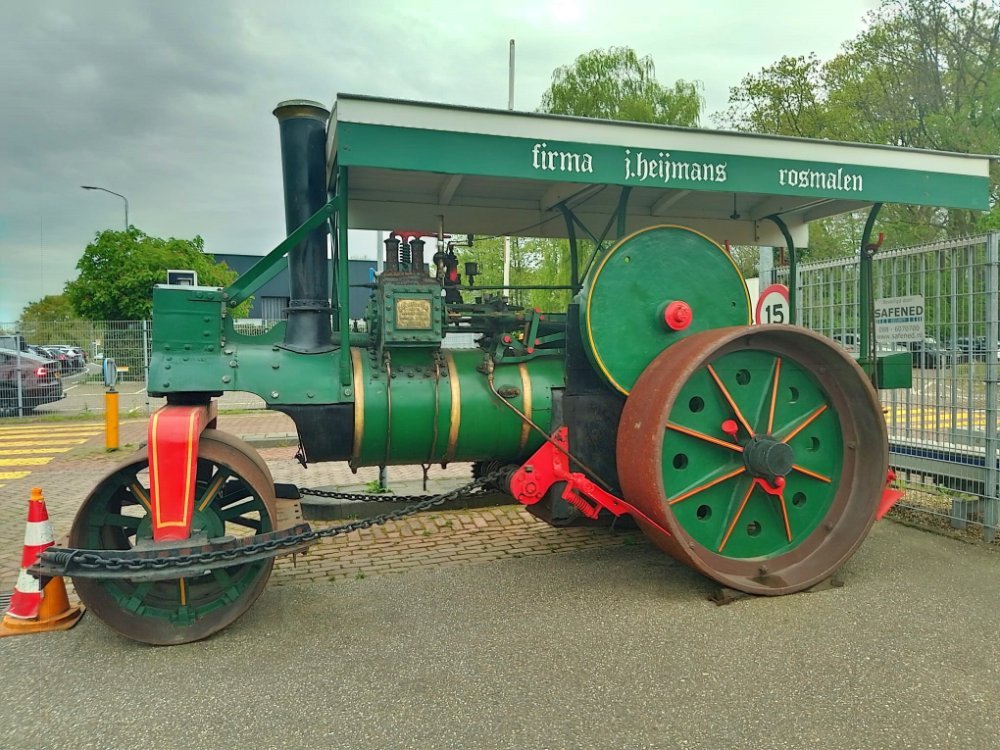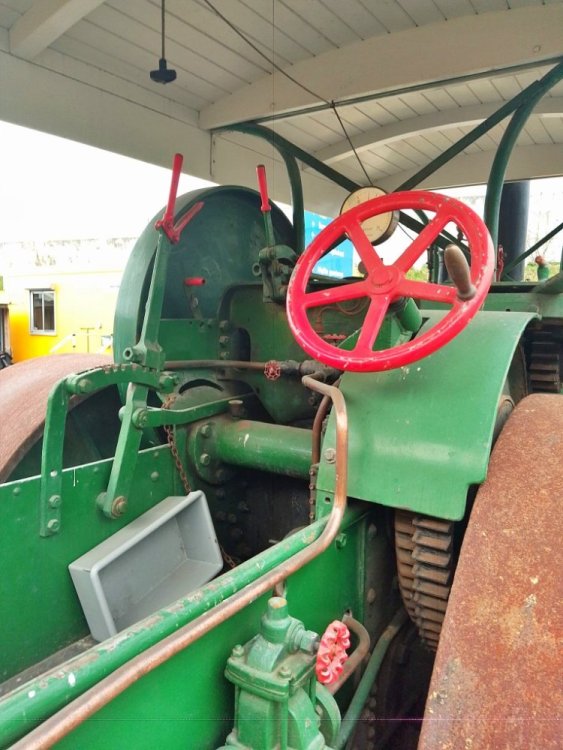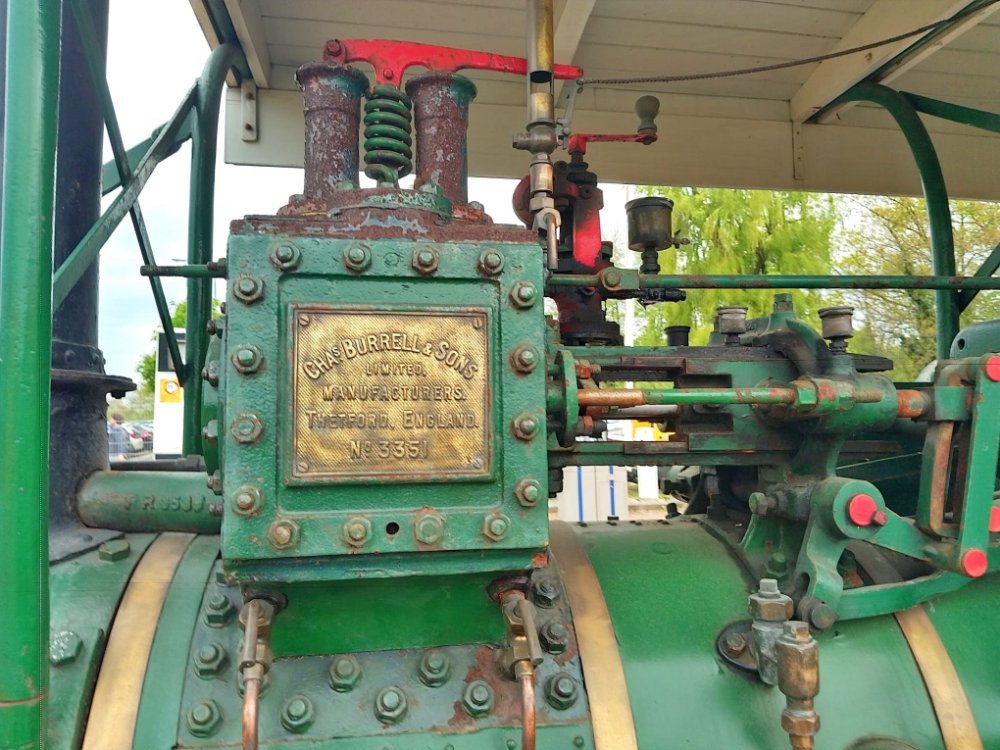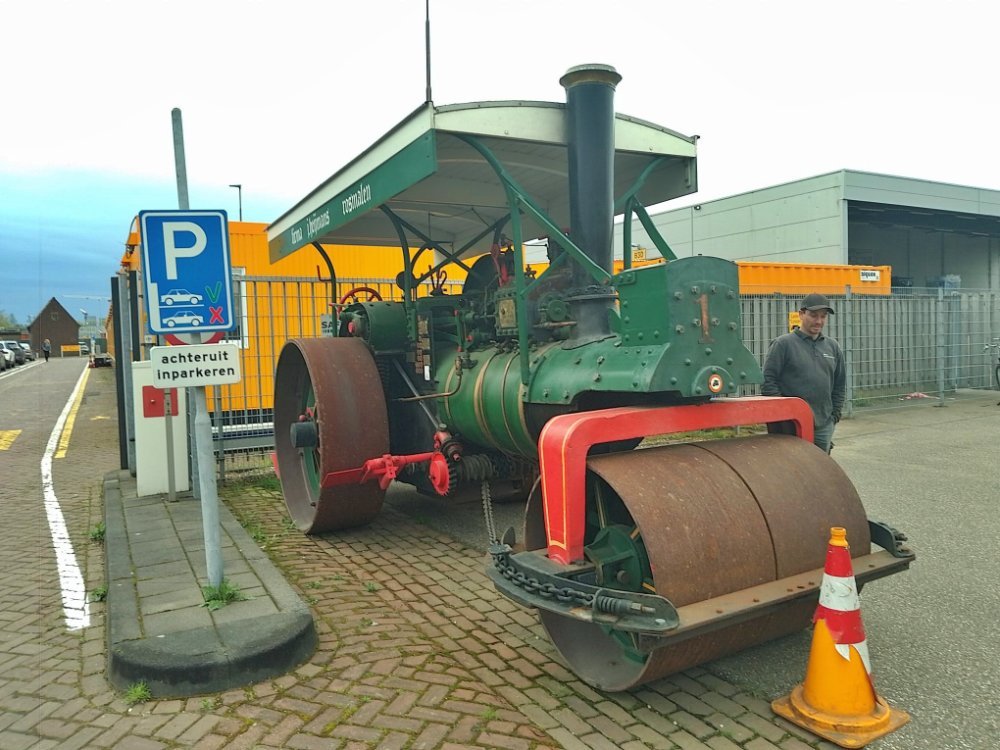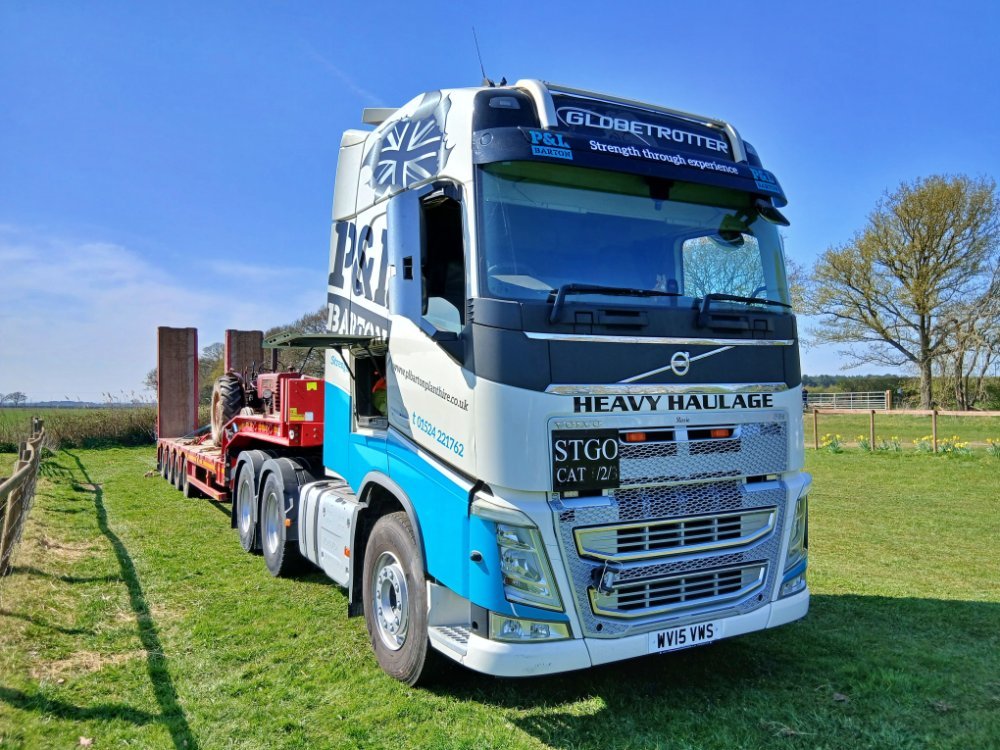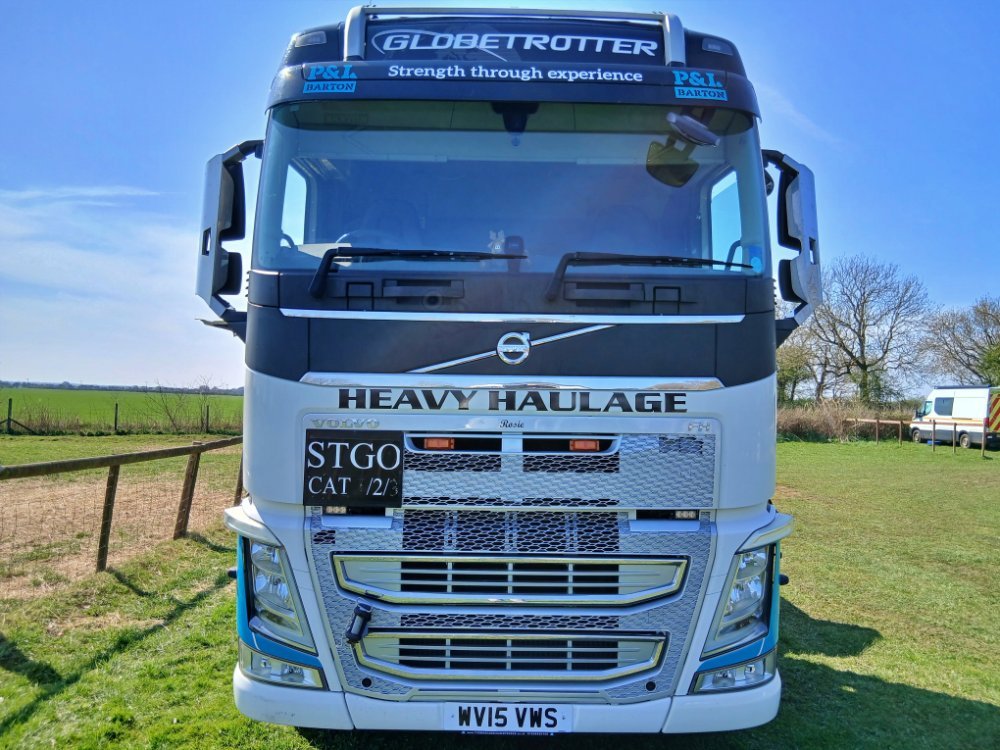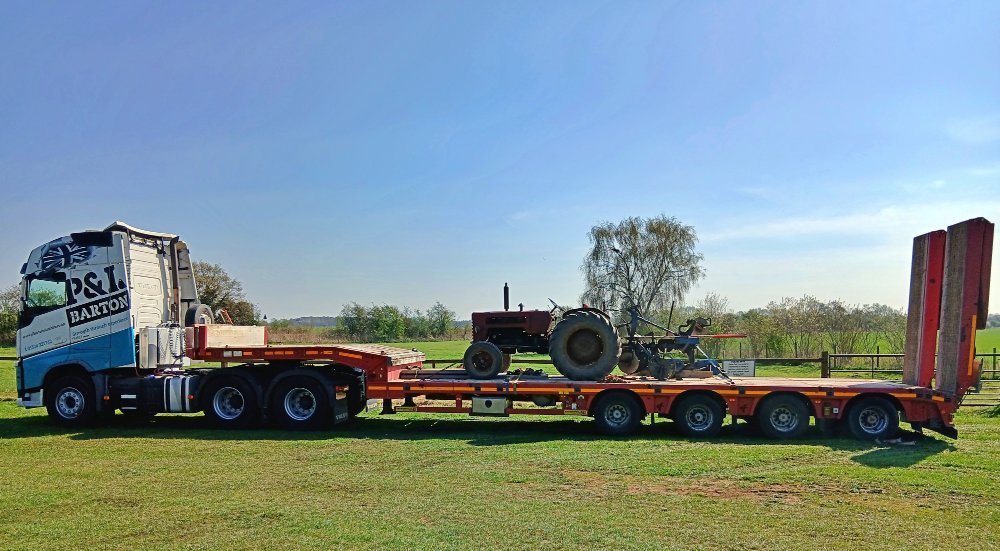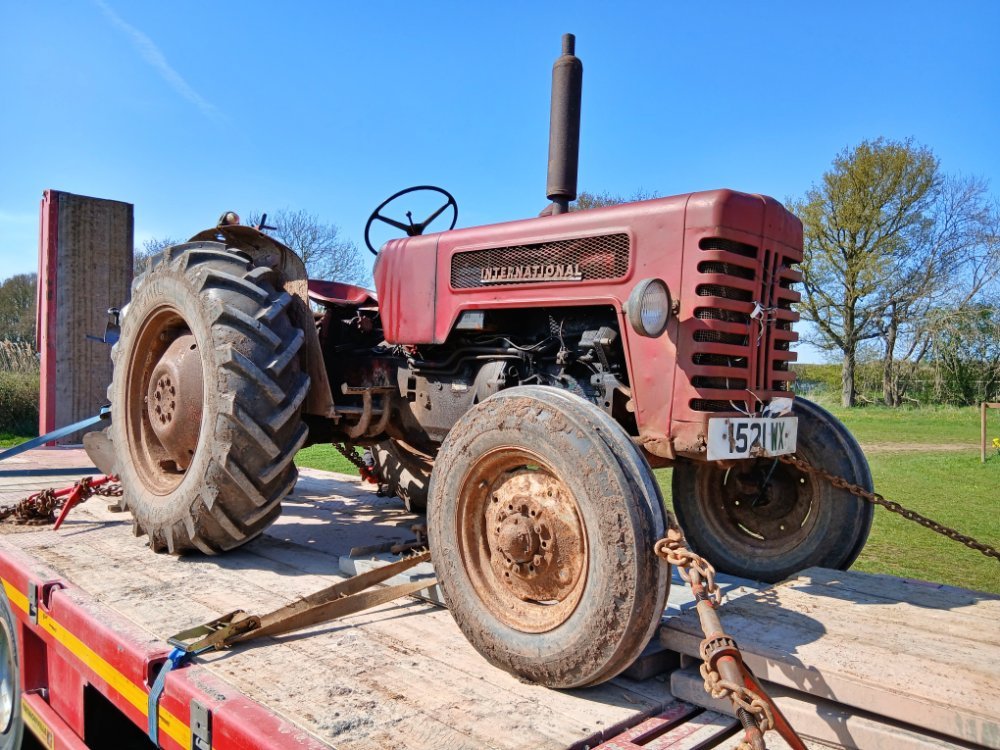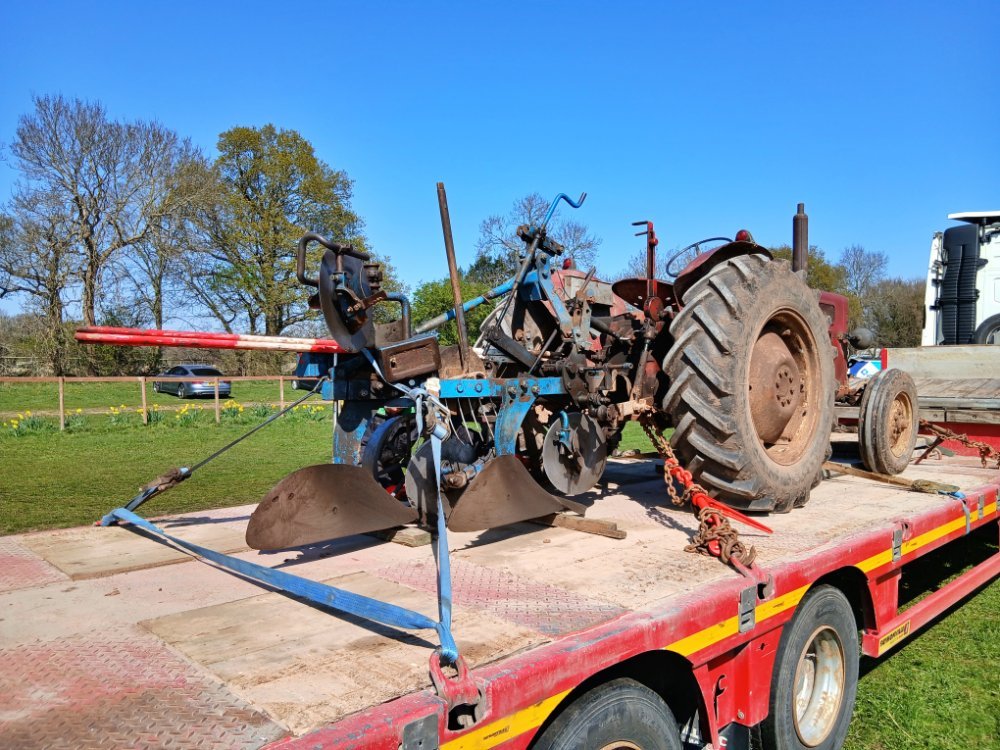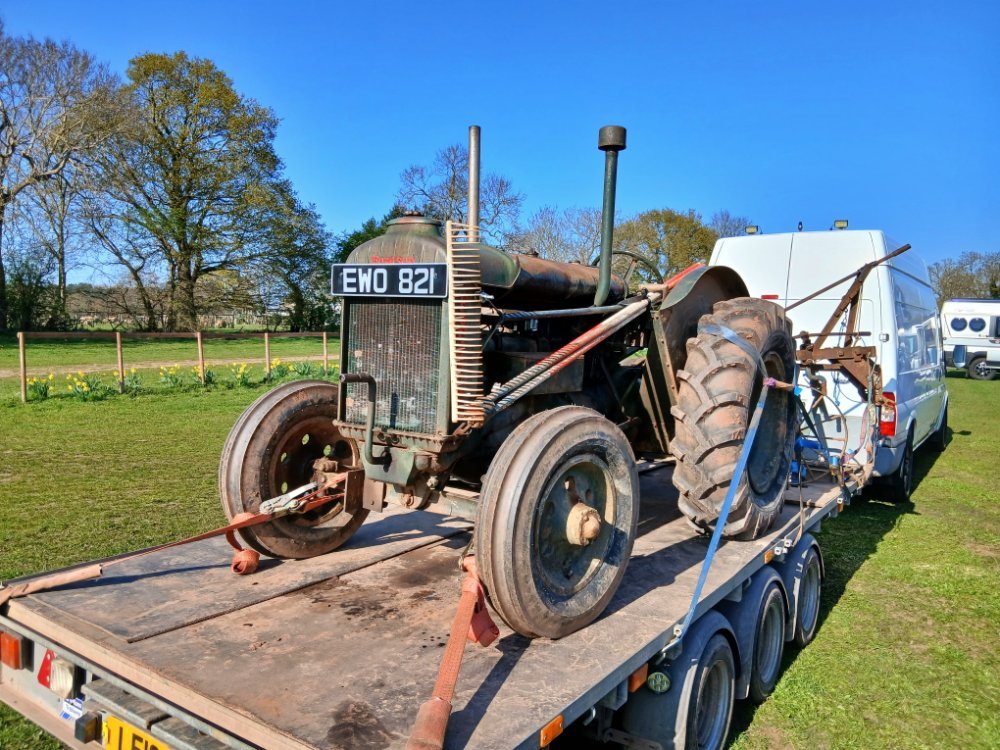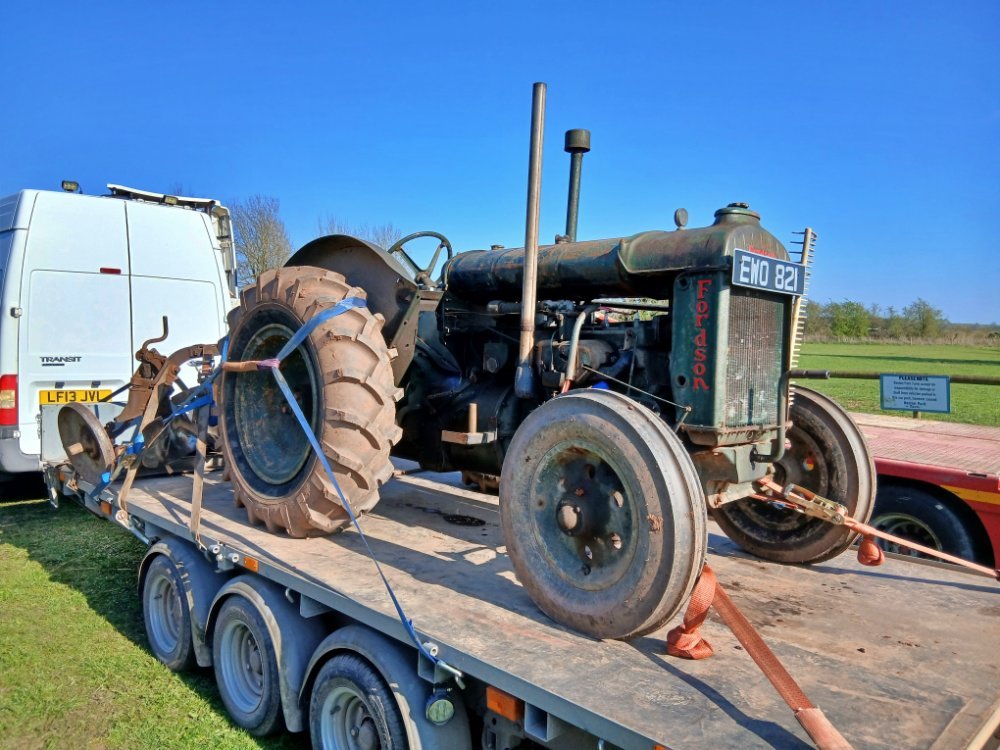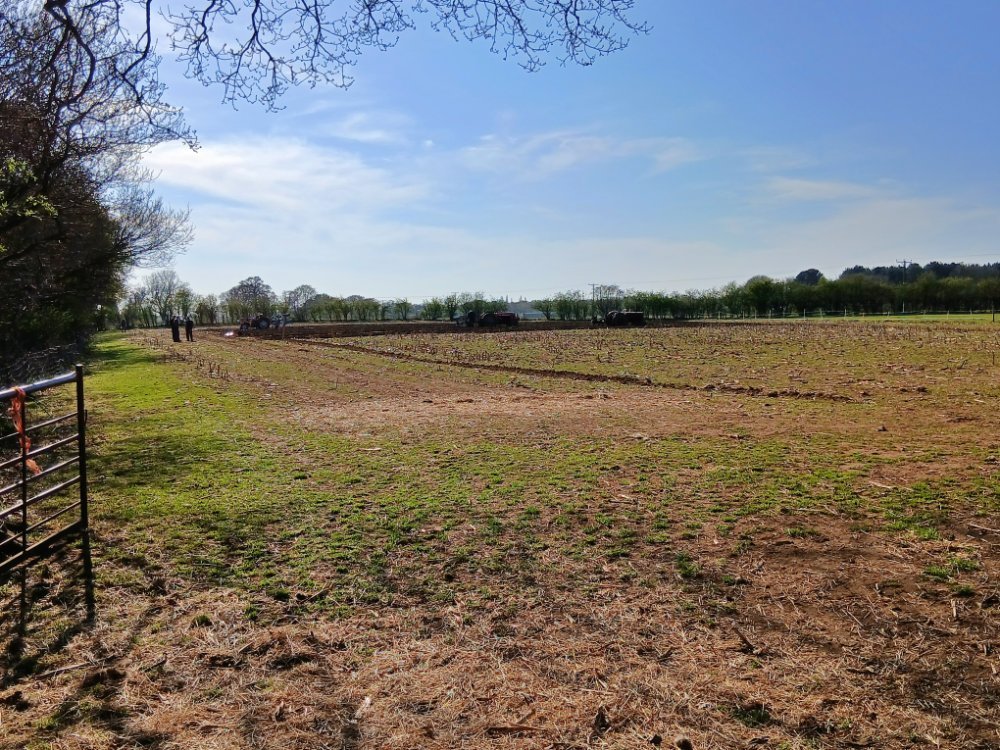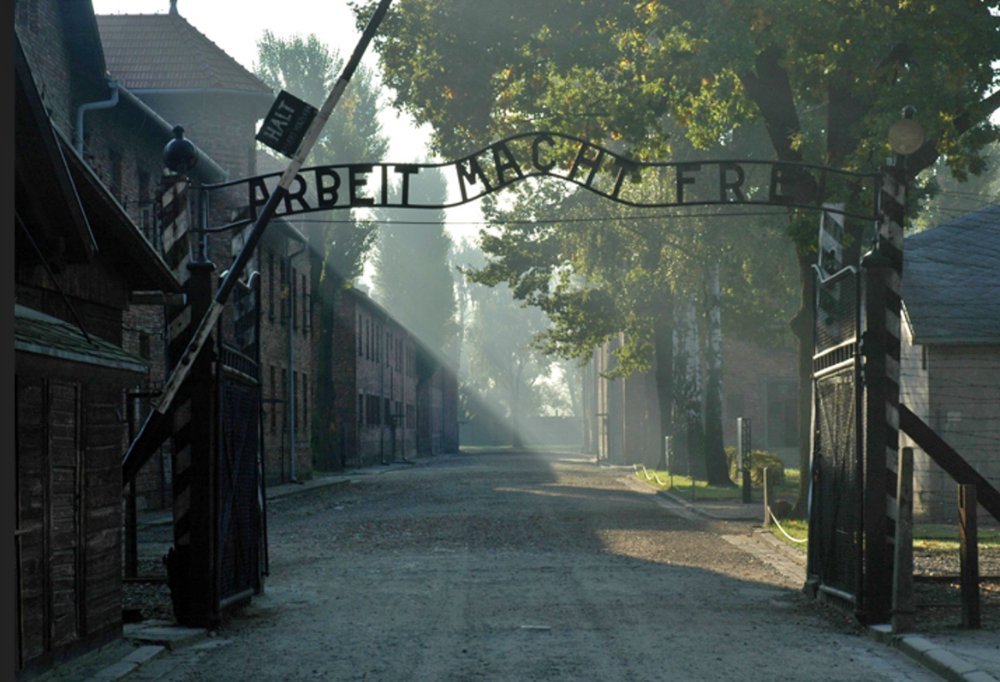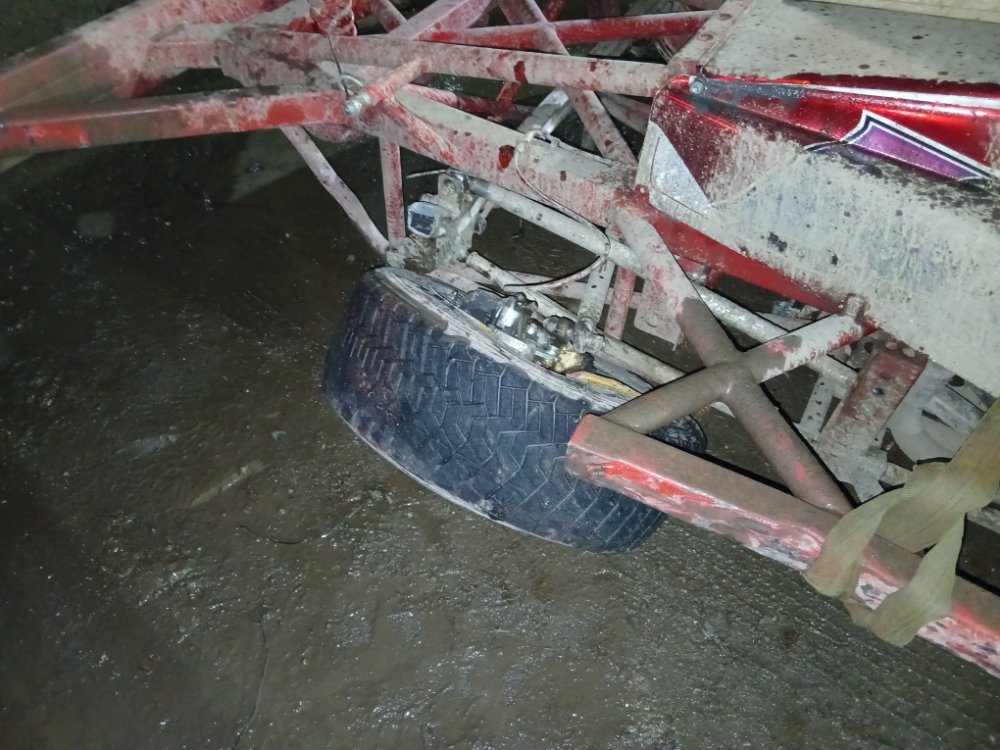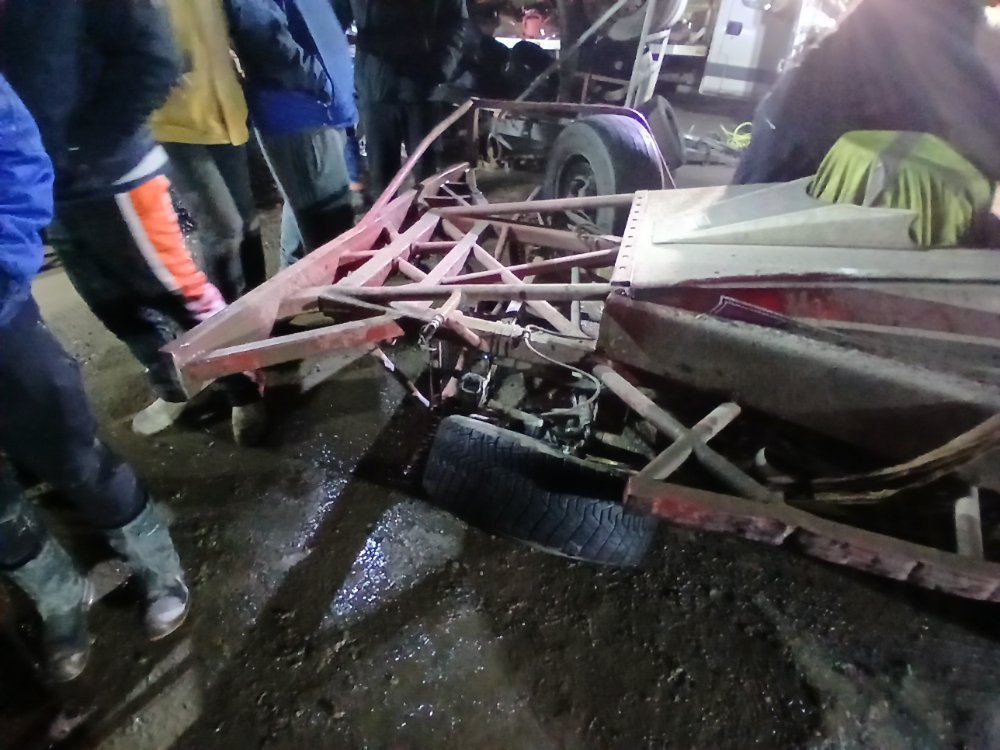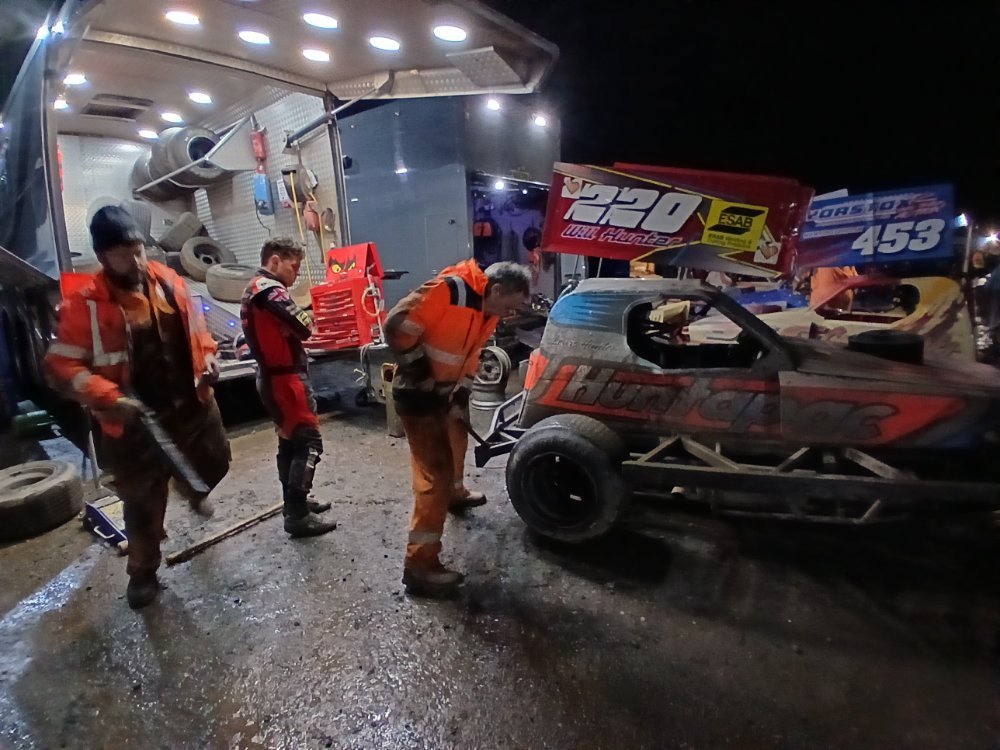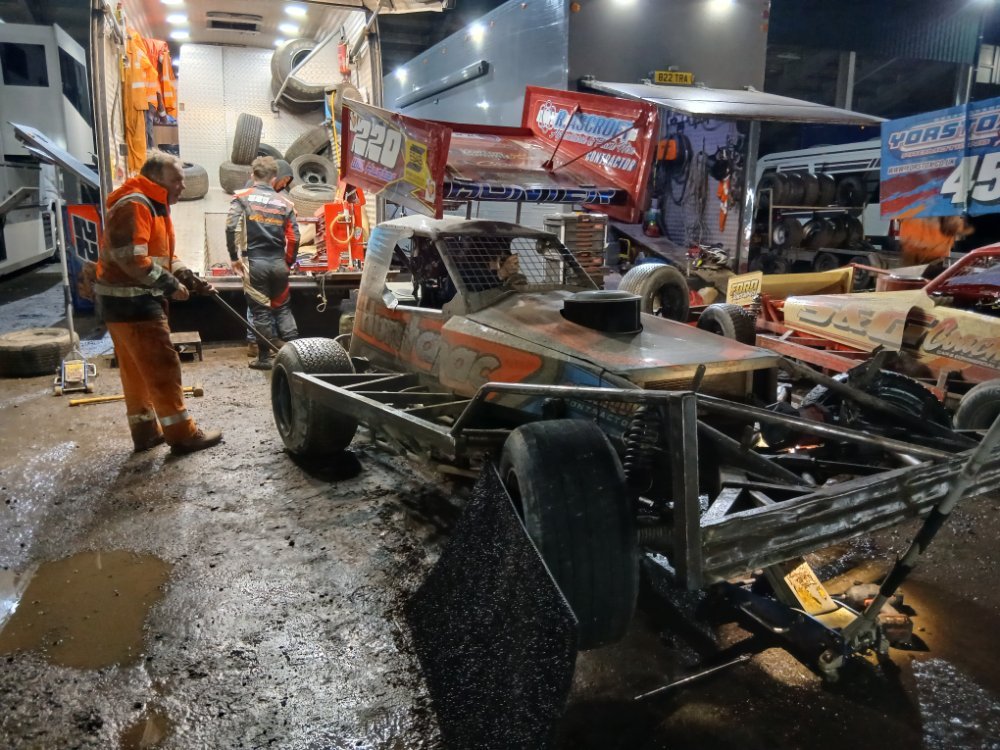All Activity
- Last week
-
Twisty51 joined the community
- Earlier
-
ianbanny joined the community
-
Hi there folks. Welcome to episode 2. In this one: Section 1: F2 pics from Bristol Section 2: Out and About 1 – Poland part one - Auschwitz I Out and About 2 - Craven Lime Works Section 3: Odds and Ends – Newton Aycliffe Bus Event & Miscellaneous Pics Section 1 Bristol – Sunday April 20th 2025 - WCQR + the Gerry Dommett Memorial Trophy A high turnout of cars for this Easter Sunday opener as is the tradition being a qualifying round. The booking list saw lots of travellers from north of the border headed by the Burgoyne clan, Chris (647), Steven (674) and Lewis (547). Reigning champion and Mendips regular, Luke Wrench (1) topped the booking list along with track champion Dan Roots (776). Roots came out on top of a stellar 2024 season finale trading blows and knock outs! The Gerry Dommett Memorial Trophy was up for grabs, that brief visit over the skies in the late Sixties in his aeroplane, led to the very creation of this raceway. The quarry alongside The Scottish visitors: Steven Burgoyne Chris Euan Millar George MacMillan Jnr Tommy Farrell’s new Matt Stoneman built car: MSR 002 Fresh colours for Aaron Vaight Neil Hooper Simon Young’s very bright WRC Jake Ralfs’ damage from his first race Likewise for Charlie Fisher Adjusting the nerf rail on the Richie Andrews car Another with nerf damage was Ben Spence Pulling it back in with the winch Gibbo with a rearranged front end Take two with identical problems following the Consi for Jake Pushing the 100 car onto the scales after winning the Final Well worth the journey for George with some valuable WCQR points earned, and the Gerry Dommett Memorial Trophy Results: Heat 1 – Gordon Moodie 7, 183, 674, 976, 736, 931, 915,629,979,856 Heat 2 – Dan Roots 776, 100, 239, 213, 355, 980, 679, 12, 890, 525 Heat 3 – Adam Rubery 700, 647, 126, 405, 1, 186, 16, 155, 895, 235 Cons – Charlie Knight 525, 925, 184, 667, 890, 468, 235, 463, 895, 856 Final – George MacMillan 100, 355, 976, 700, 647, 674, 126, 183, 16, 931 GN – Steven Burgoyne 674, 976, 700, 1, 7, 629, 16, 647, 213, 915 Section 2 Out and About 1 Last March my son and I took a trip to Poland to visit Auschwitz I & 2, and the Wieliczka Salt Mines. Part One: Auschwitz I All over the world, Auschwitz has become a symbol of terror, genocide, and the Holocaust. It was established by Germans in 1940, in the suburbs of Oswiecim, a Polish city that was annexed to the Third Reich by the Nazis. Its name was changed to Auschwitz, which also became the name of Konzentrationslager Auschwitz. The direct reason for the establishment of the camp was the fact that mass arrests of Poles were increasing beyond the capacity of existing "local" prisons. The first transport of Poles reached KL Auschwitz from Tarnów prison on June 14, 1940. Initially, Auschwitz was to be one more concentration camp of the type that the Nazis had been setting up since the early 1930s. It functioned in this role throughout its existence, even when, beginning in 1942, it also became the largest of the extermination centres where the "Endlösung der Judenfrage" (the final solution to the Jewish question - the Nazi plan to murder European Jews) was carried out. Auschwitz I. The first and oldest was the so-called "main camp," later also known as "Auschwitz I" (the number of prisoners fluctuated around 15,000, sometimes rising above 20,000), which was established on the grounds and in the buildings of prewar Polish barracks. More than 1.5 million people lost their lives here between 1940 and 1945. View of the main entrance to the Auschwitz camp. The sign above the gate says "Arbeit Macht Frei" (Work makes one free). As it was Hundreds of prisoners, and Soviet prisoners of war died here quarrying gravel for the expansion of the camp. Severely malnourished, many were to weak to do the backbreaking work; others were beaten to death by the SS guards or prisoner overseers. The SS also carried out executions by shooting here. In June 1943, on the premises of the Auschwitz main camp, in block number 24, “Puff” was created, which in German means a brothel. The price of using the services was two marks, which is exactly the price of a pack of cigarettes in the camp. You also had to have a coupon. All prisoners could use the brothel once a week, except for those of Jewish origin. There were also attempts to use the brothel in other ways, for example by sneaking or breaking into it, for which a penalty was imposed. The puff was open for several hours after the evening roll call, and a little longer on Sundays. About ten women worked at Puff. They could only be Aryans, Jewish women were not accepted. It was possible to apply voluntarily, and according to one of the former prisoners, Ella Lingens, the recruitment sounded very attractive in the context of everyday living conditions. The employees were promised a separate room, better food rations, daily bathing, cigarettes, clothes, and possible release from the camp. For the women who worked under very hard conditions and got meagre rations of food, this was the promise of a better world. It is not known, however, whether all the employees volunteered or were somehow forced to do so. There are avenues and neat brick houses with bare dormitories, old corridors, and – everywhere – double lines of razor wire poles, each equally spaced from its neighbour. Twenty brick buildings of the former barracks were adapted, of which 6 were two-storeys, and 14 were single-storey. At the end of 1940, prisoners began adding second storeys to the single-storey blocks. The following spring, they started erecting 8 new blocks. This work reached completion in the first half of 1942. The result was a complex of 28 two-storey blocks, the overwhelming majority of which were used to house prisoners. As a rule, there were two large rooms upstairs and a number of smaller rooms downstairs. The blocks were designed to hold about 700 prisoners each after the second storeys were added, but in practice they housed up to 1,200. During the first several months, the prisoners rooms had neither beds nor any other furniture. Prisoners slept on straw-stuffed mattresses laid on the floor. After reveille in the morning, they piled the mattresses in a corner of the room. The rooms were so overcrowded that prisoners could sleep only on their sides, in three rows. Three-tiered bunks began appearing gradually in the rooms from February 1941. Theoretically designed for three prisoners, they in fact accommodated more. Aside from the beds, the furniture in each block included a dozen or more wooden wardrobes, several tables, and several stools. Coal-fired tile stoves provided the heating. In the first months, the prisoners drew water from two wells and relieved themselves in a provisional outdoor latrine. After the rebuilding of the camp, each building had lavatories, usually on the ground floor, containing 22 toilets, urinals, and washbasins with trough-type drains and 42 spigots installed above them. The fact that prisoners from the upstairs and downstairs had to use a single lavatory meant that access was strictly limited. Prisoners received three meals per day. In the morning, they received only half a litre of “coffee,” or rather boiled water with a grain-based coffee substitute added, or “tea”—a herbal brew. These beverages were usually unsweetened. The noon meal consisted of about a litre of soup, the main ingredients of which were potatoes, rutabaga, and small amounts of groats, rye flour, and Avo food extract. The soup was unappetising, and newly arrived prisoners were often unable to eat it or could do so only in disgust. Supper consisted of about 300 grams of black bread, served with about 25 grams of sausage, or margarine, or a tablespoon of marmalade or cheese. The bread served in the evening was supposed to cover the needs of the following morning as well, although the famished prisoners usually consumed the whole portion at once. These meals were of very low nutritional value. The combination of insufficient nutrition with hard labour contributed to the destruction of the human body, which gradually used up its stores of fat, muscle mass, and the tissues of the internal organs. This led to emaciation and starvation sickness, the cause of a significant number of deaths in the camp. A prisoner suffering from starvation sickness was referred to as a “Musselman,” and could easily fall victim to selection for the gas chambers. Prisoner nutrition improved to a certain degree in the second half of 1942 when the camp authorities permitted the receipt of food parcels. Jews and Soviet POWs, however, did not share this privilege. The working day began at 4:30 in the summer and 5:30 in the winter. The prisoners got up at the sound of a gong and carefully tidied their living quarters. Next, they attempted to wash and relieve themselves before drinking their “coffee” or “tea.” At the sound of a second gong, they ran outside to the roll-call square, where they lined up in rows of ten by block. The prisoners were counted during roll call. If the numbers did not add up, roll call was prolonged. This could be especially tormenting for the prisoners, particularly in bad weather. Finally, the order came to form up by labour details. The prisoners walked out to working groups, with musical accompaniment in the form of marches played by the camp orchestra. Prisoners labouring in places several kilometers distant did not participate in the roll call—they left for work earlier. Nor did the prisoners from such internal labour details as the hospital, kitchen, or orchestra attend roll call. Morning roll call was abolished in February 1944, in order to maximize the time spent labouring. From then on, the second gong was a signal to form up by labour details. Prisoners performed various kinds of labour inside and outside the camp boundaries. From the end of March 1942, the minimum working day numbered 11 hours. This time was extended in the summer and shortened in the winter. The break for the noon meal lasted from 12 until 1 o’clock. Depending on the time of year, it might be extended to 2 hours or shortened to half an hour. In the early days, a roll call followed the noon meal, but this was abandoned over time. Prisoners returned to the camp under SS escort before nightfall. They frequently carried the corpses of those who had died or been killed while labouring. The evening roll call began at 7 o’clock and, as in the morning, could be prolonged by discrepancies in the number of prisoners. After roll call, the prisoners received their evening bread with its accompaniment. They had free time after the evening meal. Until the first gong, the signal for everyone to return to their quarters, prisoners waited their turn for the washrooms and toilets. Men were kept in block 4 in the parent camp from autumn 1941. Bodies of Russian captives were removed from block 3, and in March 1942 a female camp was created in blocks 1 to 10. In this case all prisoners from a given block were moved to the remaining part of the camp. This block is now used for the Zaglada (Extermination) exhibition: This section shows the reasons why prisoners of various ethnicities were imprisoned in the camp, and the deportation and mass killing of the European Jews. These issues are presented with the help of photocopies of camp records, photographs taken when the camp was in operation, large-format plans, maps, and texts, models and mock-ups of the extermination facilities, and original exhibits including canisters of the Zyklon B used for mass killing in the gas chambers and metal parts from the destroyed crematoria. Victims hair, one of the most dramatic proofs of the atrocities, are also exhibited. The taking of photographs within this area are strictly forbidden but there are images online. The Ash Urn Memorial containing cremated human remains Thousands of inmates (mainly political prisoners) were executed against this wall during the German occupation. The executions were perpetrated by the Gestapo and SS. Block 21 was home to the surgical department of the concentration camp. Numerous experiments were carried out on prisoners here. From 1941 to 1944, the camp SS physicians used Auschwitz prisoners in tests of the tolerance and effectiveness of new medical preparations or drugs. They gave these drugs in various forms and doses to prisoners suffering from contagious diseases. The patients forced to take them suffered from disturbances of the digestive tract and impairment of the circulatory system. The medical experiments included the operations carried out by SS physicians who did not possess qualifications as surgeons. The operations were completely unnecessary from the medical point of view and were only carried out for practice. Other procedures carried out for training purposes included inducing pneumothorax (collapsed lungs) in prisoners with tuberculosis and performing spinal taps on prisoners with meningitis. The prisoners were already living under conditions that were extreme in every imaginable way, and these experiments were a death sentence for many of them. The fate of their experimental subjects was a matter of indifference for the SS physicians. In order to cover their tracks they often ordered the victims of their experiments killed by lethal injection of phenol to the heart, or in the gas chambers. Block 19 The foundation of the extensive network of camp hospitals at Auschwitz was the infirmary set up in the second half of June 1940 several days after the arrival of the first transport of Polish political prisoners. The first patients were prisoners who had been badly beaten or who were near the point of collapse because of the murderous exercises (called “sport”) that were characteristic of the preliminary quarantine period. As more transports arrived and the number of patients rose, the hospital expanded. In the final form assumed by the hospital in the Auschwitz I main camp, it was made up of block 19, the Schonungsblock for convalescent prisoners; block 20, the contagious diseases block; block 21, the surgical block; and block 28, the internal medicine block. The conditions for patients in the camp hospitals were an affront to every known concept of caring for the sick. The prisoners, most of them extremely exhausted, often unconscious or in agony, lay in overcrowded rooms, in shirts darkened with filth or, often naked, on paper pads soaked with excrement, urine, and pus. Fleas and lice filled the hospital premises. In addition to this, rats prowled the Birkenau hospitals. At night, they gnawed the limbs of the dead women and attacked the unconscious or weakest prisoners. Patients received smaller food rations than prisoners with work assignments. All of them, but especially those with fever, suffered torments of thirst. The overall conditions of camp life ensured that many people fell sick from the very first months, and their numbers rose steadily over time. Physical harassment of the prisoners resulted in numerous broken limbs and suppurating sores on the buttocks, usually after flogging. The winter, and also late fall and early spring, saw numerous cases of colds, pneumonia, and frostbite which developed not infrequently into gangrene. The dreadful sanitation conditions caused skin diseases, and above all scabies. Almost all prisoners suffered from boils, rashes, and abscesses that resulted mostly from vitamin deficiency and infections. 1942-1943 (and especially 1942) went down in the history of the camp as a period of raging epidemics, and especially typhus, which claimed the greatest number of lives. Many prisoners suffered from tuberculosis, ague (malaria), meningitis, pemphigus, dysentery, and Durchfall, a disorder of the digestive system caused by improper and inadequate food. In camp conditions, all these illnesses were highly acute. A characteristic camp illness was starvation sickness. It was usually accompanied by diarrhea, swollen legs, impaired vision and hearing, memory loss, nervous breakdown and, above all, exhaustion to the point of collapse. The majority of prisoners suffered from several medical conditions simultaneously. Selections and lethal injections The first selection in Auschwitz, within the framework of the euthanasia program, took place on July 28, 1941. A special medical commission came to the camp that day and chose 575 disabled, chronically ill, and elderly prisoners, mostly from among the hospital patients. The commission sent them to the Sonnenstein mental institution in Saxony, where they were put to death with carbon monoxide. As a follow-on to this selection, there were trials in 1941 of killing seriously ill prisoners by injecting highly concentrated solutions into their veins, using hydrogen perhydrol, ether, hydrogen peroxide, benzene, Evipan, and phenol. SS physicians found that the most efficient killing method was injecting phenol into the prisoners’ hearts. A room in block 20 called the Behandlungszimmer soon became the place for the regular killing of prisoners in this way. The method was also applied in Birkenau (barracks 8 in sector BIb and barracks 25 and 28 in sector BIa). At almost the same time as the introduction of phenol to kill prisoners, the SS began testing the effectiveness of Zyklon B. This method was used in the cellars of block 11 to kill some 250 sick prisoners selected from the hospital, along with about 600 Soviet POWs, on September 3, 1941. As a way of combating a typhus epidemic, SS doctors selected 746 patients suffering or recovering from typhus in the hospital blocks on August 29, 1942. They sent them to the Birkenau gas chambers. When carrying out selection in the hospitals, until November 1944, SS doctors sometimes picked several thousand prisoners at a time. On the 19th July 1943 a large gallows with 12 nooses was built on the square in front of the Auschwitz I camp kitchen. After the evening roll-call, around 18:20, 12 prisoners, handcuffed and wearing only in overalls, were brought from block 11. They were 12 Poles from the surveying squad. They had been locked in the bunkers on May 21, 26 and 27, 1943. The nooses were placed around the necks of the prisoners. The camp commandant Rudolf Höss stepped forward from the group of SS men present and started to read the sentences. He did not finish. Janusz Skrzetuski, as an expression of protest, pushed away the stool on which he was standing and hanged himself. SS officers then ran to the condemned men, yanked the stools from under their feet and finished the execution. The booth where the SS man responsible for conducting the roll-call and collecting reports on the number of prisoners took shelter during inclement weather. Electrified barbed wire everywhere. Some prisoners threw themselves on the fence rather than spend another day in this hell. In mid-August 1940, Auschwitz concentration camp authorities put into operation a crematorium adjacent to a morgue. This building was located just outside the boundaries of the Auschwitz main camp. In September 1941, the morgue was converted to a gas chamber for mass murder where several hundred people could be killed at a time. The poisonous gas Zyklon B was used for the first time in the history of Auschwitz on 3 September 1941 to kill a group of 600 Soviet prisoners of war, and approximately 250 sick Polish prisoners. The crime was perpetrated in the cellars of Block No. 11. As using them entailed certain “inconveniences” for the SS, especially the need to relocate the inmates living in the block for the time of the “operation”, the mortuary by the crematorium was then used. This gas chamber was used until December 1942, though the crematorium remained in operation as late as July 1943. In 1944, camp authorities dismantled the crematory furnaces and transformed the building into an air raid shelter for the SS hospital and for SS officers working in camp administration buildings nearby. The hole in the ceiling is where the pellets of Zyklon B were poured in For this purpose four openings were made in the chamber’s beam, on top of which short chimneys were constructed and sealed with felt lined, metal lids. In this gas chamber were murdered several successive groups of Soviet prisoners of war and – for the first time – sick and emaciated Jews brought over to Auschwitz from forced labour camps in Upper Silesia. The Jews were led in columns straight from the railway station to the square next to the crematorium, which was surrounded by a high wall of concrete slabs. Next an SS officer standing on top of the crematorium building ordered them to undress and leave any luggage they had; he assured them that after being washed and disinfected they would be put into a labour camp where jobs appropriate to their qualifications would be given. Once the Jews, unaware of the dangers, had all entered the chamber, the doors were closed. An SS man in a gas mask would next take off the chimney lids, open the Zyklon B cans and pour the contents straight onto the heads of the victims. The engine of a nearby lorry would be started to drown out the cries of the dying people. Yet the SS only used the gas chamber adjacent to Crematorium I when there was need to kill a small number of people, as its role was limited by the furnace capacity: originally burning 200 bodies a day, and later, after adding the third furnace—340 bodies a day. If far larger transports of Jews were sent for extermination, the crematorium would not be able to burn the bodies of inmates who were murdered in the camp for two or three days. On the order of Commandant Höss, a residential house standing on the edge of woodland in Brzezinka/Birkenau, which had previously belonged to an evicted Polish family, was remodelled into a gas chamber (so-called Bunker I) in March 1942. The initial works, entailing the walling up of the windows, breaking holes in the walls for dropping Zyklon B, and installation of a powerful door had been completed by around 23 March, because on that day, a few hundred Jews were probably killed inside. The gas chamber by crematorium I at the Auschwitz I camp was used for the last time in December 1942, while the crematorium ovens themselves operated until July 1943. The crematoria were connected directly to the gas chamber The camp Gestapo was located close to here. Prisoners suspected of involvement in the camp’s underground resistance movement, or of preparing to escape were interrogated here. Many prisoners died as a result of being beaten or tortured. The first commandant of Auschwitz, Rudolf Höss, who was tried and sentenced to death after the war by the Polish Supreme National Tribunal was hanged here on the 16th April 1947. This was at the request of former camp prisoners. Approximately 100 witnesses were present, including former prisoners and various high-ranking officials of the Polish government. Höss' was the last public execution in Poland. His body was cremated and the ashes scattered in the forest. Part two later this off-season Out and About 2 The Craven Limeworks Once an industrial site with “grim” working conditions, the former Langcliffe Quarry and Craven Limeworks near Settle has been quiet for decades and reclaimed by nature. Above the site is Stainforth Scar. It is hard to miss, being a tower of limestone rising above the Ribblesdale road between the villages of Langcliffe and Stainforth. Most people think it’s a natural cliff but it is a quarry face nearly all the way up to the top. As with so much else in the dale, the story of Craven Limeworks, also known as Stainforth Sidings, is bound up with that of the Settle-Carlisle railway. The creation of the Settle to Carlisle line (1869-75) created a new industrial opportunity. The railway brought in coal to burn the limestone quarried from the scar, and took away the finished product, lime for building and agricultural use. It is a pretty vast industrial monument. A colossal amount of stone was burnt. It has had various uses since it stopped being a limeworks. There was a recycling centre here for many years, and part of the quarry floor is not accessible because it was used as a landfill site in the 1970s and 80s. Some of the structures have bats in; there are all the bee orchids; cave spiders live inside the kiln; and the quarry face has had peregrines nesting on it at points. As you move through the site from south to north, a modern set of light industrial buildings and the railway are on the left, with the monumental remains of the ‘Spencer kilns’ on the right. However, the highlight is the lozenge-shaped, 22-chamber Hoffmann kiln. This industrial scale lime kiln was built in 1873 for the Craven Lime Company. The Hoffmann Continuous kiln was patented in 1858 by its German inventor Friedrich Hoffmann. The version built under licence at Langcliffe had 22 individual burning chambers. Limestone was burned continuously in a circuit around the kiln and it took an average of six weeks for one whole circuit. Limestone blocks from the nearby quarry were barrowed in and carefully stacked by hand in the burning chamber. Coal was mixed in, and once lit, more added through small coal chutes from the top of the kiln. The complicated flue system allowed the heat and speed of the burn around the kiln to be carefully regulated. As one chamber burned, waste heat warmed limestone blocks in the next two or three chambers. Behind the burning zone, two or three chambers were left to cool down before the lime could be shovelled out and loaded onto railway wagons waiting in the sidings beside the kiln. The kiln is lined with firebricks to withstand the intense heat. Behind the firebricks is a limestone rubble core, which helped to keep the heat in. In the roof are the small chutes down which crushed coal was dropped to keep the limestone burning. At floor level in the walls are the flue holes. Air was drawn from the outside under the burning limestone and the smoke went up the central core of the kiln to the chimney. Iron dampers on the roof allowed workers to regulate the draught in the flue system. The lime produced was used for many things ranging from papermaking, the manufacture of steel, sugar refining and even making chocolate. In 1931 competition from elsewhere, and a general downturn in sales led to the closure of the Hoffmann kiln and its associated quarry at Langcliffe. The kiln was fired up one more time in 1937, but in 1939 it was closed down permanently. In 1951, arrangements had been made to ceremoniously demolish the chimney, but it came down of its own accord the day before with no one there to see it. A map from the late 1800s shows the layout of the site: 1 Triple draw kilns 2 Stainforth Scar 3 Hoffmann kiln To enter the Hoffmann kiln you have to stoop through one of the chamber entrances, once used by workers shovelling burnt lime onto wagons waiting a few feet away in sidings constructed either side of the kiln. From the north end of the kiln to the south end on both sides you can see ten entrances with shafts of light coming through each. In between, you’ve got strips of darkness. While it was in use it was a formidable place. Lime is really nasty, caustic stuff to work with. The lime burners who worked in here had to cover every inch of their body with rags and clothing to try to keep the lime dust out. When lime dust meets moisture or water it reacts and generates a lot of heat. If you have got lime dust on your body, and you’re shovelling and starting to sweat, then you’d start to blister and burn quite quickly. The limeburners’ hair would turn ginger. The men packing the lime smeared themselves with goose fat or lard to protect their skin from getting the blisters. Looking up while inside the kiln you see the holes where coal would be dropped through. These have now been taken over by rare cave spiders, their egg sacks suspended around them. Foolishly I put my hand up inside one of the holes and touched something furry which clicked and squeaked. It was a brown long-eared bat and my first thought was have I caught rabies as it nipped the end of my finger! The kiln has different phases of lining. The intense heat affects the bricks, and they start to become glasslike and lose their insulating properties. Fairly regularly throughout the lifetime of the kiln they’d have to peel off these bricks and reline the interior. The reuse of them all around the site is very noticeable. Spent fire bricks are found in structures all around the local area as well. The pics: Walking to the site from Settle you cross over this bridge: The River Ribble runs between Giggleswick and Settle A fast current on the day On the way to the site was this farm gate with an old LNER sign attached These bricks found embedded in the ground were fired at the Bingley Sanitary Tube & Lime Co. The "Sanitary Tube" part of the name suggests the company produced clay pipes and other sanitary ware, a common product for brick and tile manufacturers at the time. The "Lime" portion indicates production of lime, a key material in building and other industries. The kiln site is at Eldwick, 1 ¼ miles north of Bingley, West Yorkshire on Walsh Lane. The old works chimney was visible for miles but has now been demolished. All brick-making activity was confined to a period of about 50 years. In 1870 coal and lime merchant William Barron bought site land to establish a private brick making business. In 1889 the public company of Bingley Sanitary Tube and Lime Co. Ltd. was formed at the same premises. Bricks marked [BST&L Co] are common in the Bingley area and have been found in the Dales. In 1892 £442 was spent on machinery and plant and the company made a gross profit of £1766. The 1893 O.S. map shows the brickworks complex as the B.S.T & Lime Works, whilst the 1921 O.S. map shows the works together with a tramway. The company was last listed in a trade directory in 1922. The works chimney was a local landmark for many years but has since been demolished. 1921 on the left with current view on the right An old entrance gate remains The Ribble drops over this weir close to Langcliffe. Before the weir was constructed the river was shallower here and could be crossed by a ford. The remains of this can be seen to the right. From the B6479 is this unusual view from an overbridge of the Hellifield to Garsdale line. Notice the five course blue engineering brick in the arch ring. The skill of the dry-stone wallers can be seen here. A patchwork of dry-stone walls as far as the eye can see. Before the age of the motor vehicle this green lane would have been a main route The moss on this tree harbours many strange creatures. One of which is the Tardigrade. You can boil them, bake them, deep-freeze them, crush them, dehydrate them, or even blast them into space. It doesn’t matter—tardigrades can survive practically anything. These eight-legged aquatic animals may be small, but they’re nearly indestructible. In fact, these invertebrates are so tiny, you need a microscope to be able to see them. But despite being smaller than a poppy seed, tardigrades look pretty fierce when you view them up close. They have claws like bears, and daggerlike teeth that tear into and suck the juices out of moss and algae. They’ve even been nicknamed “water bears” for their resemblance to the furry predators. Tardigrades can be found almost anywhere on Earth, from the top of the Himalaya mountain range to the bottom of the sea, from icy Antarctica to bubbling hot springs. The tiny creatures can survive extreme temperatures, ranging from minus 328°F up to 304°F. Tardigrades need only a drop of water to thrive. Without access to water, a tardigrade will curl up into a dry ball called a tun. Their body systems slow down so much that they’re almost—but not quite—dead. They can survive like this for decades. Scientists call this extreme type of hibernation “cryptobiosis.” When they’re re-exposed to water tardigrades can come back to life in just a few hours. Once, when dried moss that had been in a museum for a hundred years was moistened, tardigrades inside the moss came crawling out, totally fine. Tardigrades haven’t only survived extreme conditions on Earth. They’re the first animals to survive the vacuum, radiation blasts, and freezing temperatures of space. In 2007, scientists placed the tiny creatures into a satellite and shot them into space. There they floated in special containers 167 miles above sea level for 10 days before plummeting back to Earth. Upon inspection the water bears were OK. They had survived radiation blasts 700 times stronger than the sun’s rays on Earth. We have arrived at the lime works: As it was many years ago The main line runs close by The location of the Stainforth Sidings The sidings at Stainforth were installed to serve two separate businesses, namely the Craven Lime Company (at the south end of the Langcliffe Quarry site) and Thomas Murgatroyd (a little further to the north). In both cases limestone was extracted from quarry faces driven into the nearby Winskill Crag, then processed on site (as required to suit customer orders) before being loaded into railway wagons for delivery via the Midland Railway Company's steadily expanding system. Lime and limestone were being despatched from the site by rail during 1873 and the traffic flow may have begun as early as 1872 (while the Settle & Carlisle Railway was still being constructed, and several years before the through-route officially opened). By April 1876, both companies had their own dedicated railway facilities on this site. The Craven Lime Company had "extensive sidings" to serve its massive (state-of-the-art) Hoffmann kiln, while Thomas Murgatroyd had a single siding to serve its more traditional draw kilns. Thomas Murgatroyd found it difficult to compete with its larger neighbour and ceased trading within 20 years of opening. The Craven Lime Company ceased lime production in the 1930s and, in 1939, the site was transferred to Settle Limes Ltd. It was used to store crushed stone, which was initially transported by rail from the Helwith Bridge quarries just a few miles to the north. Rail traffic to / from the sidings ceased completely at some point prior to 29 Sep 1963 (when Stainforth Sidings Signal Box was officially closed). This building used to be the workshop for repairing the railway wagons. One siding went through the door at this end These two buildings were the engine shed and stables for ponies that pulled the carts around the Hoffmann kiln An old gate post remains where the access road entered the site A surviving piece of wall at the back of the stables The Hoffmann kiln with chimney. Arrowed is the water-balance hoist. A water-filled tank would drop down lifting a cart of coal to the top of the kiln. When the empty cart was lowered the water tank rose automatically. All that remains are these stone pillars which supported the hoist The south end of the Hoffmann kiln A tramway ran around the kiln on a raised platform Prepare to be amazed as we go inside Inside the kiln is split into 22 sections or firing chambers. When the chamber was filled with limestone it was sealed with steel sheets, bricks, and clay to ensure everything burned evenly. This is the west side looking north. Inside looking out Waste heat and gases were drawn out through these flue holes at floor level Coal was dropped down these chutes to keep the fire burning. This is where I came into contact with the bat. The bat on the left hand side! As in old railway tunnels rainwater has dissolved the lime from the core creating these formations When the kiln was used as a chemical store for explosives during World War II some of the entrances were bricked up The east side looking north The radius at the ends West side looking south this time The top of the kiln also had a tramway around it for the coal drops The old tramway tunnel No access into here as it is well secured We now come to the triple draw kilns The three large draw kilns were built in 1872 but they were already old-fashioned and the superior technology of the nearby Hoffmann kiln provided strong competition. These kilns were cut directly into the solid rock and have brick lined bowls. Limestone and coal were tipped into the top of the kiln and once lit the process relied on gravity to bring the finished lime to the base of the kiln. It could then be removed through iron doors let into the floor of the burning chamber. From there it could be hauled out and loaded directly into railway wagons which were brought up the bank on a siding from the main railway line. The main body of the kiln included three separate kiln bowls all within the single structure. The north and middle base tunnels are cut into the natural rock. At the base the three tunnels lead to the bowl. Each tunnel has a brick wall at the rear with an arched recess and small opening through which fired lime was drawn out. The three could be worked independently. Limestone and coal were tipped into the top. The fired lime was then barrowed out and loaded onto rail wagons on a siding from the Settle – Carlisle railway. A substantial end wall remains At the top of the kilns are the three circular openings A tramway looped around the three openings allowing horse-drawn carts to tip the limestone and coal in The dried out remains of a reservoir These two stone walls are all that remains of the winding house which housed the mechanism for moving materials via the tramway. The pillars supported the wheel that wound the steel cables used to haul carts up and down the tramway. Crushed limestone from the quarry was lowered down on the tramway to the sidings below Sections of rail remain to this day Situated in this area were the massive Spencer kilns which reached a height of 90 feet. The inclined tramway can be seen to the right. The kilns consisted of two vertical metal cylinders with a chimney at the top. Limestone was loaded at the top, coal was added in the middle, and the burnt lime was extracted from the bottom. The firing chamber was constructed with huge steel plates. This kiln produced purer lime than the earlier kilns on site because the coal and limestone were kept in separate chambers. Consequently, it became the most widely used type of kiln anywhere in the 20th Century They were used here for the final time in 1927. The steelwork was sold for scrap in 1942 for the war effort. Only the bases remain today A long time since vehicles parked on here Evidence of reused bricks in this wall. A couple of used fire bricks in the upper part are visible with their molten glass-like surface. The weigh house Here they weighed loaded wagons from the Spencer kilns to calculate how much to charge customers. Most of the lime and limestone went away by railway, but some was collected by horse and cart for local use. The weighbridge no longer exists. In this grainy photo you can just make out the weigh house in the bottom right As we leave this fascinating place an old sign comes into view It has been repurposed from an earlier road sign Two sides of the railway bridge at Parkers Wood close to the limeworks Odds and Ends The Aycliffe and District Bus Preservation Society The original focus of the society was the restoration of any bus that delivered services to the general public in the North East of England. The collection has seven vehicles including five buses, one coach and a tow truck. Six of the vehicles were originally registered to, and maintained by United Automobile Services. United operated a workshop in Grange Road, Darlington, and ran a bus terminus also located in Darlington. They were nationalised in 1948, one year after the foundation of Newton Aycliffe new town. The company was broken up and privatised in 1980. Last Saturday (29th Nov) the society held their last open day of the year at their Burtree Road, Newton Aycliffe premises. Here a few pics from the day: FHN 923 – Bristol Tow Truck The Old Darling Purchased by United on the 5th June 1940 as a 'K' type double decker bus, it spent its first 10 years at Redcar. In 1950 it transferred to Jesmond, Newcastle upon Tyne. In 1956 the vehicle was converted by United's Central Works, Darlington as a tow truck. Working from Darlington as a recovery vehicle it then transferred to Middlesbrough in 1958, and then on to Scarborough in 1975. Withdrawn in 1978. During its time it became the longest serving vehicle in United's fleet, a span of 38 years. LHN 860 Bristol L Type, LHN 860 Also known as The Heartbeat Bus was built in 1949. The chassis was produced by Bristol Tramways & Carriage Co. Ltd and was supplied to United Automobile Services with a Standard Eastern Coach Works (ECW) body. After operating for many years in the local area in 1960 it was converted to one man operation, along with thirty others of the same batch. During this overhaul changes included: Driver and rear passenger doors sealed up. New power door fitted at the front. Cab side screen angled to allow a ticket machine to be fitted. Bulkhead behind the drivers' seat cut away. In 1966 United sold LHN 860 to J.T. Bell (now Bellway Homes) for a workmans bus. Purchased by the Aycliffe and District Bus Preservation Society in 1983 and restored between 1989 and 1996. LHN 680, is the only surviving example of the 30 modified and is unique. LHN was made famous in the Yorkshire TV Series 'Heartbeat', and Catherine Cooksons' TV drama "Round Tower". Work is currently taking place to restore parts of the engine, and the underneath of LHN 680. Work include new springs, new exhaust pipes, and so much more. Before the current work was started as listed above the bus reached speeds of 50mph, and cruised at 40mph with no problems. 304 GHN 304 GHN Delivered to United on the 1st June 1958. Originally equipped with 34 reclining seats she was used until 1961 on United’s prestigious weeklong tours to Scotland, Ireland, and the West Country. In 1961 the layout was changed to 39 fixed seats for day trips out of Scarborough. (Credit to Paul Redmond) In Swansea on the 28th July 1971 after passing to Morris Bros of Swansea (Credit to Alistair Holt/KDH Archive) With Morris Bros when in Swansea (Credit to the Transport Library) United 1452, NDL769G This is a 1969 Bristol LHS6L with unusually styled Marshall bodywork. This bus carries a special livery for town service in Newton Aycliffe. The bus was originally 833 in the Southern Vectis fleet. This style of Marshall body was also bought by Devon General, and Western National. A few in service pics: Newport bus station in 1974 (Credit to Andrew Warton) (Credit to the Transport Library) At Ripon in 1978 (Credit to Graeme Phillips) Here she is on a cold start: GHN 189 The story of GHN 189 is one of survival. It is the oldest remaining United double-decker. The chassis was assembled in 1942 from parts produced before Bristol switched to war work. It was fitted with a utility body built by Northern Counties. In 1954, the current 1949 ECW lowbridge body was fitted. Registered as GHN 189 on the 10th August 1942, Fleet No. BDO29 changed to BGL 29 on Ist May 1951. The bus was sold to Silcox of Pembroke dock, South Wales in March 1959. It was withdrawn in November 1969 and bought by the Reverend Phillip Battersby in 1970 for preservation; later passing to this Society in 1981. In the mid 1980's considerable restoration work was undertaken to keep the vehicle roadworthy; it has recently had new rear springs fitted and oil seals renewed on the back axle. Further substantial bodywork and engine refurbishment will be needed for the next ten years of active life. GHN 189 has been seen on YTV's Heartbeat dramas along with its L type single deck stablemate LHN860. With Silcox (Credit to Paul Redmond) Further history of this vehicle: Over-night stop - 27 August 1973. In a layby used by the party aboard for sleeping, when the bus attended the Dunbar rally in eastern Scotland. Bus and breakfast - 27 August 1973. A party of both enthusiasts and non-enthusiasts made the journey from Teesside to the Dunbar bus rally. The party slept in the bus on the overnight stops, and here Mrs Amy Thraves is seen cooking breakfast for some of the party. Ready for restoration - 16th June 1975. Before full restoration, in Acklam Road, Middlesbrough (Coronation Hotel). Tow job - 14th March 1977. About to be towed from its previous winter's home at Rufforth, to an opposite outskirt of York. Farm yard - 14th March 1977. After the previous winter in a hangar at Rufforth, York, where extensive bodywork renovation was carried out, she was towed to a farm near Wigginton, York. Seen here newly arrived at the farm. New platform and pillars - 14th March 1977. During the winter of 1976/77 the rotten platform, pillars, wheel-arch gusset panel, and platform riser were all removed and replaced with new. The gusset panel and riser were made by local engineering firms, the pillars were 'home-made' from mahogany, and the platform was re-layed with hardwood planks. The treads came from the platform of ex-Middlesbrough Guy Arab GDC 317. Preserved at Wigginton - 14th March 1977. Three preserved buses at Wigginton, York. On the left Middlesbrough Leyland PD1, XG 9304, on the right Guy Arab IV, EXG 892, both with Northern Counties bodies, and United Automobile Services Bristol K/ECW GHN 189 in the middle. Tandem tractors - 1st September 1977. Two tractors in tandem drawing the old engine from GHN 189. Engine extraction - 1st September 1977. The broken engine being removed. Dangler - 1st September 1977. Old and cracked Gardner 5LW engine, now removed. Progress - 15th/16th April 1979. During restoration of the rear end. New pillars, platform, bearers and panels have been fitted. Seen at Wigginton near York. A layby in Hull - 5th September 1980. At a layby in Hull between passing its MOT and a new coat of paint. With council lorry - 14th January 1981. Freshly repainted, at Middlesbrough Town Hall. (Credit to Wood’s Library for all the above) AHN 451B 1964 Daimler CCG5 double decker Darlington's number 7 was delivered in 1964, one of a batch of twelve purchased by the Corporation. The bus has a conventional chassis and separate, built-on double-deck body. The chassis was built by Daimler, with type designation CCG5. All post-war Daimlers had model designations beginning with a 'C'; normally the next letter was a 'V' but others - as here 'C' - were used to indicate variations from the basic pattern. A Daimler CVxx had a front-engine, usually with an epicyclic gearbox (mostly pre-selector but sometimes later direct-acting) but always with no manual clutch. Where the designation is CCxx, as with number 7, the second 'C' indicated that a Guy drive-line with manual clutch and four speed constant-mesh gearbox was fitted. That option came to be offered since by that time both Daimler and Guy marques were part of the Jaguar group. The last two digits - here 'G5' - indicate the engine make and type, so here a Gardner 5-cylinder (7.0 litre) diesel is fitted. That was very unusual by that date, since the trend since the war had been towards much larger engines: the standard of the London Routemaster, for example, was 9.6 litres. By 1964 Daimler's established standard was the corresponding Gardner 6-cylinder (8.4 litre) unit; an example of that type, CCG6, from the South Shields' fleet is also preserved, but by another group. The power output for the Gardner 5-cylinder engine was quoted as 94 bhp at 1700 rpm. Its performance is limited to 38 mph with the four speed gearbox. This was ideal in its day for urban routes. Nevertheless, a driving shift would have been very hard work, with neither power-assisted steering, nor synchronised gears. The lack of power and very slow gear change meant that the bus would be a poor performer on hilly terrain, but then Darlington is not known for steep hills! The body was built by the firm of Charles H Roe of Leeds to its standard double-deck pattern, with open rear platform. It seats 61; 63 or 65 would have been more normal by 1964, so the smaller total gives both more leg room for passengers and less challenge to the engine. It has the high step from the platform to the lower saloon to surmount the transmission and rear axle, so it falls well short of the modern accessible standard. With the open platform, too, it assumes a two-person crew, with the conductor's role divided between supervision of the platform, and roaming of both decks to collect fares and sell tickets. The only means of communication between driver and conductor was the bell signal. The batch lasted until 1980, when the buses were replaced by single deckers. Most of them were sold by auction, but number 7 was retained for a short period longer until sale in January 1981 to a London busman's kidney machine appeal - the appeal raised over £10000. The vehicle was purchased by the Society in May 1981, with funds donated by local firms. It was then restored over a period of fifteen months to its original livery on delivery. It represents the end of the era of the half-cab double decker, with its two-person crew and open rear platform. Seen in Darlington on training duties on the 6th of November 1980. (Credit to Ado Griff) M73 WYG, a 1995 MAN 11.190 single-decker with Optare Vecta bodywork new in February 1995 to Crowthers, Morley trading as Black Prince. A spell with Lodge's Coaches pictured at their 90th anniversary rally. This one may look a bit well-worn but it is a flying machine. A trip around the area on this was a highlight of the day for sure: YSF 87S is a Leyland Leopard PSU3D/4R with Alexander AYS bodywork. New in 1977 as Alexander Fife FPE87 it later passed to Strathtay in 1987 along with sisters YSF 75/9/88S, as no. 560, becoming Stagecoach 25787 when the latter group acquired Strathtay as part of the Yorkshire Traction Group. It is preserved carrying it's Stagecoach Fife fleet number 25787 and is carrying battle scars and other embellishments from when it had partaken in an epic journey from Edinburgh, Scotland, to Rome, Italy, via the French Alps, in the "Rust2Rome" event in 07/2023. Despite its looks, it runs and sounds really well. At Dunfermline 1979 (Credit to Trotskee) Miscellaneous: London, 1959. A different sort of crash in the City of London's infamous banking district finds RT2821 partially embedded into the frontage of a shop on King William Street on Monday April 13th 1959. Accounts of the incident tell of the driver of the bus needing to make a quick, safety-critical decision and took evasive action to avoid a collision with an oncoming Bedford lorry. There are no reports of serious passenger injuries to be found, whilst both driver and conductor were also only lightly scathed. This image depicts the scene shortly after the arrival of the emergency services, London Transport officials not having had chance to hide the route details of the bus, ironically on route 13! A pair of Daimler DC27 ambulances and an AEC Regent/Merryweather fire appliance are in attendance. The offending lorry, and a fire brigade wrecker sit in the foreground. Note also the smartly dressed professionals, including numerous London Transport inspectors. RT2821 - new in February 1952 - was duly repaired and overhauled by the fine staff at Aldenham following the incident and lasted in service until August 1977 when sold for scrap. (Credit to Reminiscing Britain) Getting the job done back in the day! Three views of the old Ribble Bus Depot on Talbot Road, Blackpool: 4 Jan 2001 (Credit to Ian 10B) As of 2025 Pete Carter said: "I used to live a few doors away from there, on Talbot road. As a sixteen year old boy, I would scrounge nuts, bolts and other consumables from the fitters on the late shift for my motorbikes. In return, I helped one of the fitters with his safety checks. On one particular occasion, I was sat in the cab counting the notches on the handbrake as the mechanic adjusted it from underneath. When he had finished he asked me to start the engine, reverse out into Talbot road, turn the bus around and then back over the pit that was at an angle of about 30 degrees, I thought he was joking until he started to guide me back, fortunately, I managed it without dropping the bus in the pit." A few scenes from Welwyn Garden City: A varied line up in the sidings A class 700 approaches from the north An old cabin remains Next time: Another double bill of Out and About: The Harrington Gathering A world in ruins high on the moors
-
14
-
Both original listings sold out, more here if you still want them : https://www.ebay.co.uk/itm/227105533741
-
Top car counts on the Tracks pages. Photo of Freddie Bird. Photos from Sheffield 20th October 2019. Photos from Sheffield 2nd August 1987. Photos from White City 1st August 1981. Photos from Rochdale 26th July 1981. Photos from Sheffield 21st July 1980. Photos from Aycliffe 20th July 1980. Photos from Bradford 11th July 1980. Photos from Belle Vue 25th July 1981. More photos from Northampton 24th July 1982. Photos from Sheffield 19th July 1982. Photos from Hartlepool 17th July 1983. Meeting report and updated results for King's Lynn 11th September 1955.
-
Skegness, 15th November 2025 Driver Of The Day - 96 Tom Holcroft
-
Stoxnet Awards 2025 Driver of the Year Joint 1st - 138 Dave Polley and 555 Frankie Wainman Jnr Jnr (4 Driver Of The Day wins each) Joint 3rd - 515 Frankie Wainman, 368 Callum Thornton, 418 Niels Tesselaar, 1 Tom Harris (3 Driver Of The Day wins each) Track of the year (Average RR scores) 1st Mildenhall (8.44) 2nd King's Lynn (7.73) 3rd Bradford (7.57) Meeting of the Year (Highest RR score) 1st Scunthorpe 28th September (9.21) 2nd Mildenhall 18th October (9.12) 3rd King's Lynn 17th May (8.67)
-
Original listing sold out. Few more have been added. New listing here https://www.ebay.co.uk/itm/227104487771
-
Hi everyone, There was some interest in a stickers post recently. Sharing here the link to ebay if anyone is interested in the sticker picture I posted. My husband has made some more up. https://www.ebay.co.uk/itm/227103078163
-
Hi folks, Welcome to the first episode of this off-season. In this one: Section 1: F2 pics from Taunton Section 2: Out and About – A railway walk along the disused Beighton branch Section 3: Odds and Ends include - Road Transport Expo Scotland - Taking Blackpool’s PD3 for an airing - Early arrivals for the 2025 Ploughing Championships Section 1 Taunton – Sunday March 16th 2025 – Final winner – Dan Roots (776) Smeatharpe Stadium’s 2025 racing season kicked off with a terrific session on a sunny, albeit cold and chilly, Sunday afternoon. Before racing commenced, there were three trophy presentations for the 2024 season. National Banger points champion 186 Lewis Fasey paraded his silverware, and 128 Jake Ralfs was presented with the Plymouth Stock Car Association Trophy for being the region’s leading novice in BriSCA F2. Completing the trio was 720 Archie Brown, who received the Trevor Redmond Trophy, as voted for by Autospeed officials, in recognition of his multiple championship-winning season. A minute’s applause then celebrated the lives of two-time BriSCA F2 world champion Colin Higman, and Terry Gilbert (father of Peter and grandfather of Steven, F2 stars past and present) who had passed away over the winter off-season. Thirty-five cars were present, although 777 John Vickery didn’t make it beyond pre-meeting practice, while Ministox graduate 207 Alfie Flecken never intended to take part in the meeting proper as he awaits his 16th birthday. A trio of F2 debutants came in the form of 771 Alan Morrison Jr, former Saloon Stock Car racer 00 Brad Morgan, and 1300cc Stock Car ace 409 Joe Giles at the wheel of sidelined racer Jon Palmer’s machine. The heats were won by Jake Ralfs (128) and Sam Weston (468) with Vinnie Neath-Rogers (121) claiming the Consolation. All 26 qualifiers gridded for the final, in which Ralfs soon relieved 509 Jordan Butcher of the early lead. 578 Mark Gibbs managed to get in front as they negotiated backmarking traffic just after half-distance, but by that time the stars were closing in. 542 Steven Gilbert had led the charge from the front of the red grade but he was demoted by 776 Dan Roots as the pair chased down the lower-graders. Roots passed Ralfs for second and closed up to Gibbs with three laps remaining, but the result was no foregone conclusion. Roots dislodged Gibbs on the pit bend but the Staffordshire racer immediately hit back half a lap later as Gilbert got himself into third. The three then circulated in close order with Gibbs able to keep the stars at bay until the final bend. Roots charged in with a lunge that unsettled the 578 machine and, in a three-way drag race to the line, he just prevailed to win the MDP Services trophy. Gilbert also snuck inside to snatch second in a thrilling finish that left all three drivers with big grins on their faces. Wrench took fourth from Ralfs on the final lap, but the Somerset man had driven a strong race to fifth ahead of Neath-Rogers. The F2 day finished with a win for Luke Wrench (560) in the GN. (Words by Crispen Rosevear) The pics: The 2024 World Champ’s car looking good in the bright sunlight Ex-ORCi Minstox racer Alfie Flecken was out in practice in the ex-James Rygor (783)/Sy Harraway (83) car. Alfie was 15 yrs old at the time so unable to race in the meeting proper. Sy himself had purchased the ex-Graham Leckie (975) car over the closed season Former Saloon Stock Car driver Brad Morgan was out in a new WRC A 2nd place finish in the Final to start the year off for Steven Gilbert Southampton based 1300cc Stock Car driver Joe Morgan was using the 24 car A return for Matt Brewer in the ex-Julian Coombes (828) car Dan Kent has a handy fuel cut off switch on the 976 car Another good-looker was the Luke Johnson car Likewise for the Dan Fallows car Al Morrison Jnr made his debut in the ex-Shane Hector (528) car Section 2 - Out and About The Beighton Branch Join me as we have a walk along the former Beighton Branch of the Lancashire, Derbyshire & East Coast Railway from Killamarsh South Junction, near Rotherham to Spinkhill Tunnel. Plenty of brambles and security fences to deal with on our journey! Like many others, the Lancashire Derbyshire & East Coast Railway had foundations built on coal. When plans were developed to establish collieries on his estate in the 1880s William Arkwright determined that the best way to fully exploit them was by laying an independent railway, driving eastwards and westwards from his seat near Chesterfield. The original Act authorised a main line from Warrington to Sutton-on-Sea, an extensive network of branches, and a new docks complex. Landowners generally welcomed the plans and Arkwright acquired rights to the proposed Newark & Ollerton Railway to form the core of his new line. Whilst Robert Elliot-Cooper, a pre-eminent civil engineer was appointed to take charge of construction, critical to achieving corporate success was Emerson Bainbridge, himself a distinguished engineer and local mining mogul who advised on the best route. He had immediately seen the potential behind Arkwright’s big idea. The railway emerged from its Parliamentary passage in August 1891, however the associated euphoria soon subsided when the necessary capital proved difficult to secure. The Great Eastern Railway stepped in, seeing an opportunity to cut itself a slice of the region’s lucrative mineral traffic. The price was a severe curtailing of the scheme, with activity focused only on the line’s central section, connecting Chesterfield to the Great Northern & Great Eastern Joint Railway at Pyewipe, as well as an 11-mile branch to Beighton, south-east of Sheffield. Ground was broken in Chesterfield on 7th June 1892, the work having been divided into three contractual parts. By far the heaviest was that secured by Messrs S Pearson & Son; this comprised the Chesterfield-Warsop section – including several viaducts and more than 3,100 yards of tunnel – and the 12-mile Beighton branch. The latter, which pushed northwards from Langwith Junction, was key to capitalising on Sheffield’s heavy industry. As late as 1896, the branch looked set to terminate in the middle of nowhere. However, that year saw an Act passed for construction of the Sheffield District Railway, diverging from the Beighton branch near Barlborough to reach Attercliffe, the city’s northern industrial centre. The Midland Railway then intervened, offering the use of its metals for part of the route and creating a connection to Attercliffe at greatly reduced costs. The Beighton branch suddenly became strategically important. The LD&ECR operated the passenger service, although the Midland Railway later ran passenger trains. It closed to regular passenger traffic in 1939. It is now completely abandoned following the closure of Westthorpe Colliery. The biggest development of the LDEC was the construction of the Derbyshire Lines. The first section of the main line, from Beighton to Staveley Works, was brought into use in December 1891, being operated by contractor engines. Public traffic between Beighton and Staveley Town began on June 1st, 1892. Three days later the section from Staveley Town to Chesterfield was opened. On the new line the intermediate stations were Killamarsh, Eckington & Renishaw, Staveley Works, Sheepbridge, & Brimington. The next section from Staveley Town to Annesley junction, was opened on 24th October 1892, when goods and coal trains began running to Nottingham. Springwood and Annesley tunnels were threaded on the way. The line was constructed within the flood plain of the River Rother, which repeatedly led to problems, resulting in the tracks at Beighton Station being raised to platform level in an effort to combat this. After nationalisation, the line became part of British Railways Eastern Region but was transferred to the London Midland Region in 1958. By this time the service was already in decline with the increasing popularity of the car, and it was unable to compete with other north - south routes. The section of line through Spinkhill Tunnel closed to freight traffic on 9th January 1967, however the tracks up to the north portal remained in use until 1984 for the shunting and storage of colliery wagons. Three maps first: Our location with Killamarsh South Junction, Spinkhill Station, and Spinkhill Tunnel arrowed An 1890 map shows the route of the line in the course of construction Following completion with the station and tunnel arrowed Rother Valley Country Park Rother Valley Country Park was first suggested in the 1960's as the areas of Mosborough, Beighton and Sothall began to expand. In 1972 Sheffield City Council commissioned a full feasibility study during which the National Coal Boards plan for extensive opencasting of the area were discussed. Since the area in question covered parts of Rotherham, Sheffield and North East Derbyshire a Joint Committee of the local councils was set up. By guiding the restoration work following opencasting the requirements for the areas use as a country park were met. Opencasting of the 740 acre site began in 1976 and removed a total of 1.8 million tons of high-quality coal, the last being taken off site in 1981. Throughout this period public consultation on the final shape of the park continued with a Development Options report being published in 1977. Following extensive public consultations a Development Proposal was published in 1978 which shaped the final form of the park. Restoration following the coal extraction had 3 main objectives:- 1 Create four main lakes and open land to provide a wide variety of recreational pursuits, both water and land based. 2 Provide several different habitats for the many different plants and animals that inhabit or migrate through the Rother Valley. 3 Create an efficient flood control system to protect areas of housing and industry downstream. Following the ending of coal extraction restoration work began in earnest. Areas for the lakes were lined with a three-foot thickness of compacted mud stone and filled with clean water pumped in from the Moss Brook 1.5 miles away. In total 480,000 trees and shrubs were planted on site. Underneath the Beighton branch. In the far distance can be seen another bridge. This was the former Stanton branch Now on the Beighton branch as we approach the bridge over the River Rother the former Great Central line can be seen Looking in a westerly direction along the river towards the GCL On the bridge We are 60ft up Looking back There were a number of converging lines in this area (Staveley to Beighton, Shirebrook to Beighton, and Treeton to Beighton) going over and under each other We’ll take a walk along one of the trackbeds here. Plenty of ballast remains. A concrete sleeper A couple of rail clips A three-aspect colour light signal The view from the top of the signal ladder. The sleeper indentations are well defined. The scene the other way with the rails still in situ ahead This double light signal has seen better days If these can be avoided there are a few control boxes remaining Further along the track bed are another set of signals The corresponding electrical boxes We have now come to the bridge over the Chesterfield Canal The canal has dried out Up top it is well fenced off A balancing act to cross what is left of the bridge deck On the other side She was not impressed! A little further along we come to the location of where Upperthorpe & Killamarsh Station once stood. The bridge in the background of the old station pic above is still here Only bricks of the station buildings remain today. In 1895 the Red Bank Brick Company was at Atherstone Road, Measham, Swadlincote, Derbyshire along with two other brickworks - Measham Terra Cotta & Coronet. The company may have taken its name from nearby Red Bank Farm. In 1955 the company produced bricks and pipes. 1983 saw the company expand to produce tiles, chimney pots and terracotta. Now owned by Hanson this works closed in 2009 to be replaced by an ultra-modern automated 50 million brick factory built on the landfill and stock site of the old Red Bank brick works. The business is now owned and operated by Forterra with the capacity to produce 100m bricks a year with just 28 people. In the early 1900s, and what is on the sites today: The works in 1933 showing the railway alongside Boiley Lane overbridge On the approach to Spinkhill a branch went to Westthorpe Colliery WESTTHORPE COLLIERY 1923 – 1984 The first sod was cut on the Westthorpe site on St. Patrick’s Day, 17th March 1923. Prior to this there had been three Holbrook shafts sunk in the early 1890s, and two for the Norwood Colliery in 1866, all to access coal in the Eckington area. A single shaft was sunk by a local mining company, J. and G. Wells Ltd. The company already owned the two other mines in the area, Holbrook and Norwood Collieries, and it was to Holbrook that the Westthorpe shaft was linked, acting as an intake airway for a section of the Holbrook workings. In later years these roles were reversed when, after Holbrook Colliery had ceased production in 1944 its shaft continued in use to provide ventilation to the Westthorpe workings. Between the sinking date and the time of nationalization in 1947 the Westthorpe shaft had three different owners. In 1941 it was taken over from the Wells Company by the Tinsley Park Colliery Company who retained it for only three years before ownership passed to United Steel Companies Ltd. At about this time the Wells Company itself became part of the Rother Vale Collieries Group and remained so until nationalization. The depth of the seam to which the Westthorpe shaft was sunk was 450 feet. Production started in the seam in 1928 and for the next 23 years the pit won its entire output from that seam only. From the outset extraction was by the longwall method of mining. In 1949 work started on the drivage of two drifts at gradients of 1 in 4.5 from the pit bottom into the Thorncliffe seam. As they progressed the drifts passed through a section of the Parkgate seam, and a decision was taken that this intermediate leaf of coal should also be worked. Production from the Parkgate started in 1951. However, the seam’s potential was limited by faulting and washouts and it was replaced by the Thorncliffe seam two years later. From this time output from the Thorncliffe and the original seams continued for almost 20 years –until 1971/72. When the reserves in these two seams neared exhaustion, drifts into the Chavery seam were started in 1968. This seam was developed in 1970 and its first face brought into service in March 1971. During the following 12 months the Thorncliffe, and original seams were phased out leaving the Chavery as Westthorpe’s only production seam for the remainder of its life. Regrettably the quality of the Chavery was never the same as that of the earlier seams and this was a factor which weighed heavily when the eventual closure decision was taken. In the same year that the cross-measure drifts were started (1949), the pithead baths, sufficient to accommodate 1,252 men, and a medical centre were also constructed. This was a period in which the comforts of the employees were being improved quite considerably. For example, in the previous year the pit’s first manriding system was installed. In 1950 a Meco-Moore cutter loader was introduced and while this might not be regarded as a ‘comfort’ it certainly made the lot of the Westthorpe miner a lot easier. For 11 years after coal production had ceased at the Holbrook mine, a Holbrook shaft was used to extract air from the Westthorpe workings. In 1953, however, worked started on the construction of a 1 in 3 drift from Westthorpe pit bottom to the surface. The drift was completed in February 1955 and equipped with an electric ventilating fan which did away with the need for the Holbrook shaft as a return airway. Nevertheless, the shaft was still retained in use, submersible pumps installed at the bottom helping to keep the Westthorpe workings clear of water. It continued to provide a pumping service for the still active mines to the east. At the time of the surface drift construction new headgear was also erected. EXPLOSION There was an unusually dramatic incident at the colliery on a bleak wintery March night in 1964 – an occurrence which resulted in the death of one of the London Underworld’s top gelignite experts. The London based criminal known as ‘The Expert’ because of his special knowledge of gelignite was trying to blast is way into the Westthorpe explosives store, his attempts being covered by a driving blizzard. Unfortunately for him his plan went wrong and all the explosives in the store, about 700 kilos, were blown up. The brick and concrete store was totally demolished and the would-be thief killed by the blast. Fortunately, no-one else was injured although debris was flung more than 450 metres away, crashing through roofs and windows of nearby houses. In some cases the damage was so severe that the occupants had to be temporarily evacuated. Westthorpe’s had a ground-mounted steam winding engine manufactured and installed in 1924 by a Lincoln Company, Robey & Co. Ltd. The cost of the installation was £3,330, plus an extra £70 ‘for the services of a skilled man to supervise the erection.’ Throughout its life the engine had been used to wind two single deck cages through the shaft. One of the advantages of the winder is that it is a very compact piece of equipment and it generates a great deal of power for its small size. It was one of only three steam winders left in the North Derbyshire coalfield, with the exception of the now closed Pleasley Colliery, where the other two steam winders were located. All the local mines had converted to electric winding gear. For the technically minded, the Westthorpe winder had two double acting cylinders which build up a working steam pressure of 145 psi. The winding drum was a semi-conical type controlled by twin vertical post type spring hydraulic brakes. PIT CLOSURE In line with a decision taken jointly in November 1983 by the National Coal Board and representatives of all the mining unions Westthorpe Colliery officially closed on 31st March 1984. It ceased to produce coal seven weeks earlier. The decision had been taken in order to protect as fully as possible all coal industry employees within the northern sector of the NCB’s North Derbyshire Area. Apart from those men who elected to take early retirement or voluntary redundancy, all the Westthorpe men were guaranteed jobs at other local pits. (Info taken from Killamarsh Heritage Society) The approach to Spinkhill station The signal post base for the station sidings As it was: The bridge in the pic above It is now a private residence The goods shed has also survived Nearing the tunnel another base appears A fully loaded coal train enters the tunnel. The photo was taken from the Station Road overbridge. A vastly different scene today as the tunnel comes into view Spinkhill Tunnel The 9-mile post is found in Spinkhill Tunnel which extends for 492 yards and was the most significant engineering work on the line. From the south, trains approached through a vertically-sided rock cutting. For almost 200 yards, the tunnel curves on a radius of around 36 chains; thereafter it straightens. The gradient throughout is 1:100, falling to the north; the maximum width is 26 feet and height 22 feet. Horseshoe-shaped in profile, the lining at the crown varies in thickness between 1 foot 10 inches and 4 feet 10 inches. This considerable variation was a function of the very heavy ground encountered through the northern half of the tunnel. Refuges are inserted every chain on alternate sides, offering an extra 18 inches clearance from passing trains. Construction was attended by a typical collection of accidents. On 14th January 1896, a labourer named Burke was moving a wagon in the tunnel when he lost control of it due to defective brakes. This resulted in his shoulder being crushed between a prop and one of the wagon’s buffers. He was taken to a navvy hut where a doctor tended to his injuries. The north portal is substantial, with the loose cutting slopes held back by curved wing walls. These are typically 6 feet 6 inches in thickness at their bases. Behind the headwall is a brick channel with gratings at either end, allowing water to reach the track drain via 6-inch diameter pipes. Unlike at the south end, the sides of the northern approach cutting are battered to improve their stability. The tunnel entered operational service on 21th September 1898 and was absorbed into the Great Central’s empire nine years later. However, services through the tunnel were disrupted in February 1937 due to a slippage of the bank on the east side, forcing the introduction of single line working. Gangs were carrying out remedial works when there was a collapse on the opposite side, completely blocking the line. A replacement bus service had to be laid on. Local passenger services were withdrawn at the outbreak of World War II but the route continued to be used for excursions and diversionary purposes. The section of line through the tunnel closed to freight traffic on 9th January 1967. Before the tracks were lifted a set of buffer stops were installed in the entrance to the tunnel. The tracks up to the north portal remained in use until 1984 for the shunting and storage of colliery wagons. In the far distance is the bridge adjacent to the station. Precious little railway furniture remains in the tunnel. Towards the north end are two brackets on the west sidewall which might have held a gong, providing an audible indication of Spinkhill’s Home signal. The tunnel is generally dry except at the northern entrance. Structurally the tunnel appears in very good condition, however cracks have developed in one of the buttresses at the north portal and a bulge is apparent at the haunch on the west side. Wedges have been inserted into the brickwork in an effort to prevent this worsening. The tunnel is privately owned and, over the winter, is used for cattle storage. On the day of my visit the tunnel was waterlogged at this northern end so a repeat visit in drier conditions is on the cards That completes our look at this disused delight 👍 Odds & Ends We’ll go back to January with these pics from OSWU 5. An early start fully loaded with cars from Blackburn to Corby ended abruptly at junction 21a of the M6 where the M62 joins. With heavy and slow-moving traffic approaching the junction a couple of vehicles in lane two were oblivious to what was ahead. Needless to say an Audi A3 ended up hitting the corner of the cab. It took until March before the go ahead came through to repair it: We replaced the damaged parts ourselves but it still cost approx £3000 in the end Road Transport Expo Scotland 2025 I had a trip up to Glasgow on Wednesday to attend the first RTX Scotland. It is a new expo for the Scottish road haulage and transport industry which took place at the SEC in Glasgow. It was a free-to-attend, business-to-business event that showcased the latest vehicles, equipment, and technology, and included seminars, networking opportunities, and demonstrations for fleet operators. The event is specifically designed for professionals in Scotland's road transport sector, including HGV fleet operators. It was organised by the team behind the award-winning RTX in Stoneleigh, Warwickshire. Here are a few pics from the show: Close by is the Finnieston Crane, or Stobcross Crane. It is a disused giant cantilever crane in the centre of Glasgow. It is no longer operational, but is retained as a symbol of the city's engineering heritage. The crane was used for loading cargo, in particular steam locomotives, onto ships to be exported around the world. The Clyde Auditorium or Armadillo as it is known Steam-cleaning the surface MV Commercials out front The Scottish Event Campus is the UK's largest integrated conference and exhibition center and is huge inside with multiple halls and levels On the Volvo stand was the XXL780 Iveco had A.M.Phillip’s 70th Anniversary truck on show Enviro – Clean is a waste management and industrial services company A smart tipper from Angle Park Likewise from Malcolm Iveco’s range of commercial vehicles that run on Compressed Natural Gas (CNG) instead of diesel were represented by this green machine RS Henderson are based in Shetland providing haulage links to the UK Mainland Fitted with a Palfinger crane A Pollock’s Actros on the Totalkare column lift Three stunners at the show from well-known companies: SNT from Shotts brought this Renault Malcolm with their MAN "In Ardua Tendit" is a Latin phrase meaning "He has attempted difficult things," which serves as the motto for the Scottish Clan Malcolm/MacCallum. It reflects the clan's ambition and willingness to tackle challenges. My favourite livery of all trucks is the Robert Summers fleet colours. At the show was this gorgeous Actros L ProCabin: Established in 1970 and based in Buckhaven – a town located in Scotland’s curiously named ‘Kingdom of Fife’, Robert Summers Transport Ltd is a family-owned company which has a well-established reputation for offering a total quality transport service. Operating throughout the UK, the business caters for its customers’ distribution requirements and can handle anything from single pallets through to full loads to destinations anywhere in the UK. Storage and warehousing facilities are also part of the comprehensive service package available to customers. With a fleet ranging from 7.5 ton vehicles through to 44 ton articulated vehicles, Robert Summers Transport operates a fleet of curtain sided trailers, as well as a number of flatbed trailers. Instantly recognisable and rather resplendent in their turquoise, red & cream livery, Robert Summers Transport’s trucks are all named after makes of aircraft (preceded by the word “Kingdom” – from Kingdom of Fife). This new style of Actros has gained a “marmite” reputation owing to the truck's redesigned, more aerodynamic front end. While some find it looks "sad" or dislike it, others are drawn to its efficiency-focused design. The new model is praised for its fuel efficiency and improved driver comfort but is polarizing in terms of appearance. I think with the right livery they look pretty decent and certainly stand out on the motorway. A class act Just a couple of trailers on show outside. The organisers are going to expand the outdoor exhibits in future years. Taking Blackpool’s PD3 for an airing: Blackpool Corporation 501 (HFR 501E), an MCW Orion-bodied Leyland Titan PD3A/1 new in 1967. This was one of a batch of 25 of these 71-seaters new in May and June 1967. Another 15 followed in July/August 1968 with F- and G-suffix registrations - they had the last halfcab rear platform bodies that MCW built. A line up of Blackpool Corporation PD3's at the depot c1983. CFR 598C No.398. CFR 599C No.399. HFR 518E No.518. LFR 531F No.531. HFR 501E No.501 is on the far right. Leaving Rigby Road garage In Blundell Street The side wall of the tram fitting shop adjoins Blundell Street The immaculate interior with Blackpool Corporation seat moquette At Cleveleys bus station The corporation crest Equally fine from the rear The A4 approaching Hammersmith Gyratory, looking west in 1958 Classic vehicles include a Sunbeam Rapier Series I, Triumph 1800/2000/Renown, a prewar Riley Lynx, an Austin 12 or 16, and a Rolls Royce Silver Dawn Netherlands Steam Roller Owned by Heijmans Civil Solutions who carry out all the road surfacing in the Netherlands (Pics courtesy of Bas-NL) Early arrivals for the 2025 Ploughing Championships at Boston Park Farm, Hatfield Woodhouse, Doncaster, South Yorkshire ‘Rosie’, a Volvo FH from P & L Barton She brought along this sixty-year-old International Harvester and a backplough dating from 1954 Alongside was this Fordson The practice field Next time: A time for reflection as we take a walk around Auschwitz
-
10
-
Pics in the gallery 👍
-
Stu Rob joined the community
-
Bradford, 8th November 2025 Driver Of The Day - 1 Tom Harris Racin' Ratin' - 7.35
-
Hednesford, 2nd November 2025 Driver Of The Day - 124 Kyle Gray Racin' Ratin' - 6.25
-
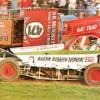
Results - Skegness - Saturday 15th November 2025
Roy B replied to nic's topic in Essential Information
Many thanks to Nic for his sterling results service once again this year. Have a great off-season folks 👍- 31 replies
-
22
-
Results - Skegness - Saturday 15th November 2025
nic replied to nic's topic in Essential Information
Meeting Results Summary BriSCA F1 Stock Cars Under 25 Championship Winner - 96 Thomas Holcroft Second - 368 Callum Thornton Third- 124 Kyle Gray 526 569 399 22 H248 550 525 - 8 453 532 Heat 1 Winner - 124 Kyle Gray 368 101 526 524 515 H248 318 295 525 - 3 544 Heat 2 Winner - 96 Tom Holcroft 1 569 550 101 399 368 H248 525 554 - 295 523 Heat 3 Winner - 96 Tom Holcroft 524 8 399 124 569 1 515 544 318 - 523 453 Gala Final - (All In) Winner - 96 Tom Holcroft Second - 1 Tom Harris Third - 318 Rob Speak 8 399 H248 132 555 550 569 - 123 577 Grand National Winner - 1 Tom Harris 399 569 96 523 318 554 H248 123 554 - 515 200 National MiniStox Heat 1 - Whites and Yellows Winner - 51 Oscar Roach 640 353 613 435 77 63 72 101 202 Heat 2 - Yellows, Blues and Reds Winner - 86 Rocco Trent 642 929 103 204 213 105 666 174 115 Heat 3 Winner - 105 Danny Bonner 29 104 174 848 41 242 77 72 117 Heat 4 Winner - 102 Rhuben Hardwick 848 642 86 174 204 115 29 51 220 Heat 5 Winner - 86 Rocco Trent 929 102 51 103 105 353 642 882 72 V8 HotStox Heat 1 Winner - 445 Nigel Green in Sophie Maynard car 269 328 329 355 618 222 376 29 24 Heat 2 Winner - 329 Thomas Brighton 13 445 269 355 376 477 618 29 162 Final Winner - 445 Nigel Green Second - 328 Michael Boswell Third - 29 Gracie Squire 329 ? 618 165 355 222 13 Grand National Winner - 328 Michael Boswell 376 329 24 335 ? 618 29 165 445 -
Results - Skegness - Saturday 15th November 2025
nic replied to nic's topic in Essential Information
Grand National resukt 1 399 569 96 523 318 554 H248 123 544 - 515 200 That’s all folks Back next year Merry Christmas and a prosperous new year to everybody. And big thank you to Roy for pits and race reports.- 31 replies
-
19
-
Results - Skegness - Saturday 15th November 2025
nic replied to nic's topic in Essential Information
1 Tom Harris wins the Grand National and the last race of the 2025 Season -
Results - Skegness - Saturday 15th November 2025
nic replied to nic's topic in Essential Information
Grand National on Track Whites 66 523 550 569 Yellows 43 132 399 544 Blues 124 554 Reds H248 Superstars 1 318 515 Half Lap Handicap 96 Novices 123 200 252 577 -

Results - Skegness - Saturday 15th November 2025
Roy B replied to nic's topic in Essential Information
As the GN lines up, "I Wish It Could Be Christmas Everyday" is playing 😀 -

Results - Skegness - Saturday 15th November 2025
Roy B replied to nic's topic in Essential Information
-

Results - Skegness - Saturday 15th November 2025
Roy B replied to nic's topic in Essential Information
A highlight of the 2nd half of the race was Jason Cull coming back at 318 & 1 into turn 1 sending both wide with Jason bouncing off and collecting 515 down the back straight. -
Results - Skegness - Saturday 15th November 2025
nic replied to nic's topic in Essential Information
Gala Night Final Result 96 1 318 8 399 H248 132 554 550 569 - 123 577 -
Results - Skegness - Saturday 15th November 2025
nic replied to nic's topic in Essential Information
Gala Night Final Top 3 Winner - 96 Tom Holcroft (4th win tonight) Second - 1 Tom Harris Third - 318 Rob Speak (220 crossed the line 2nd, but was a lap down) -
Results - Skegness - Saturday 15th November 2025
nic replied to nic's topic in Essential Information
Lap 5 ish yf 525 in t2 fence all ok restart order 569 96 524 399 550 544 220 554 295 520 8 132 H248 418 123 1 515 577 523 200 66 nor -

Results - Skegness - Saturday 15th November 2025
Roy B replied to nic's topic in Essential Information
A great start - Tom nearly fully sideways down the back straight with Speaky up his inside. Some fine hits going in between 318, 1 & 515. Speaky put a good'un in on his two adversaries sending Frank and Tom wide into turn 1. Caution for the stranded 525 car in turn 2. Richard Kaleta has just announced that permission has been given to get de Kock out, even on this cold night 🤣 -
Results - Skegness - Saturday 15th November 2025
nic replied to nic's topic in Essential Information
Final on Track Whites 520 523 524 550 569 Yellows 96 132 295 399 544 Blues 124 453 525 554 Reds 8 101 220 H248 Superstars 1 318 515 Novices 66 123 200 577 -

Results - Skegness - Saturday 15th November 2025
Roy B replied to nic's topic in Essential Information


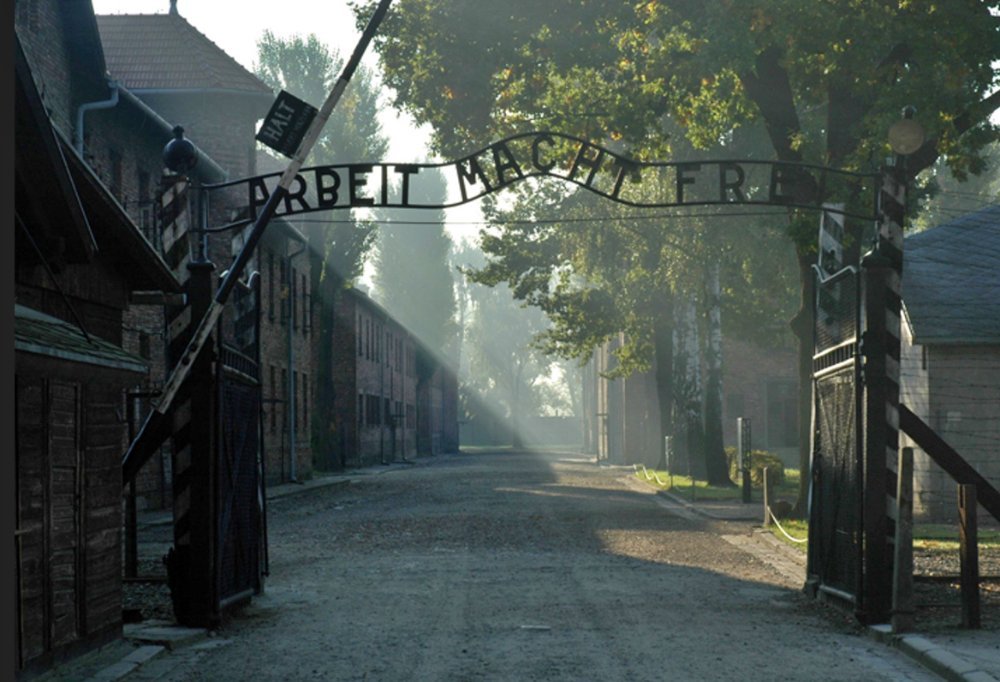
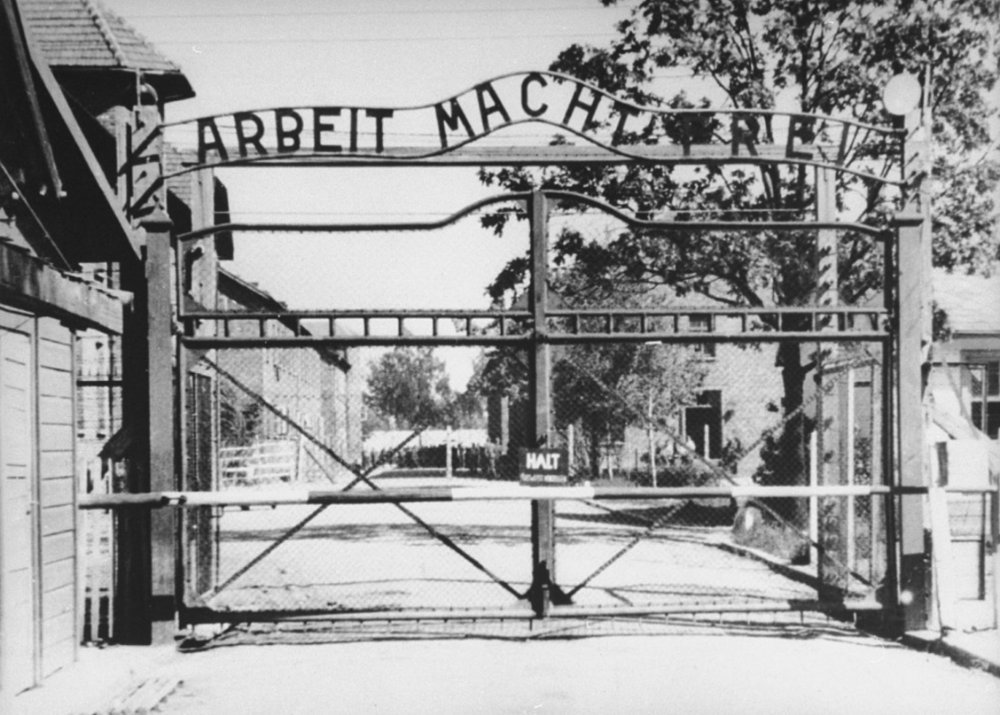
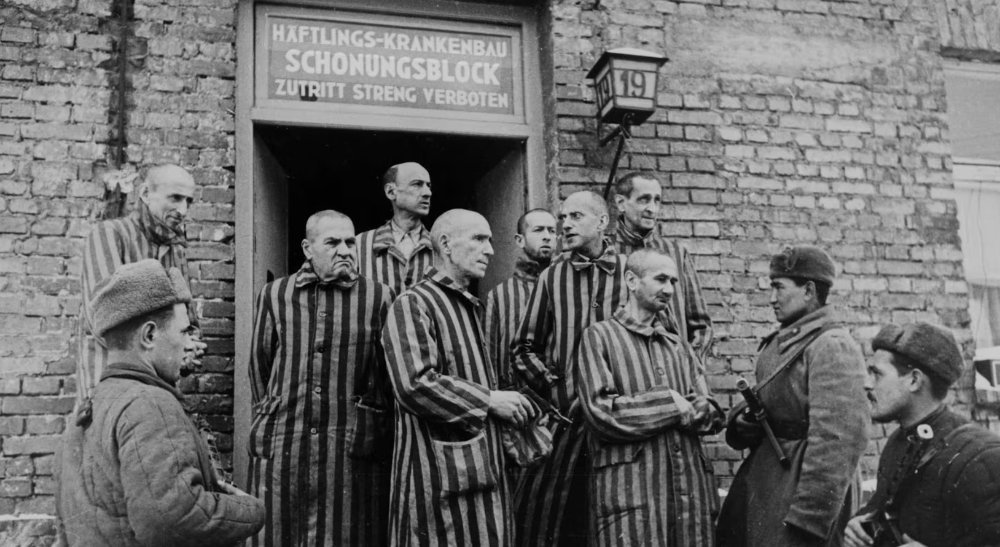
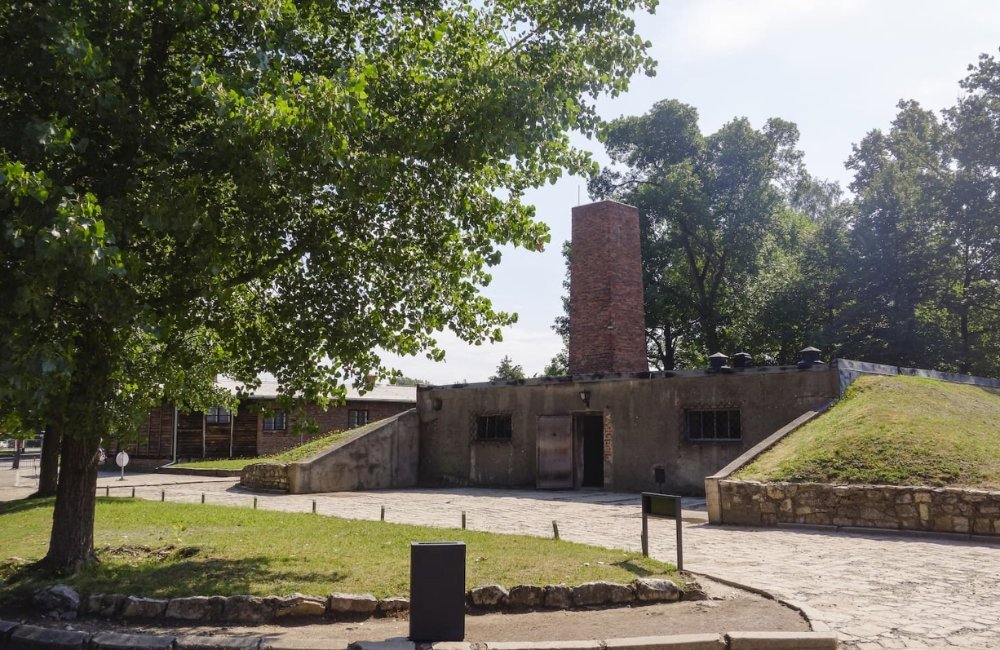
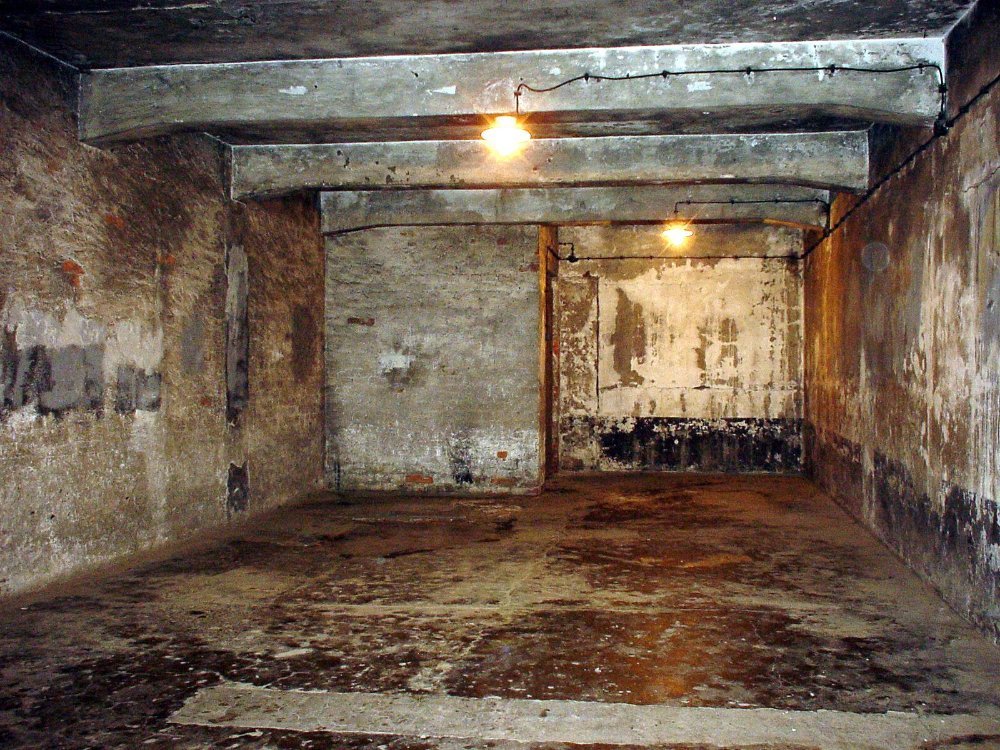
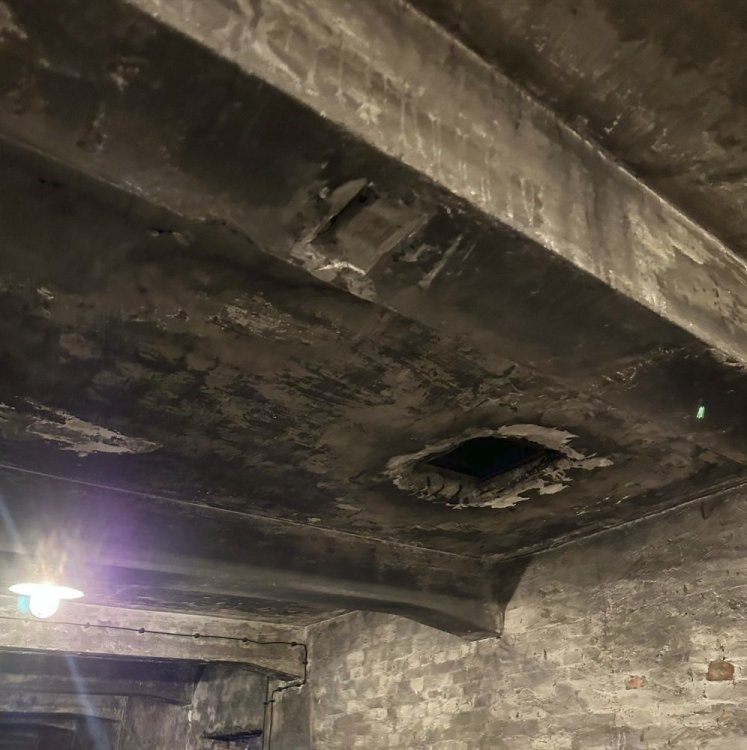
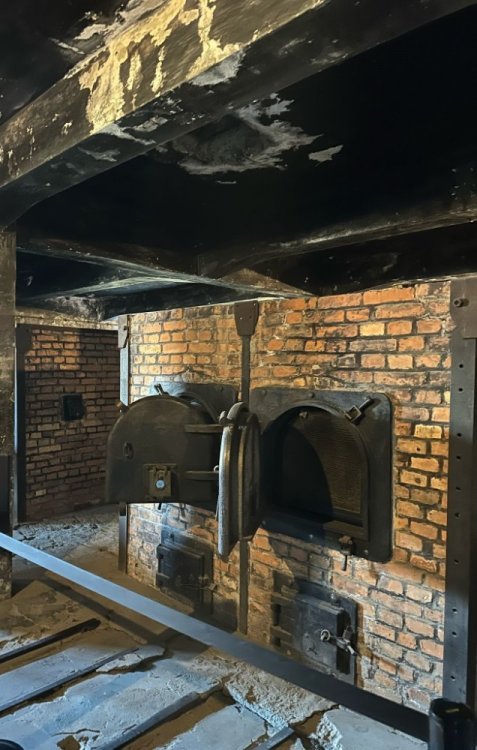
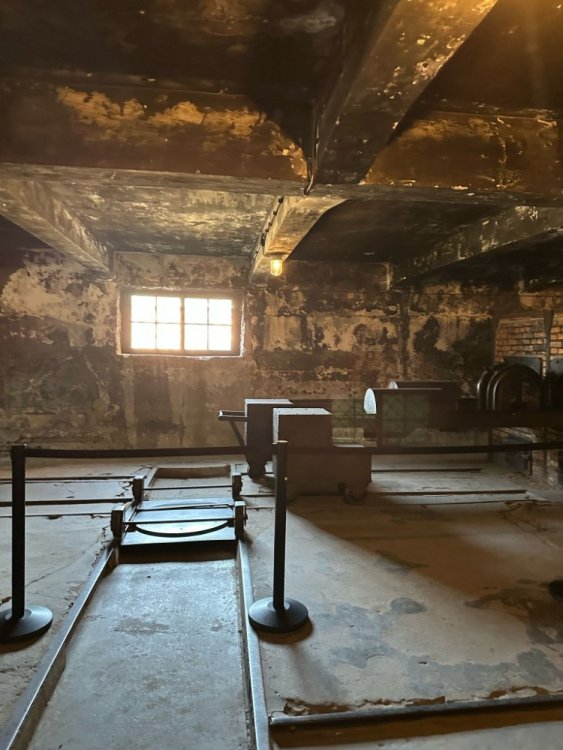
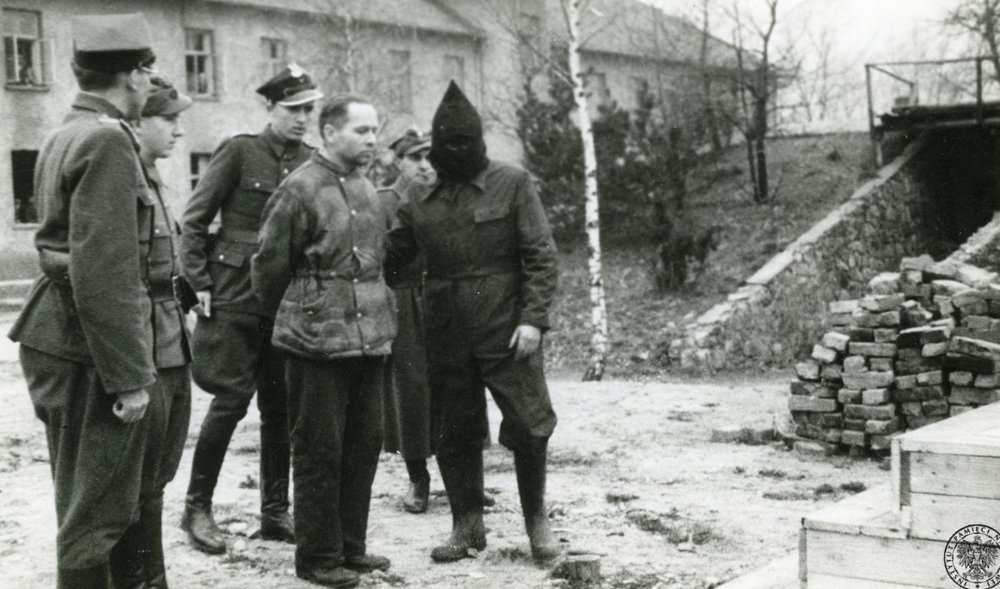
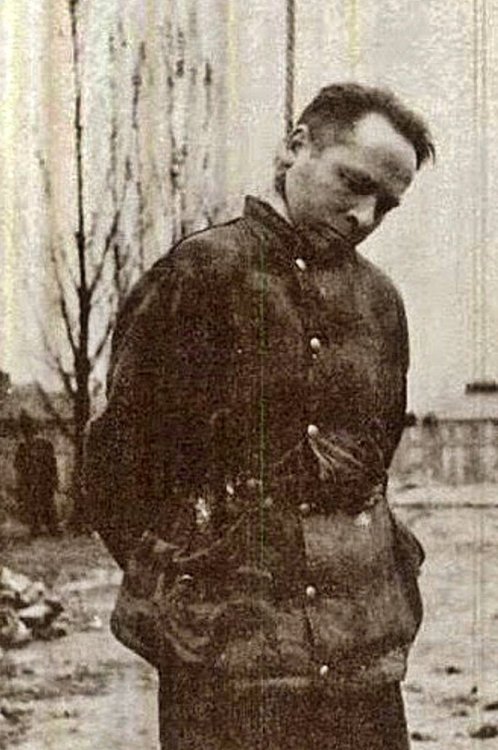
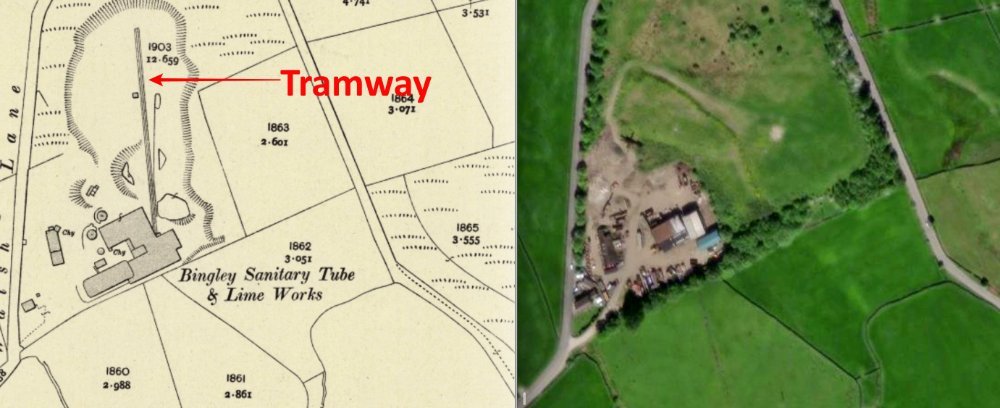
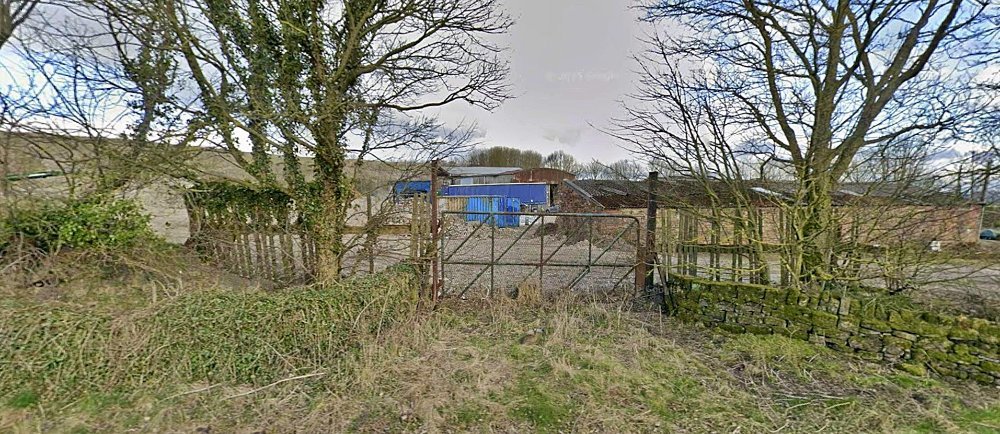

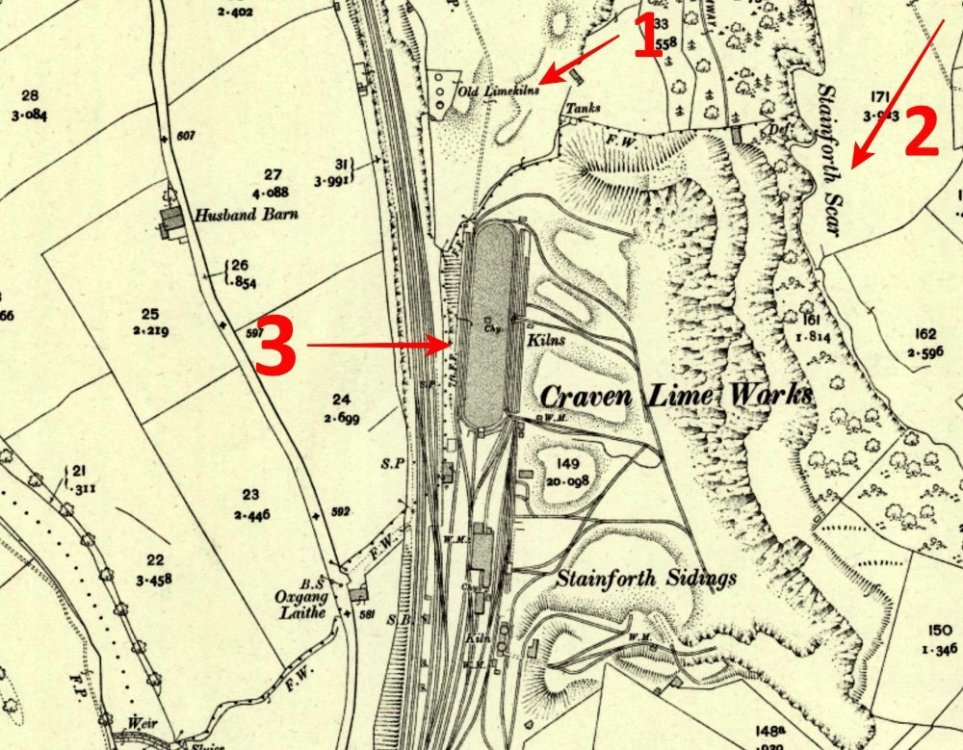
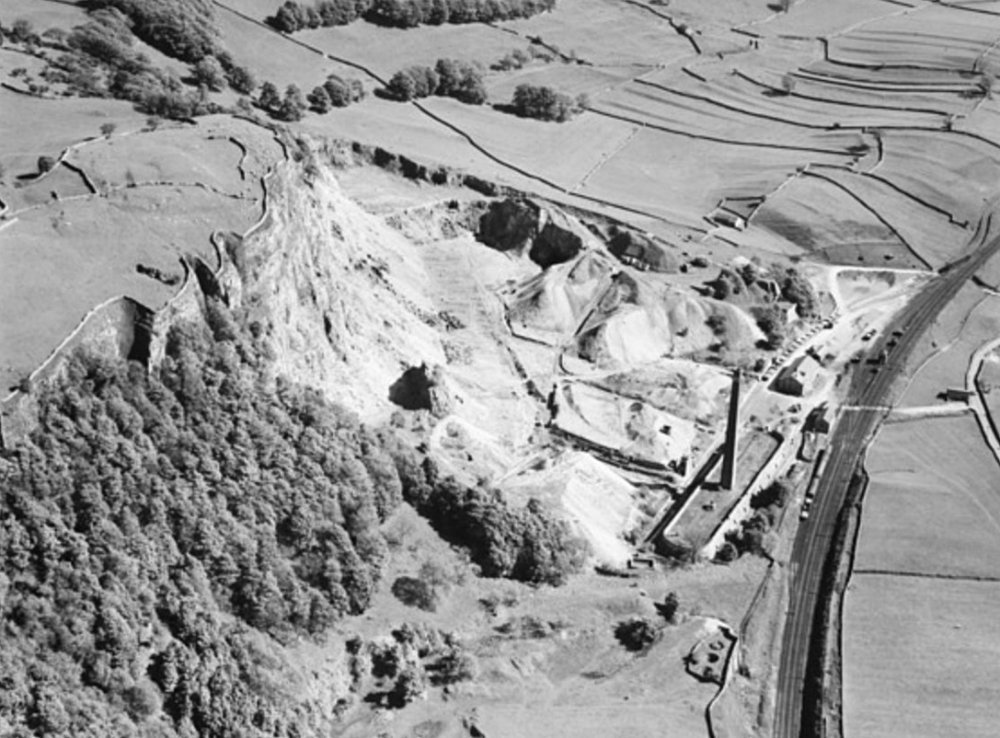
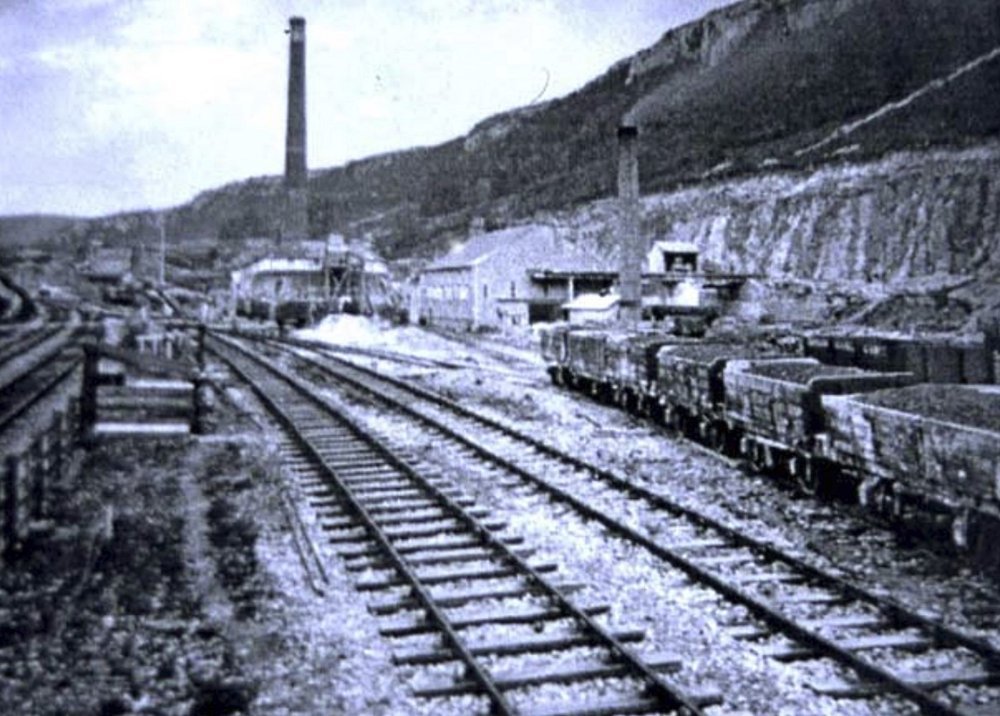
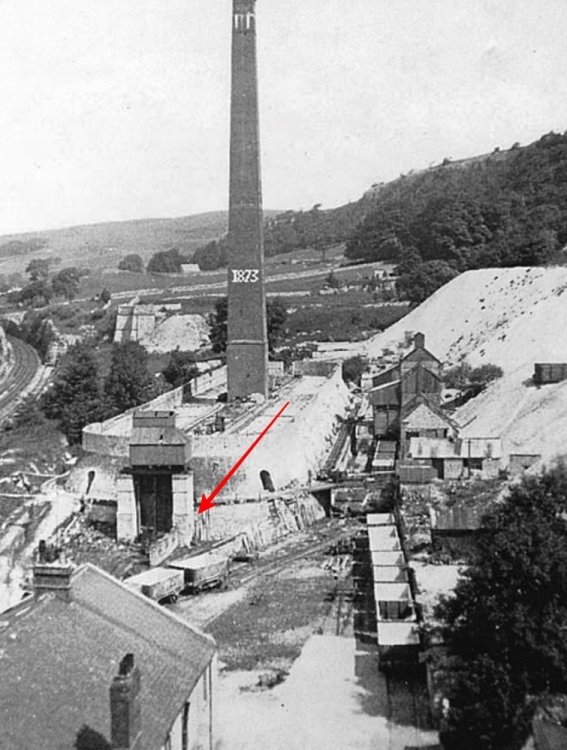
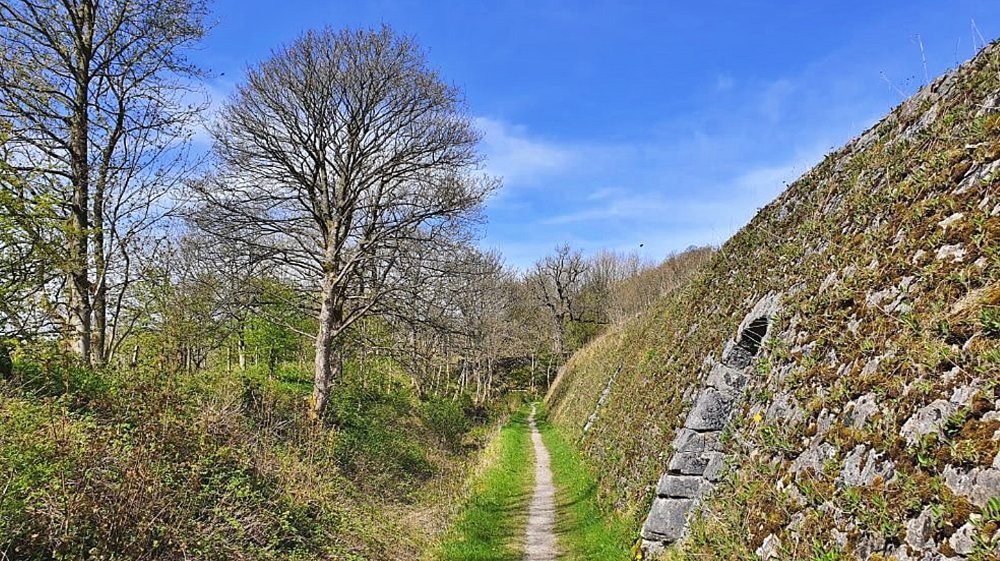
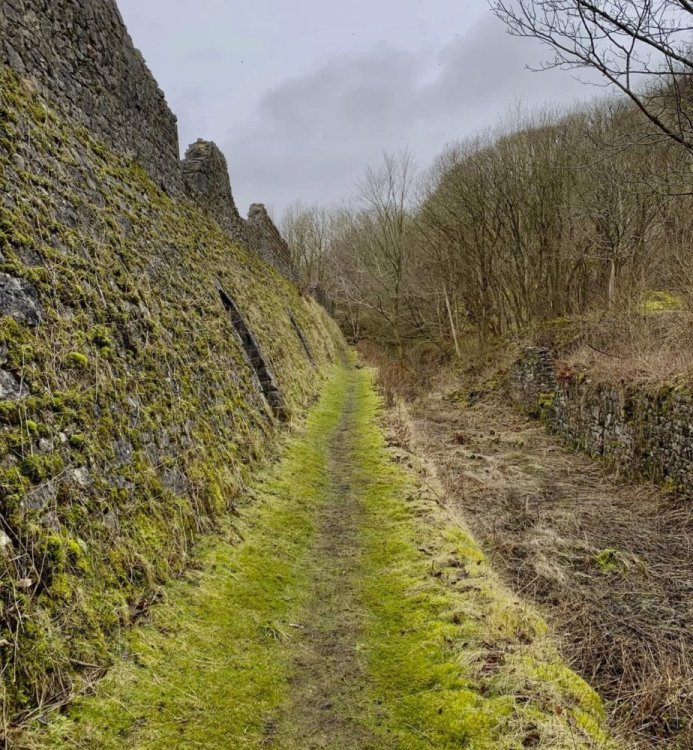
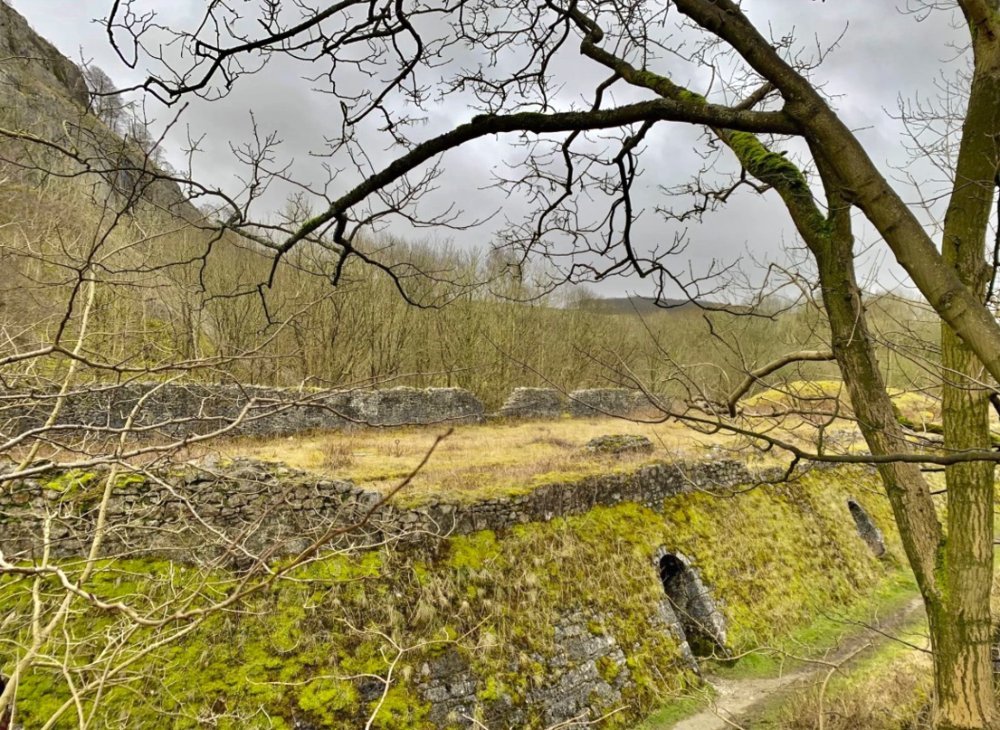

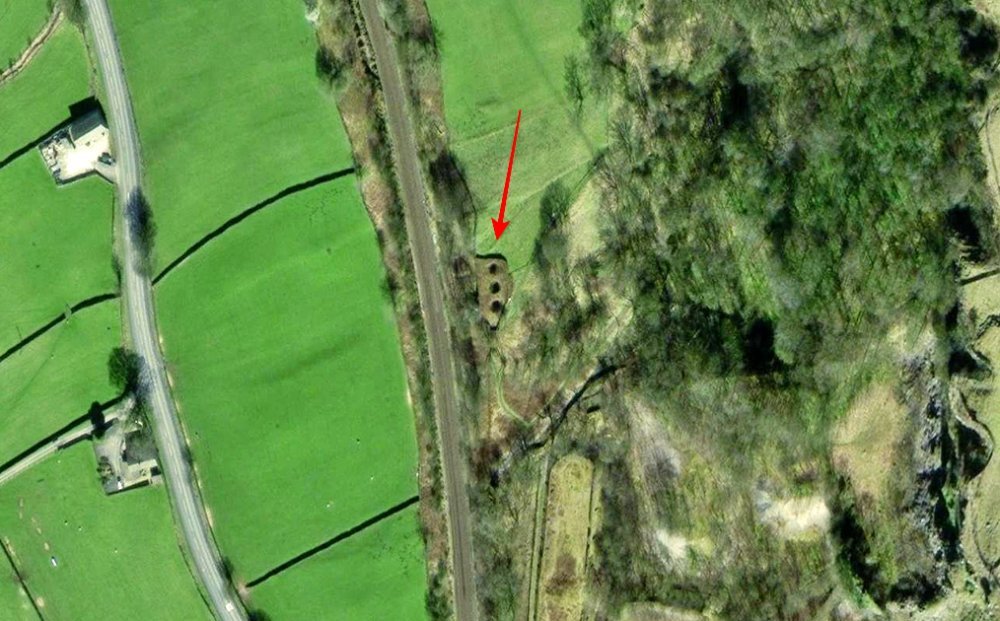
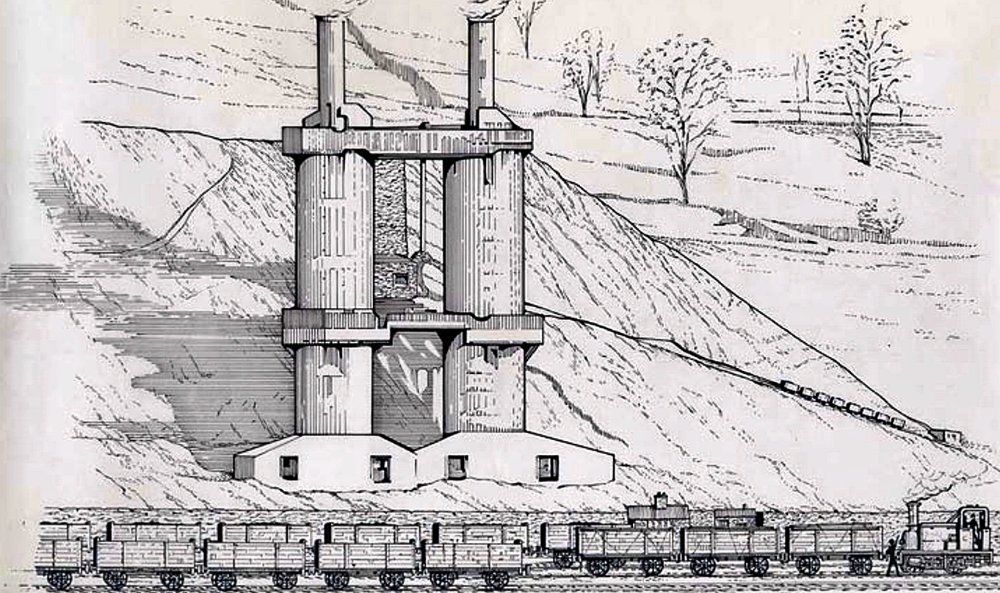
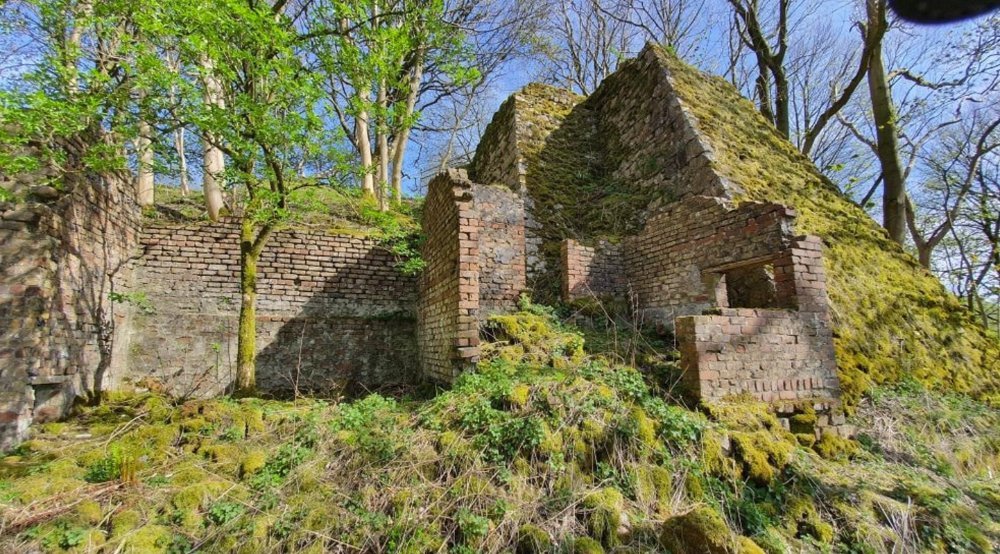
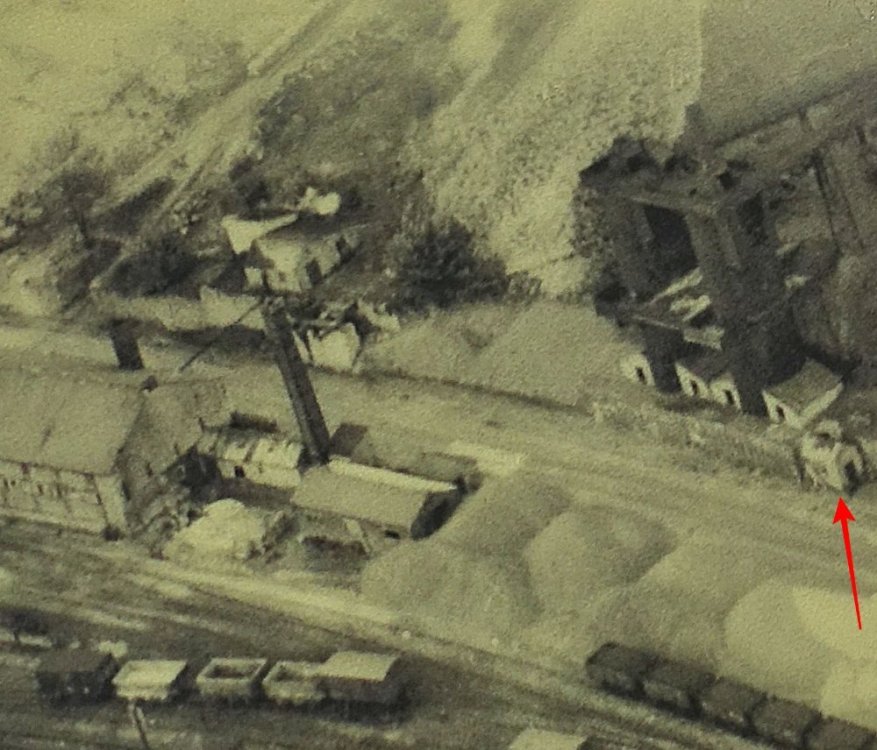
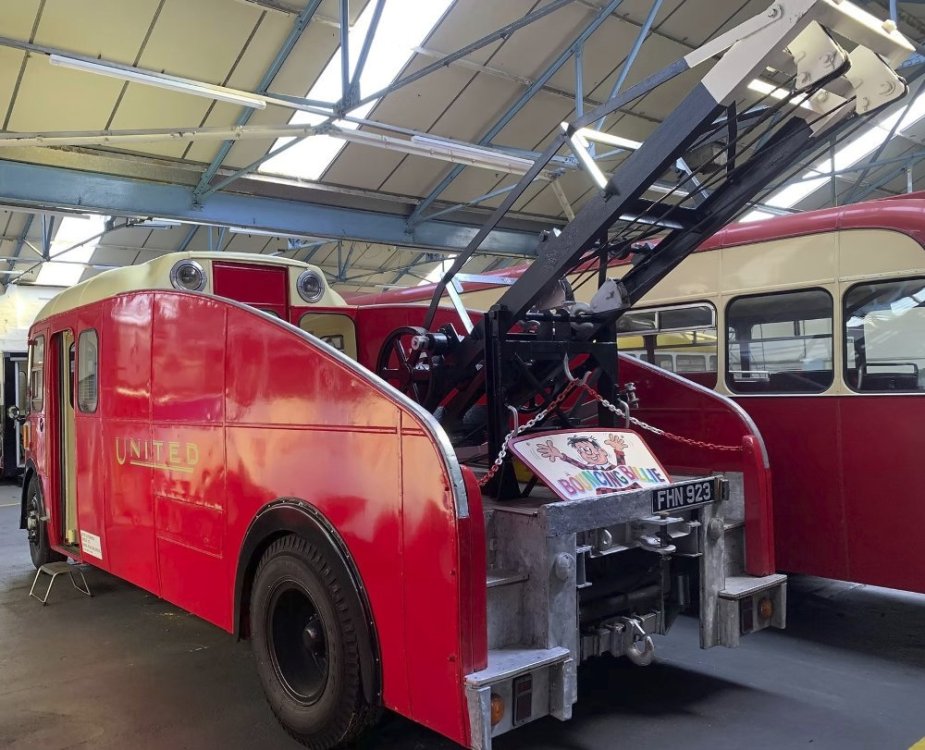
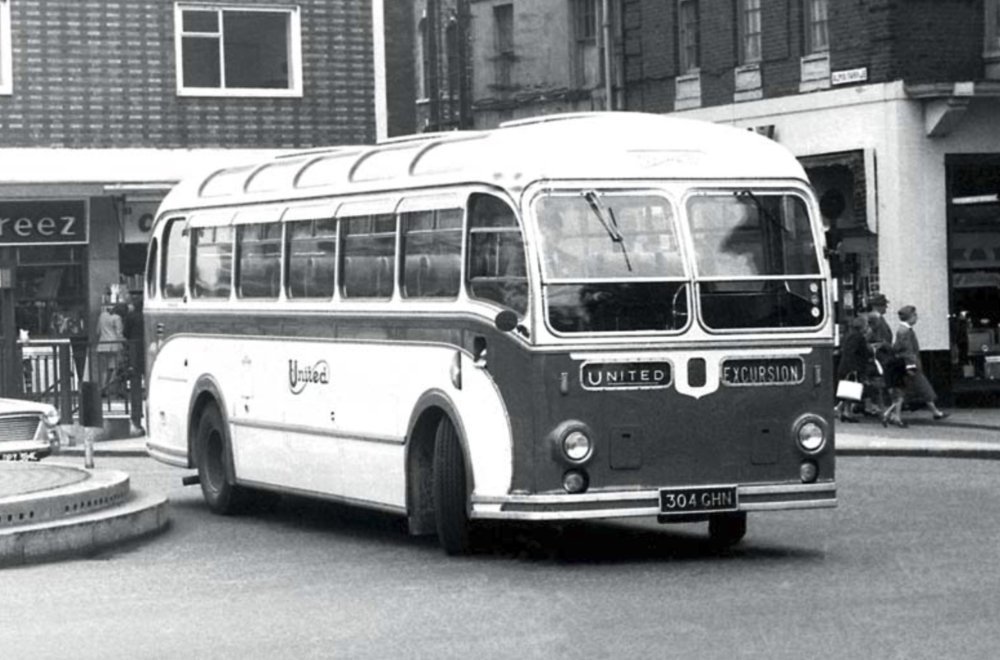
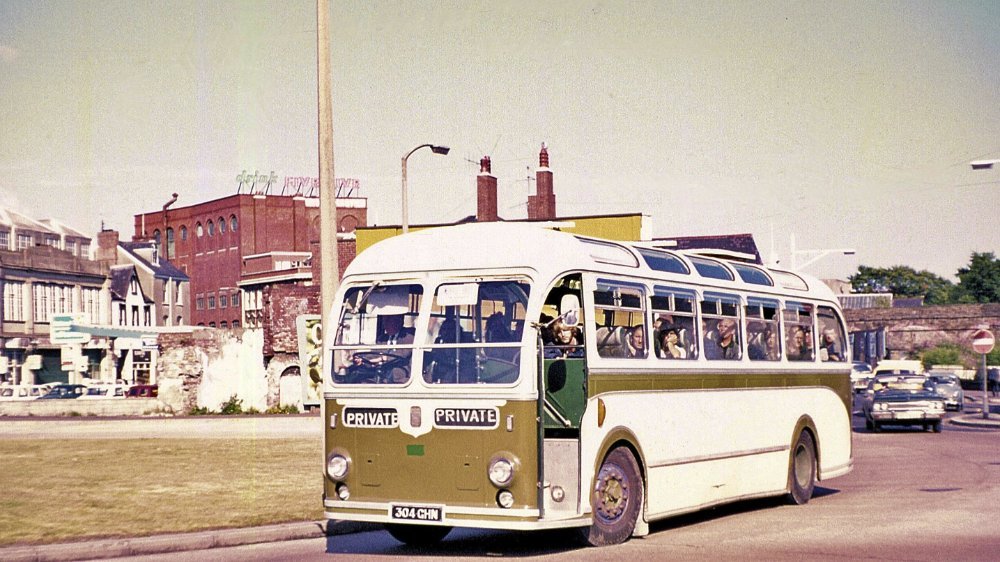
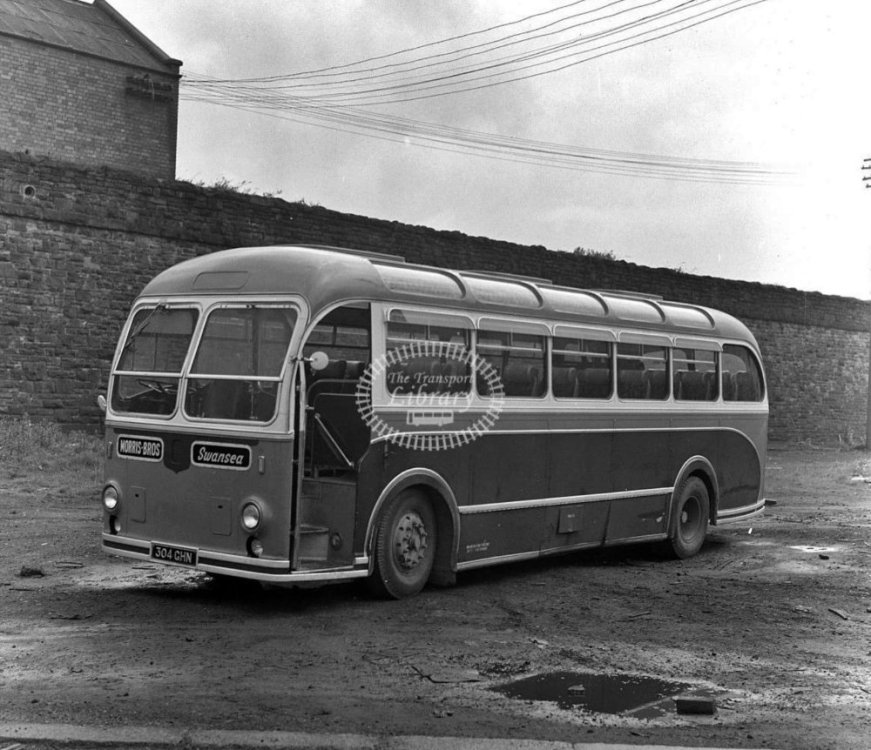
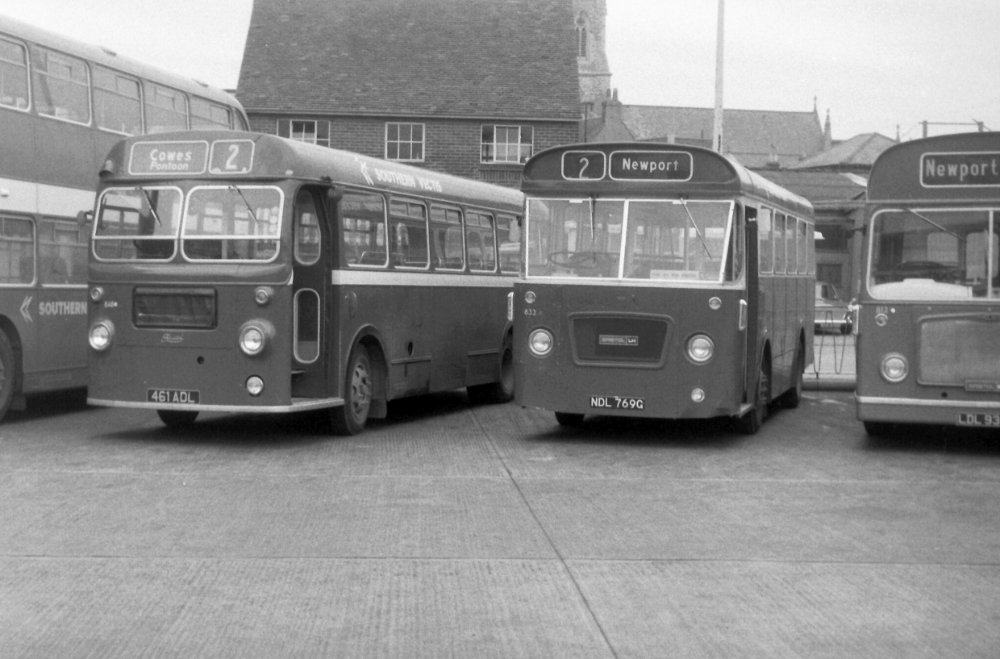
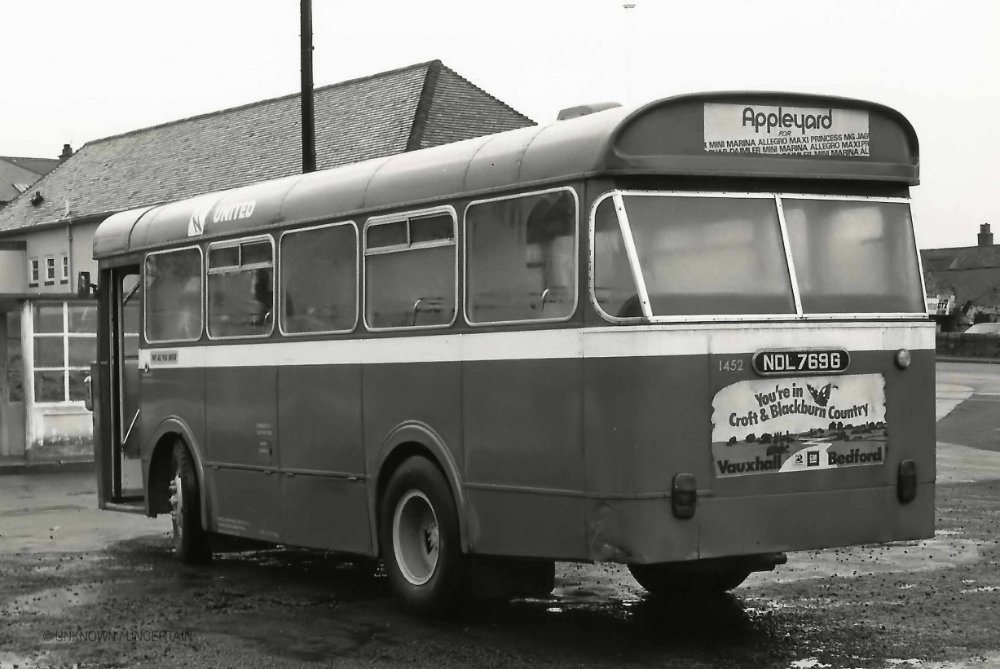
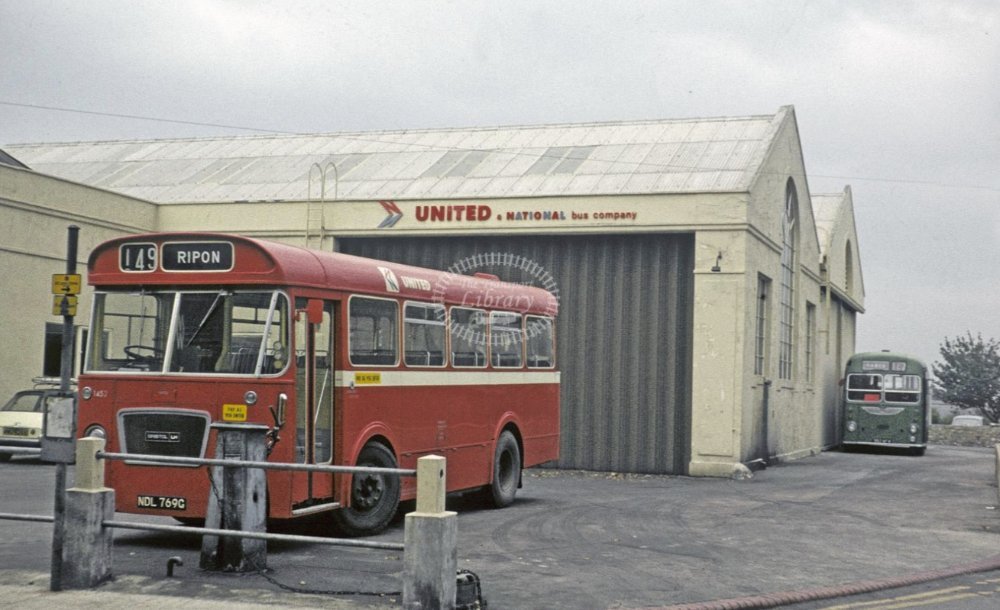
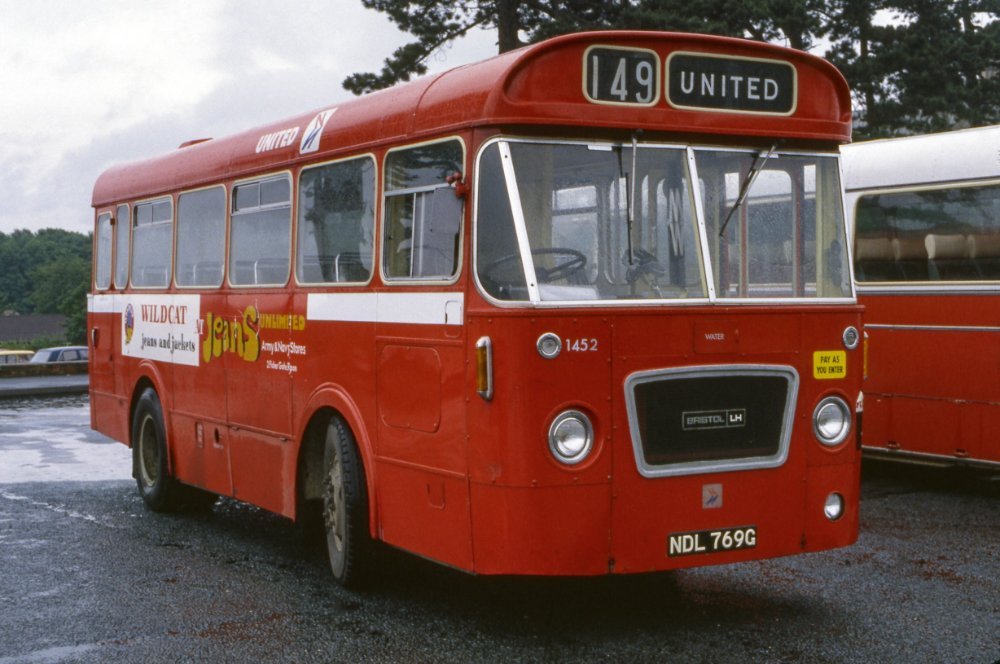
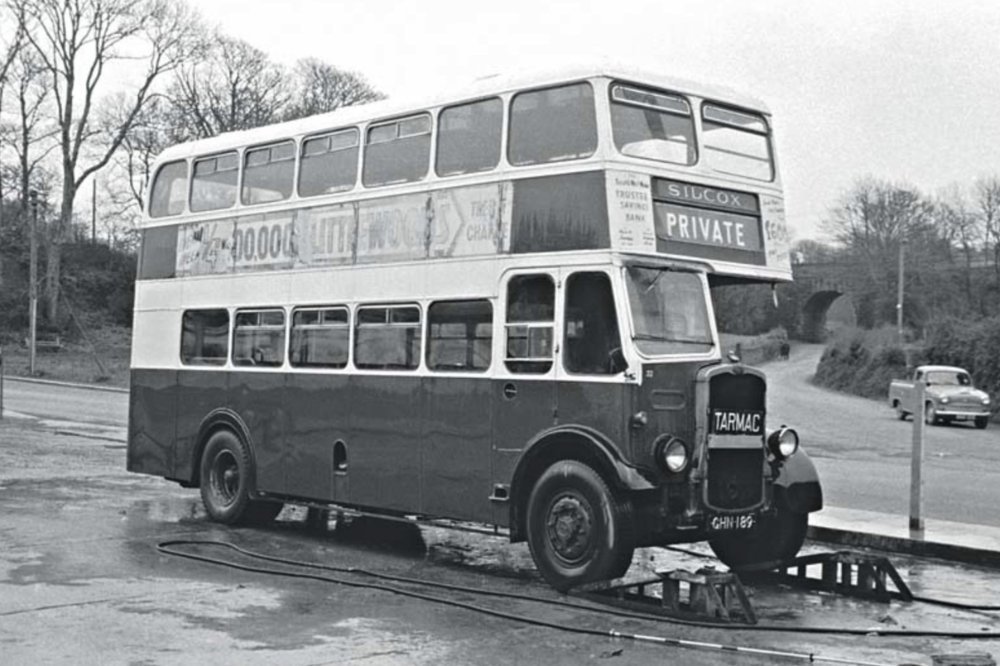
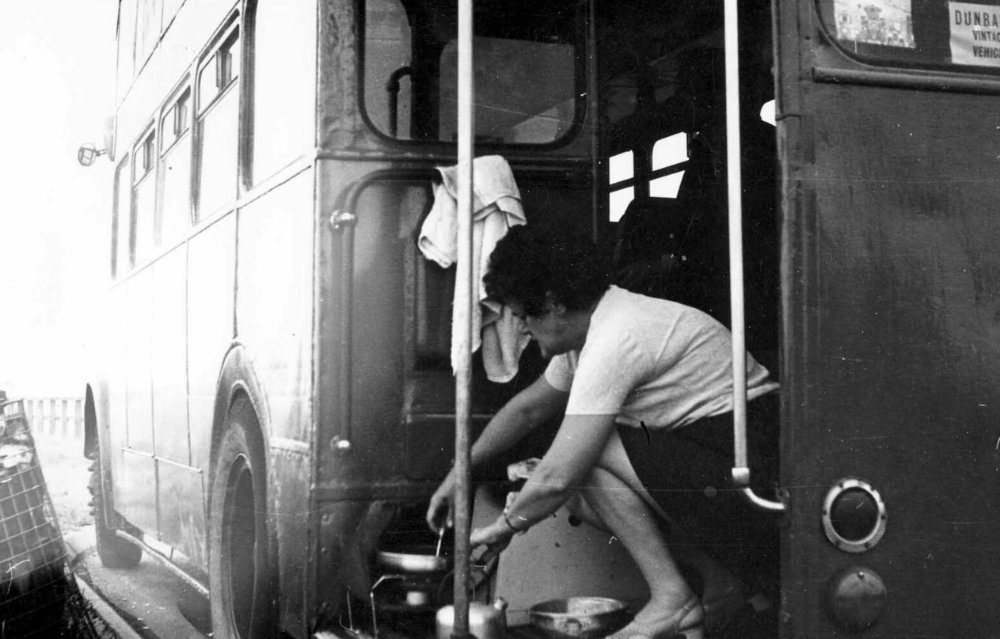
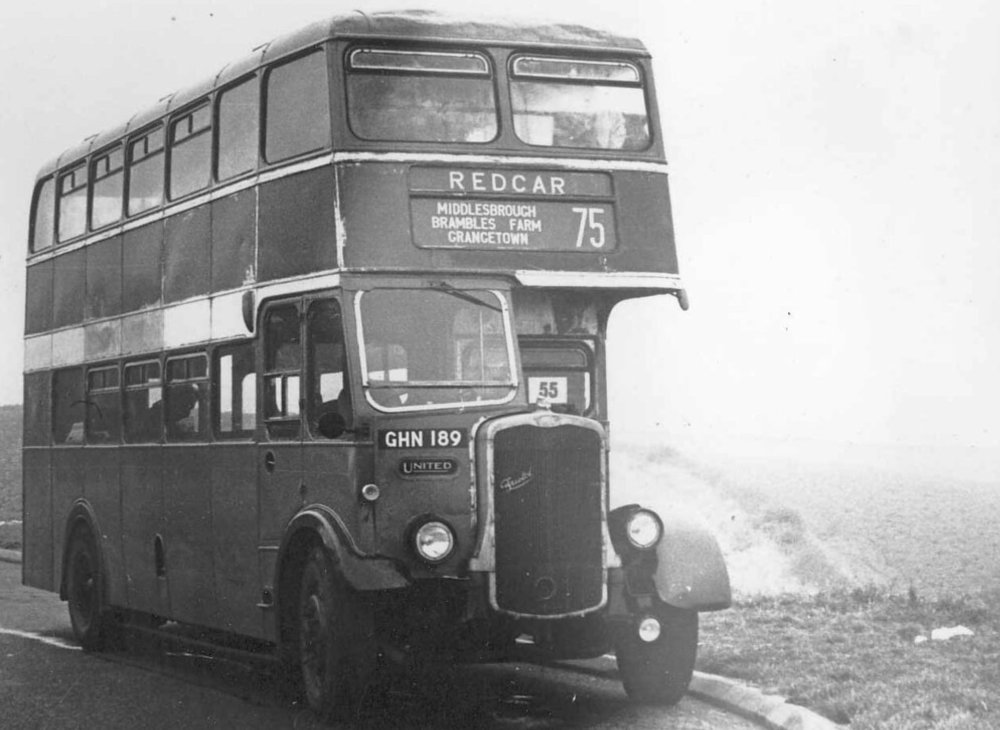
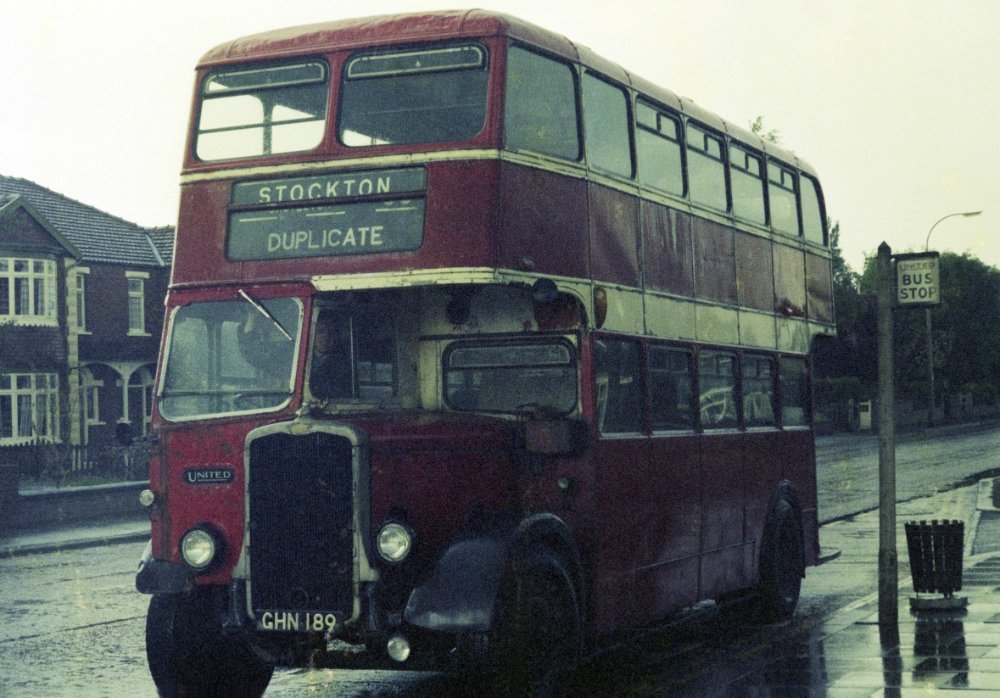
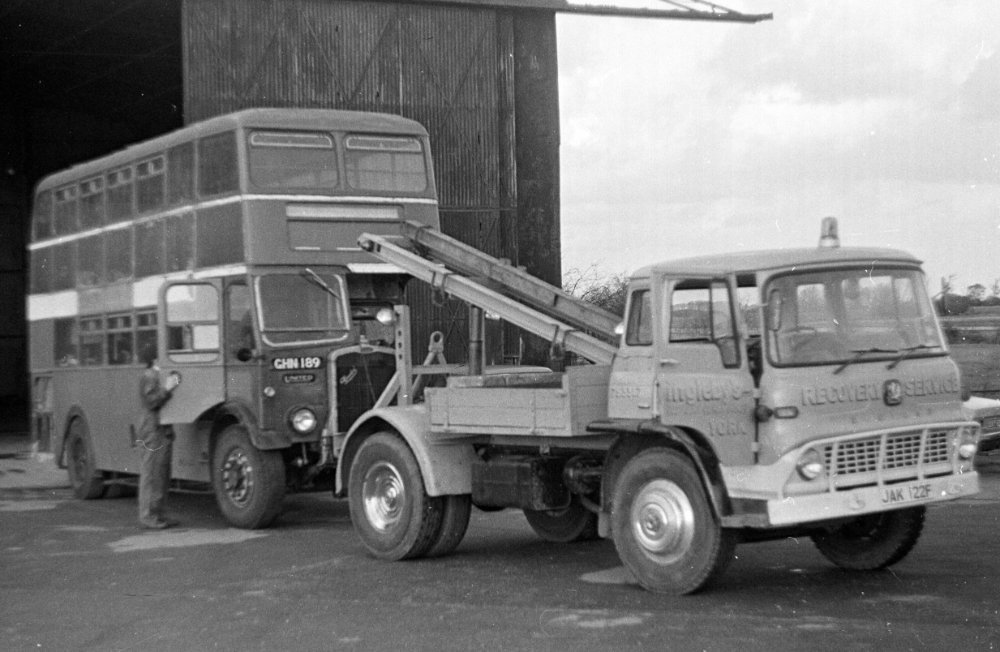
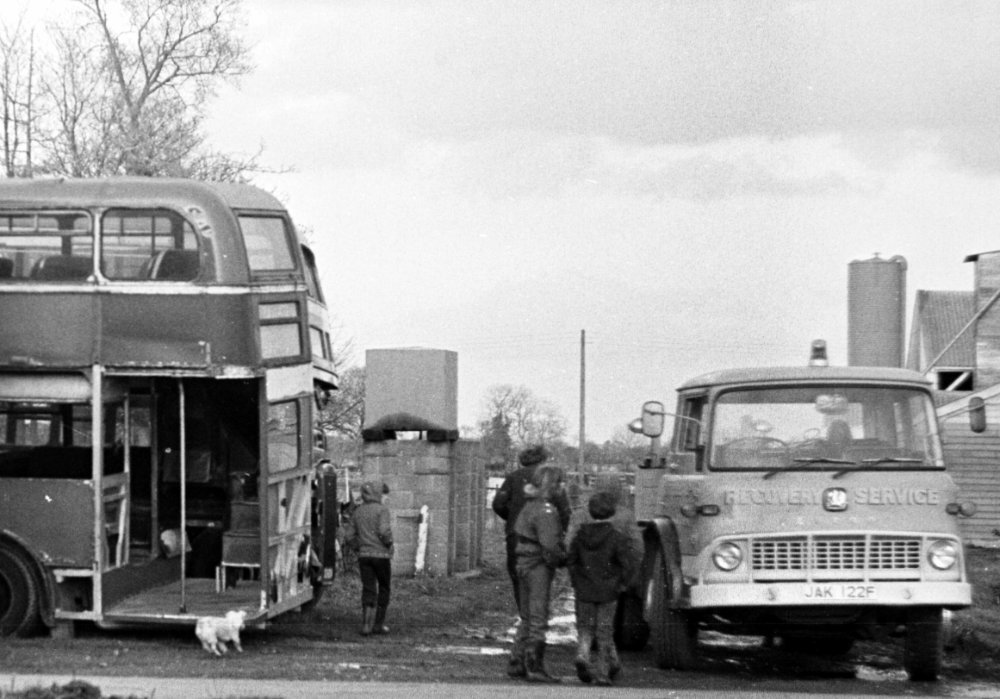
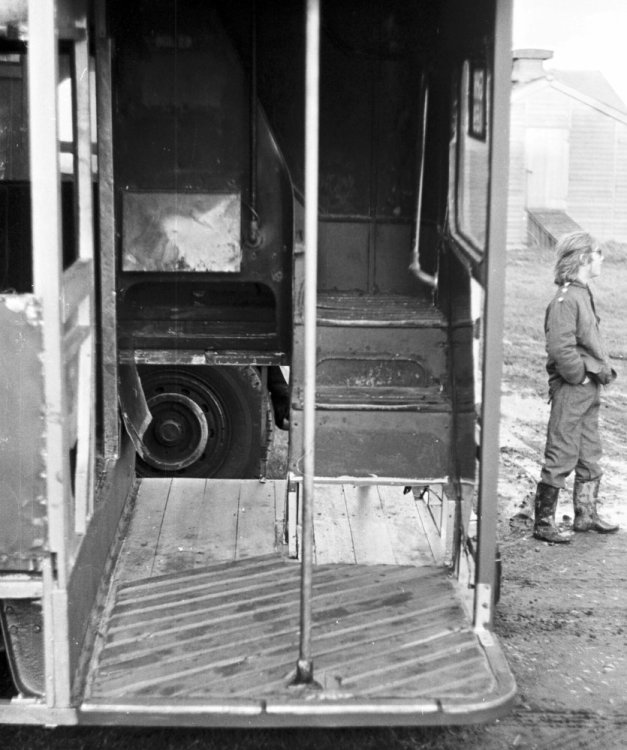
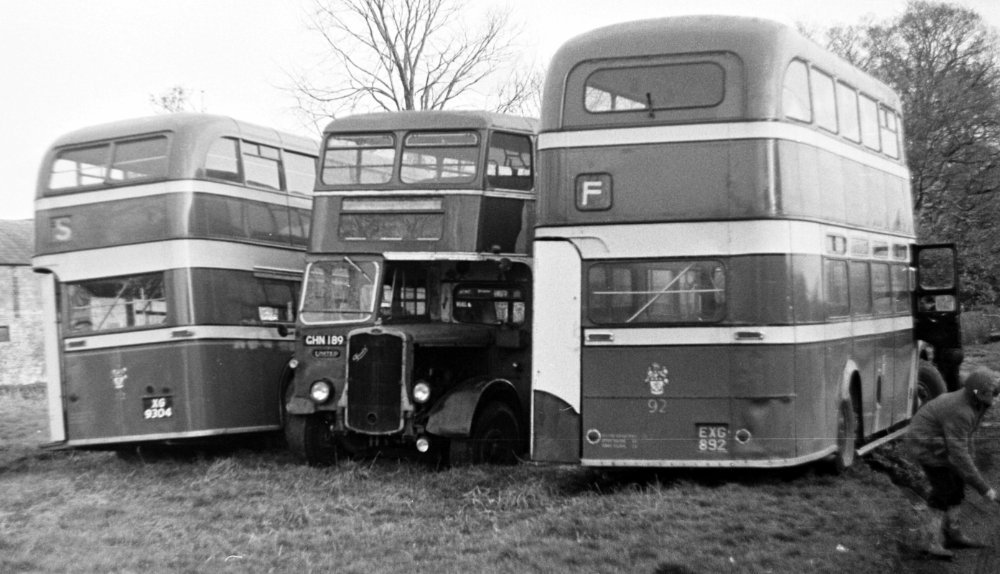
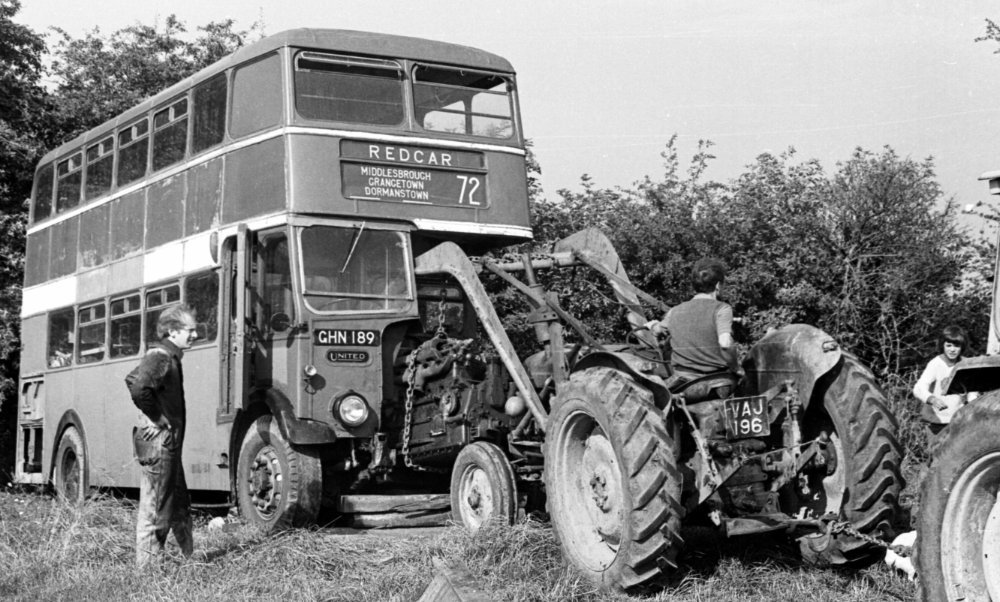
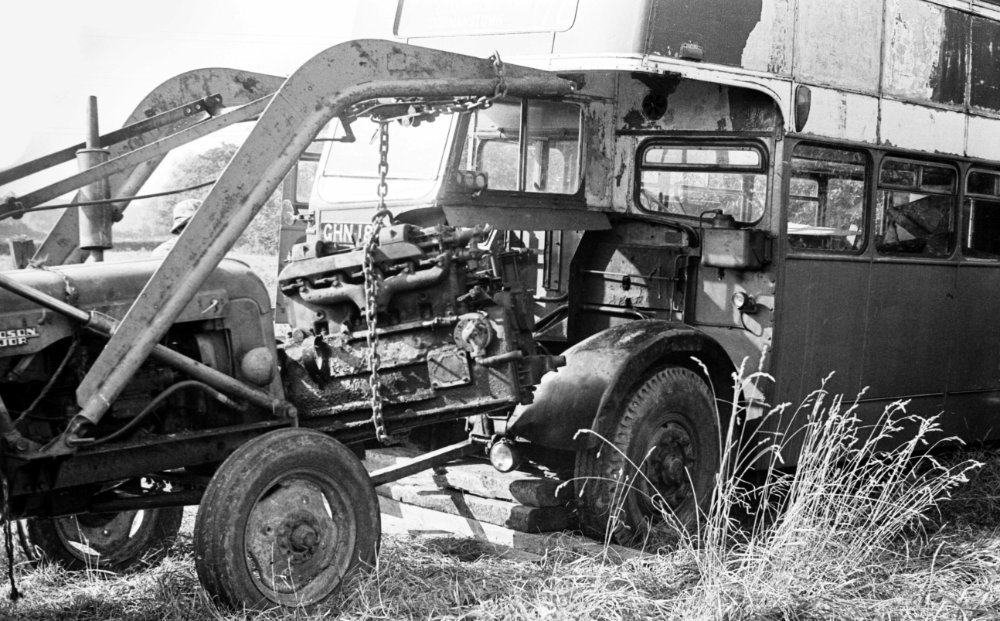
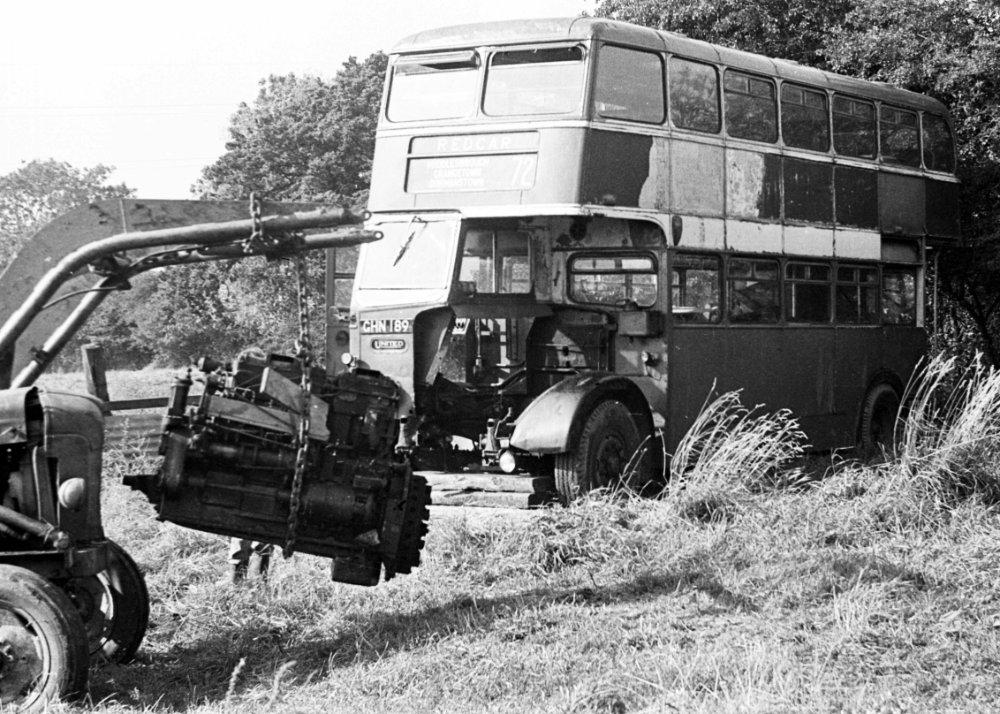
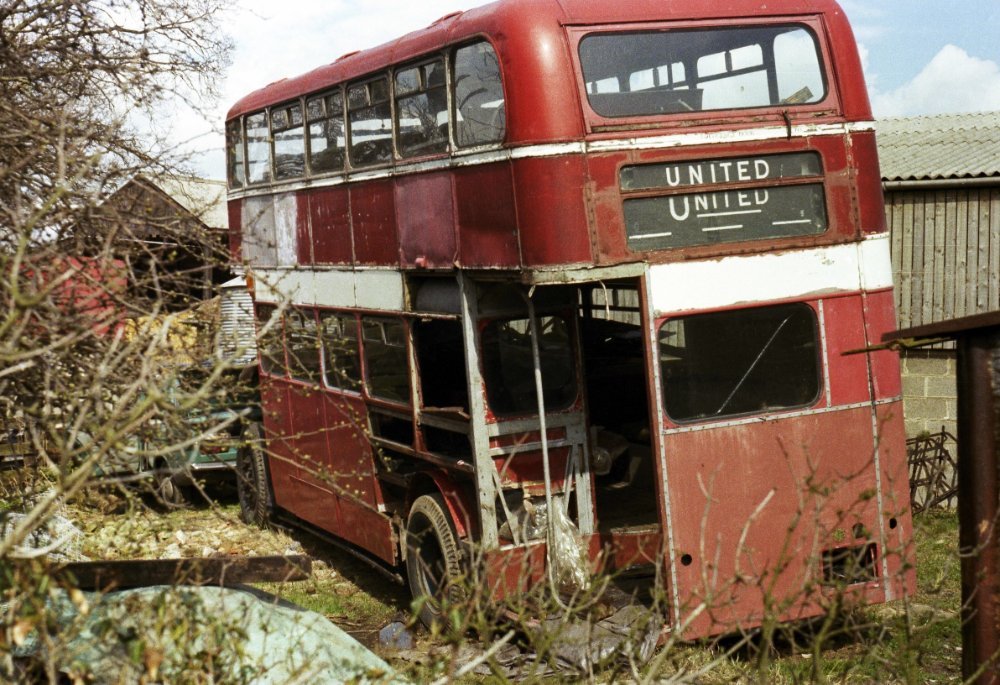
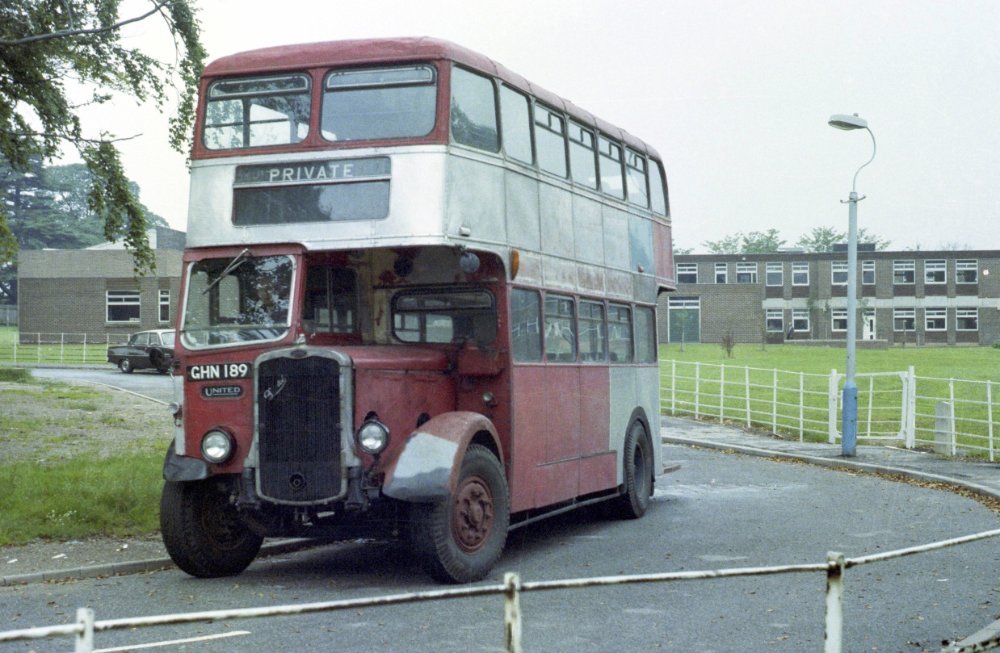
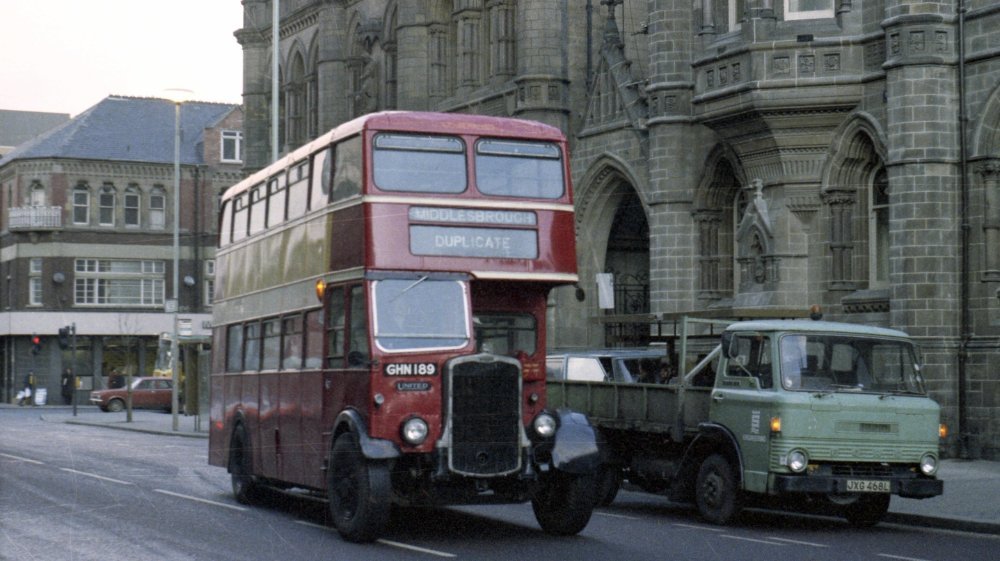
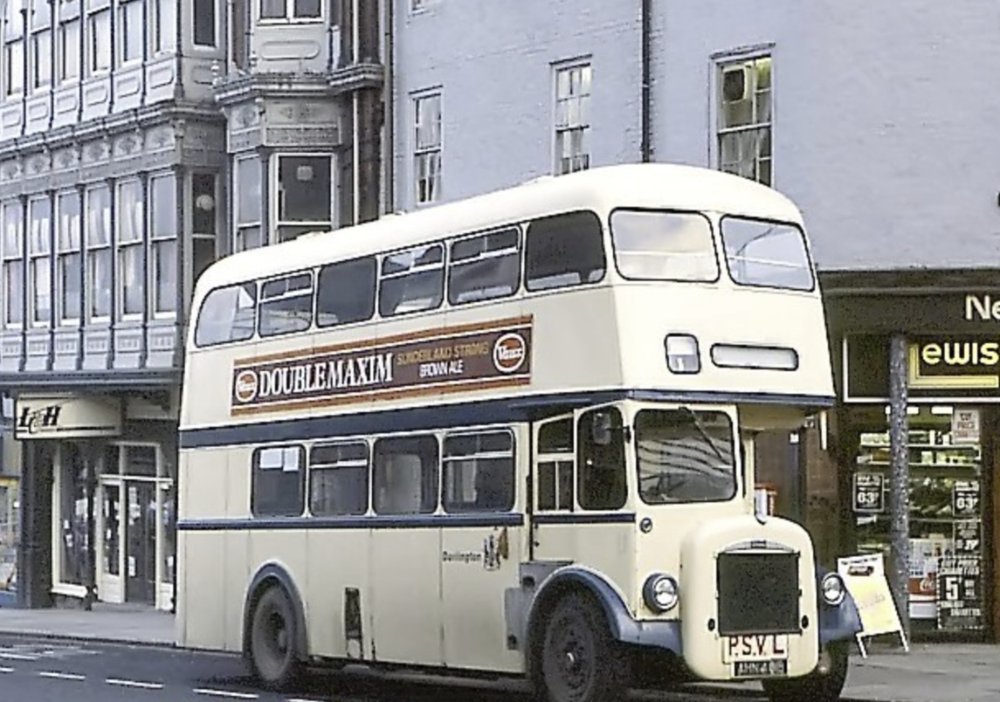
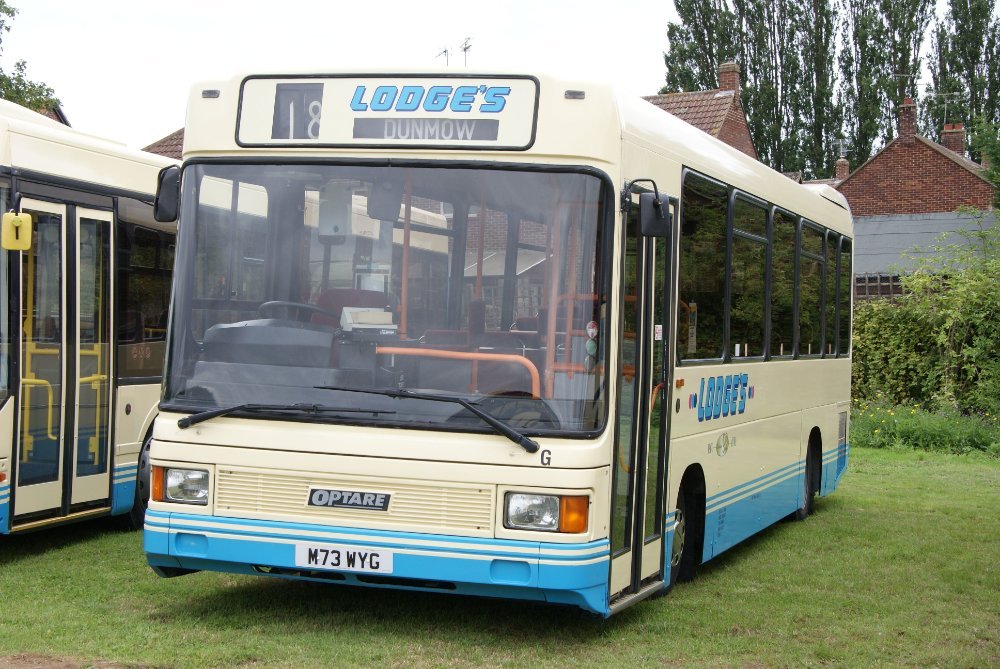
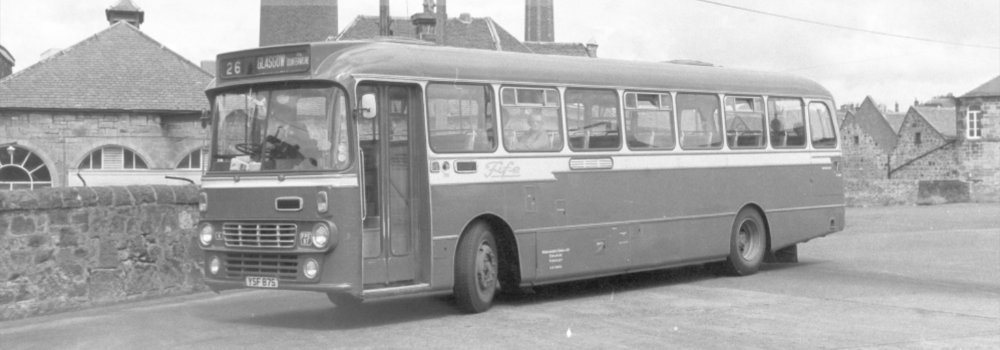
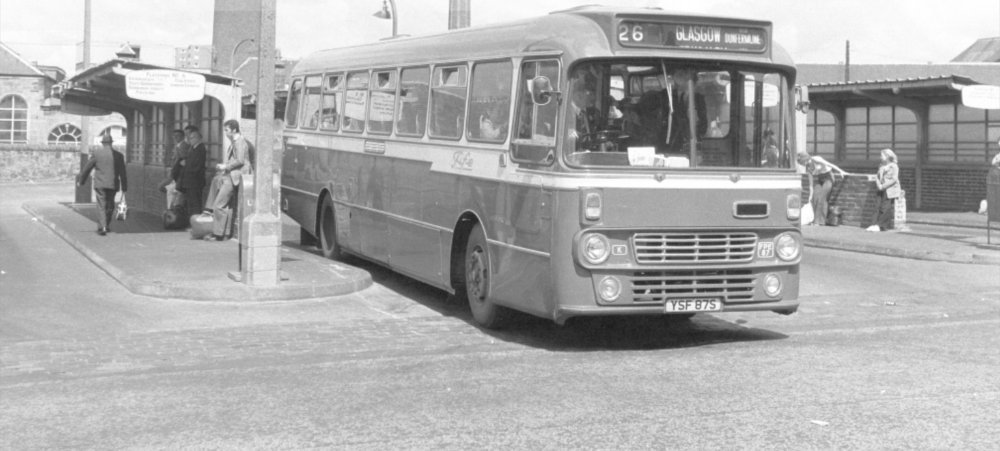
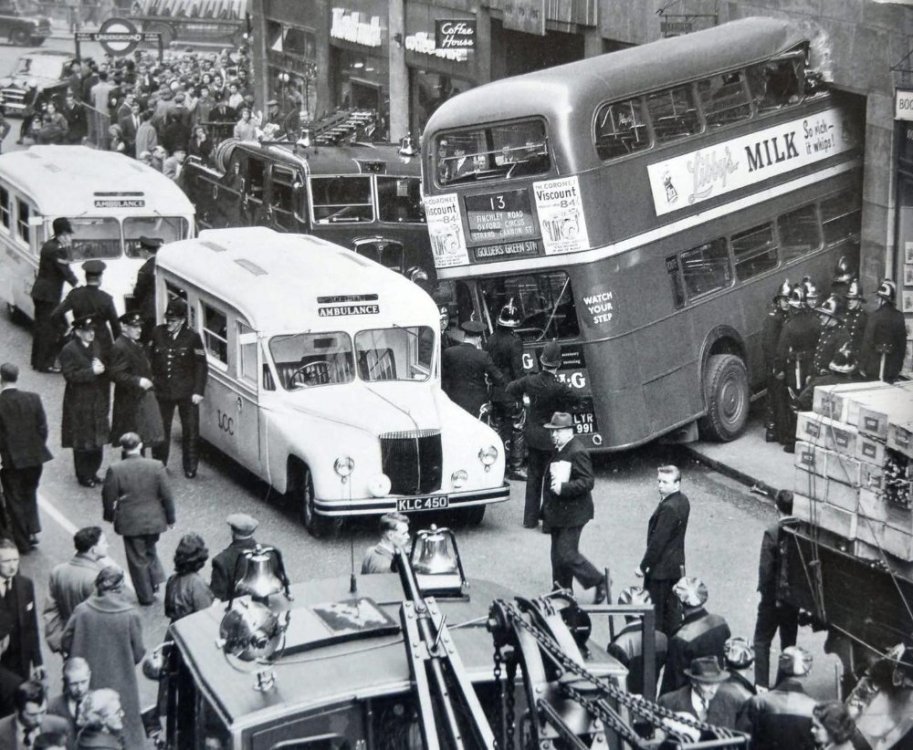
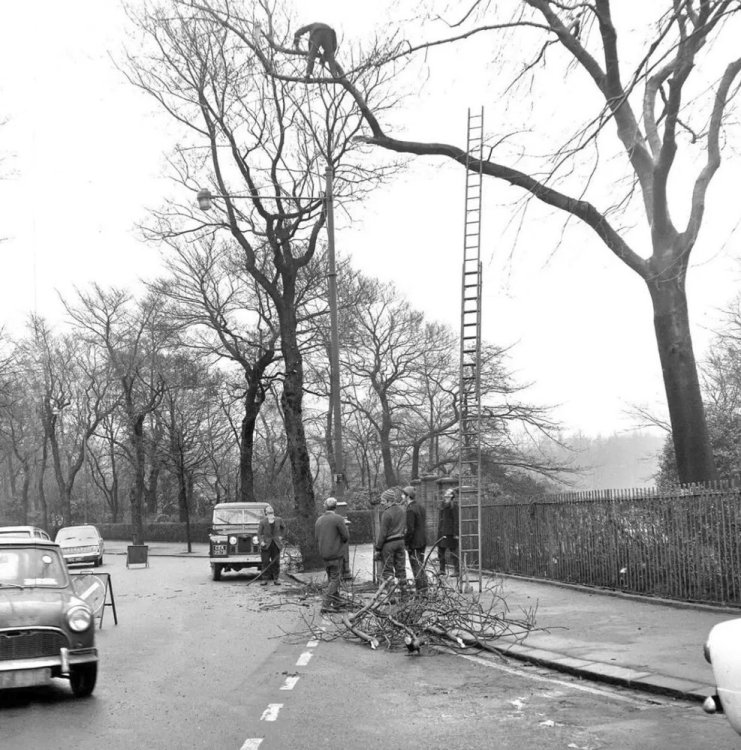
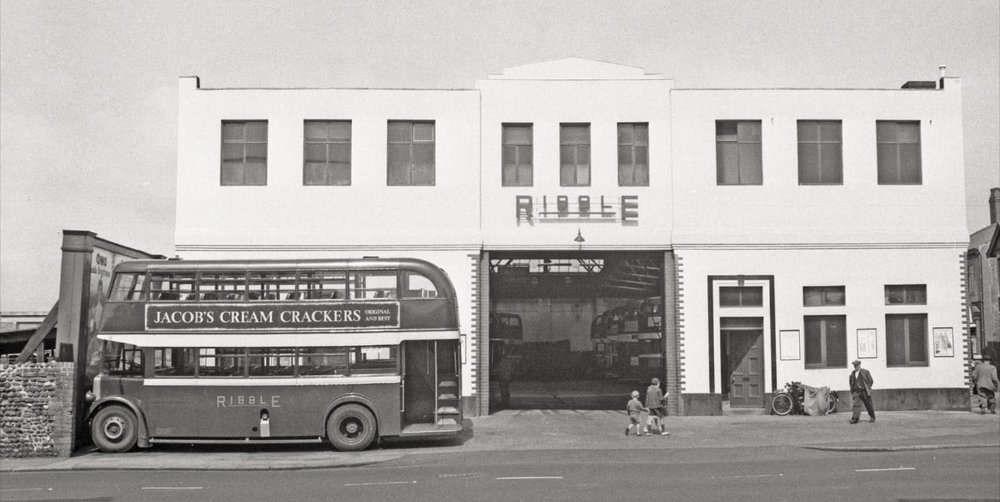
.jpg.ad3c86077af22ccd5d27a3d371ef02ac.jpg)
.jpg.fc8645511ea486da1389a205e3322230.jpg)
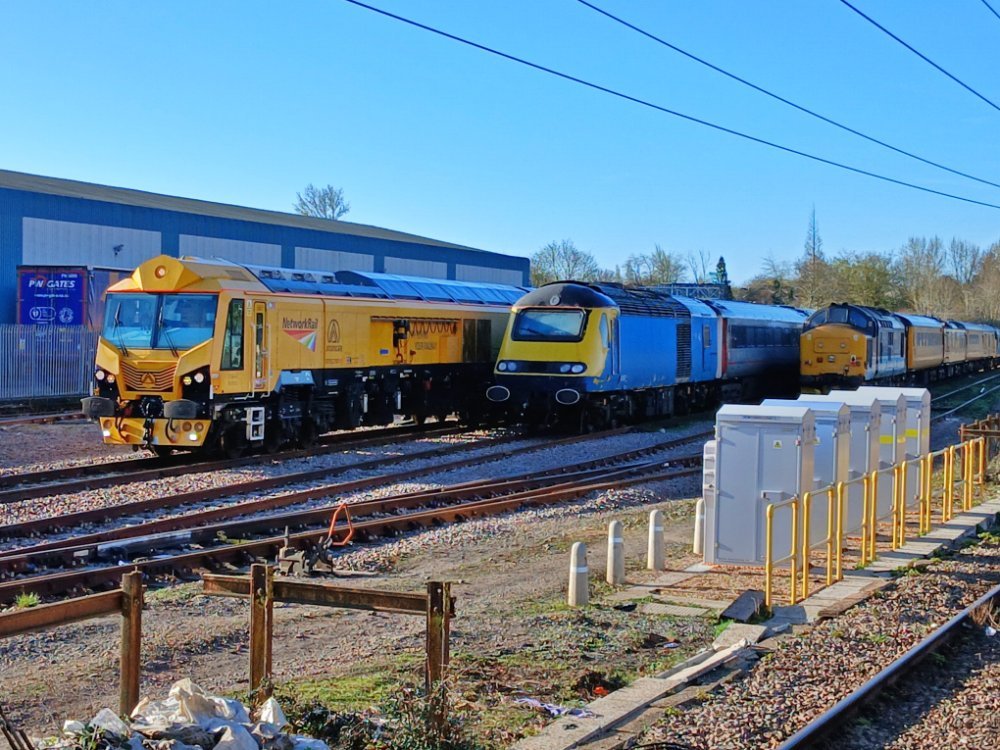
a.jpg.9d91e271a06c41377cb332d315605b1b.jpg)
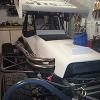
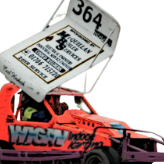

.jpeg.ebab8231232c7d005af1cef4bd0e0314.jpeg)
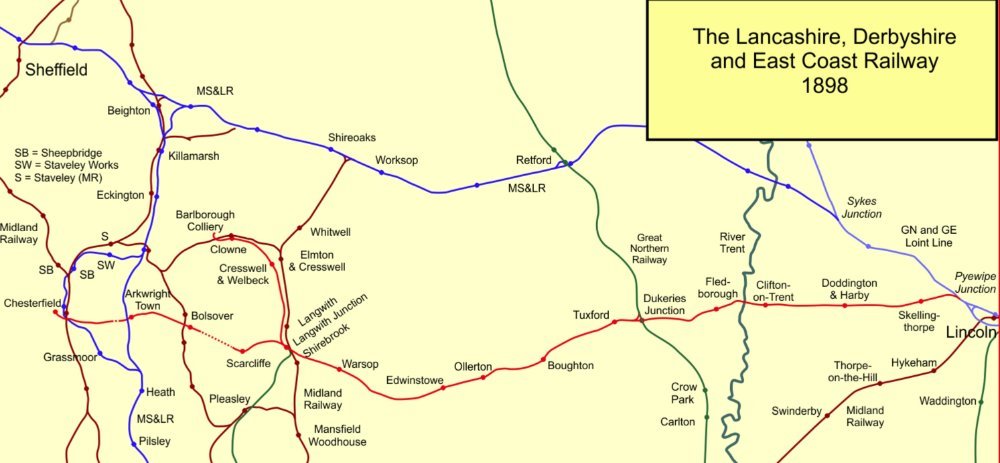
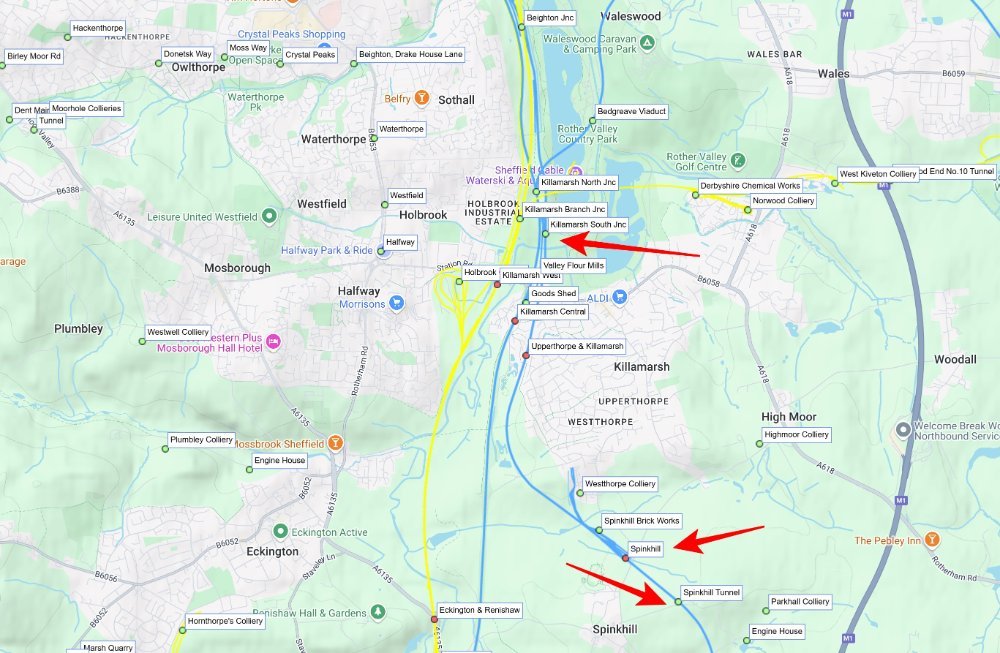
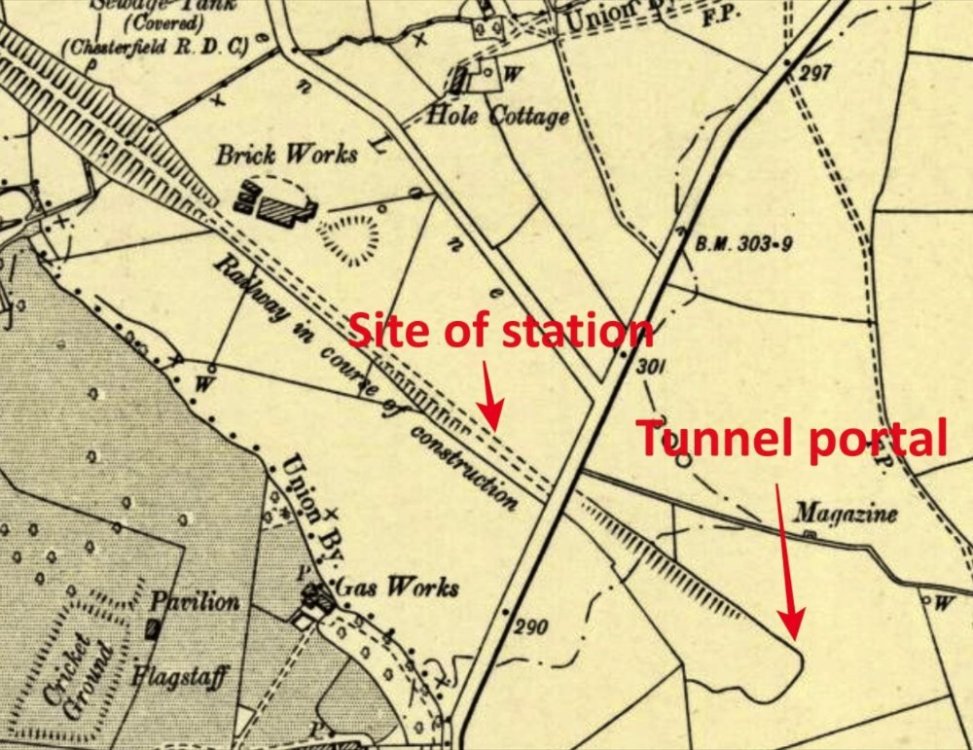
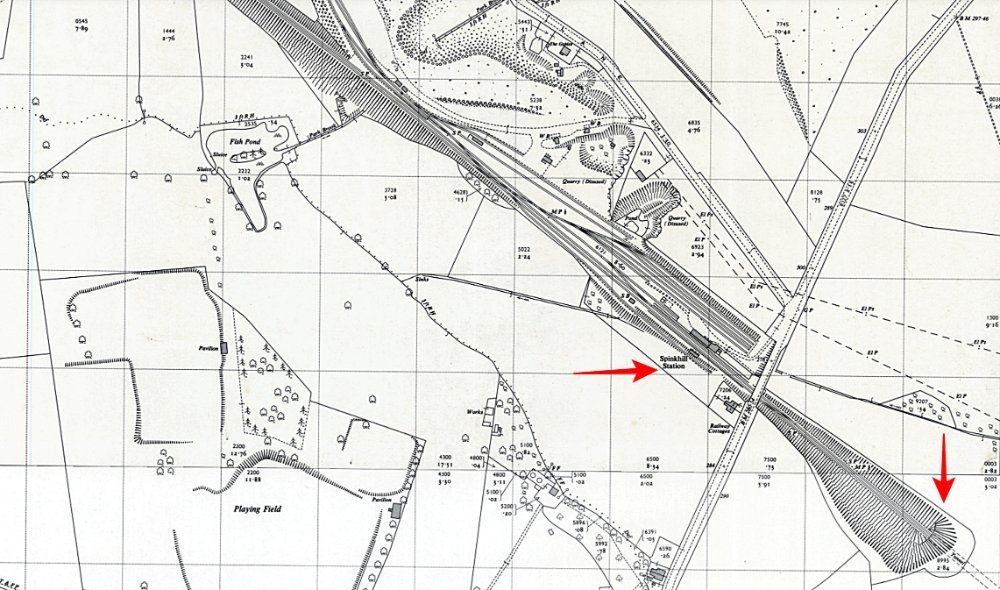
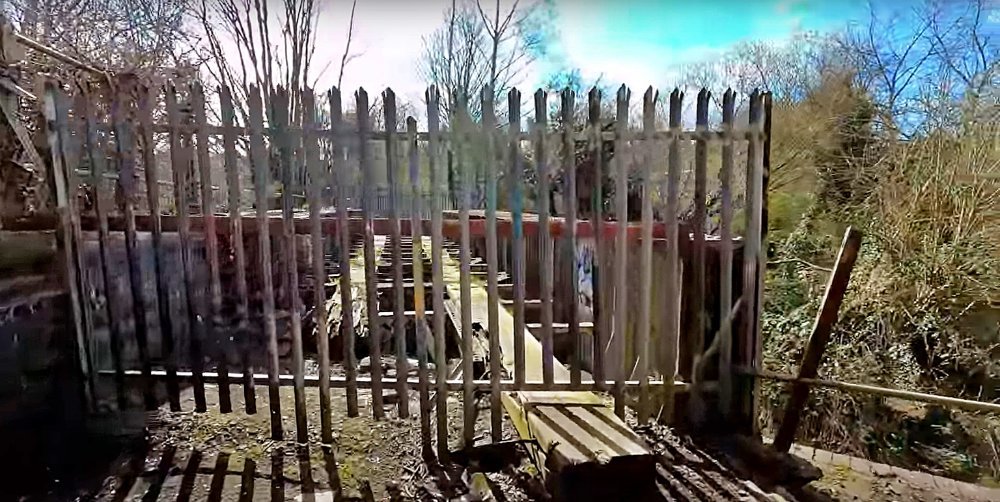
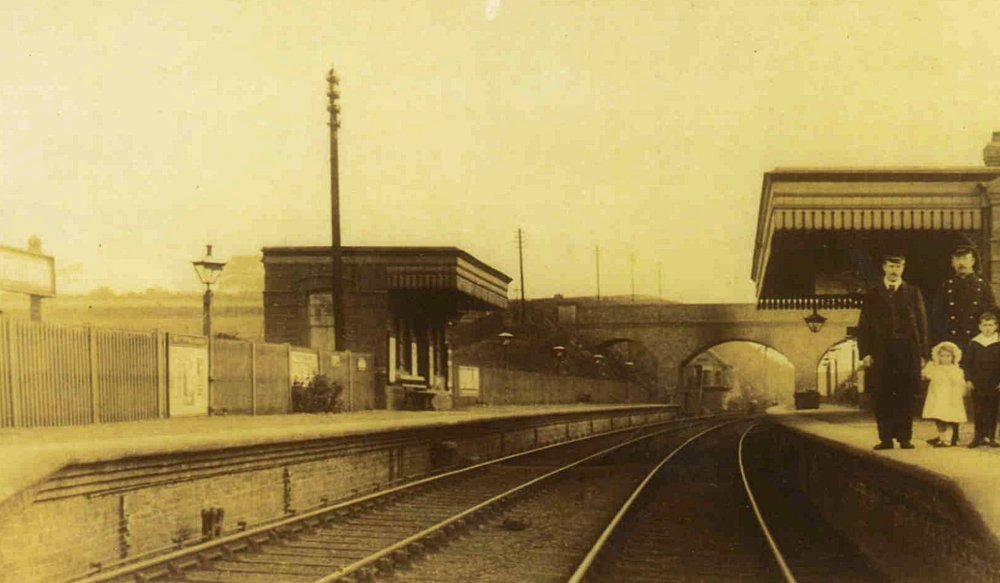
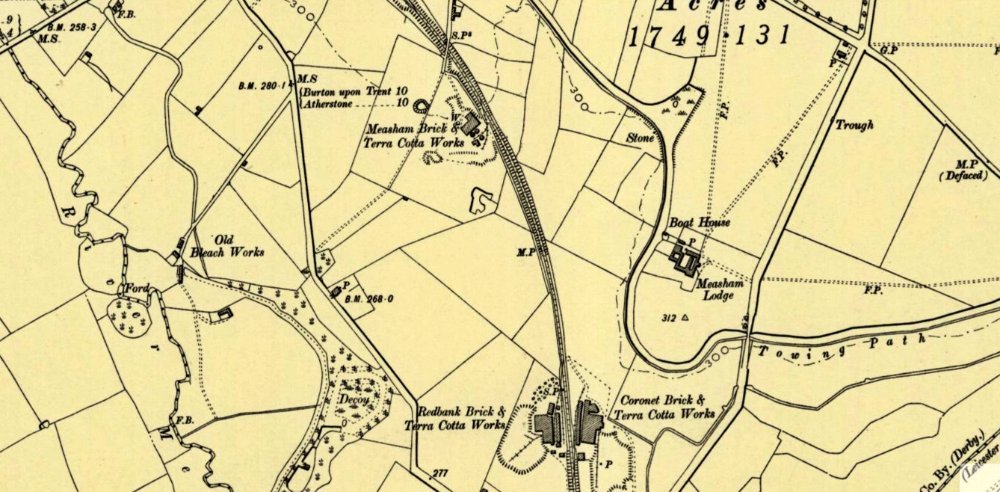
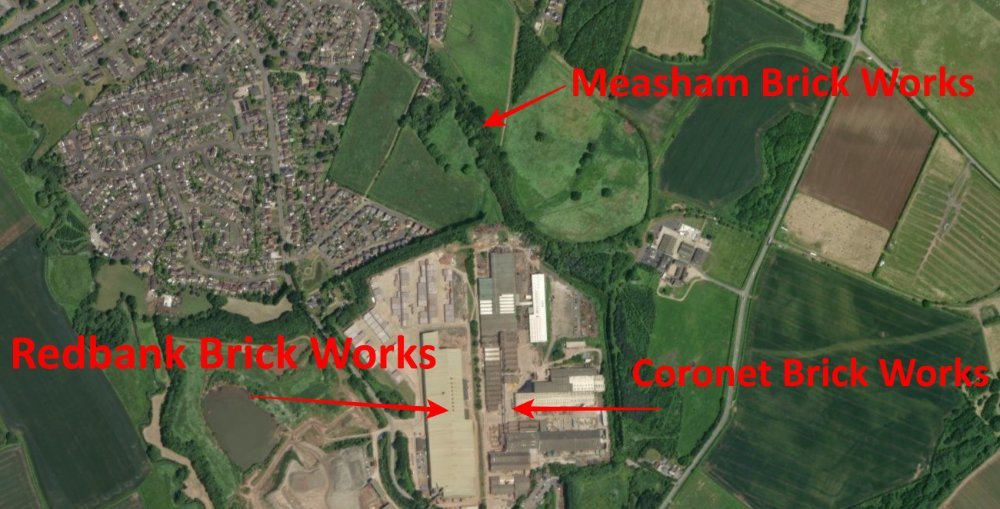
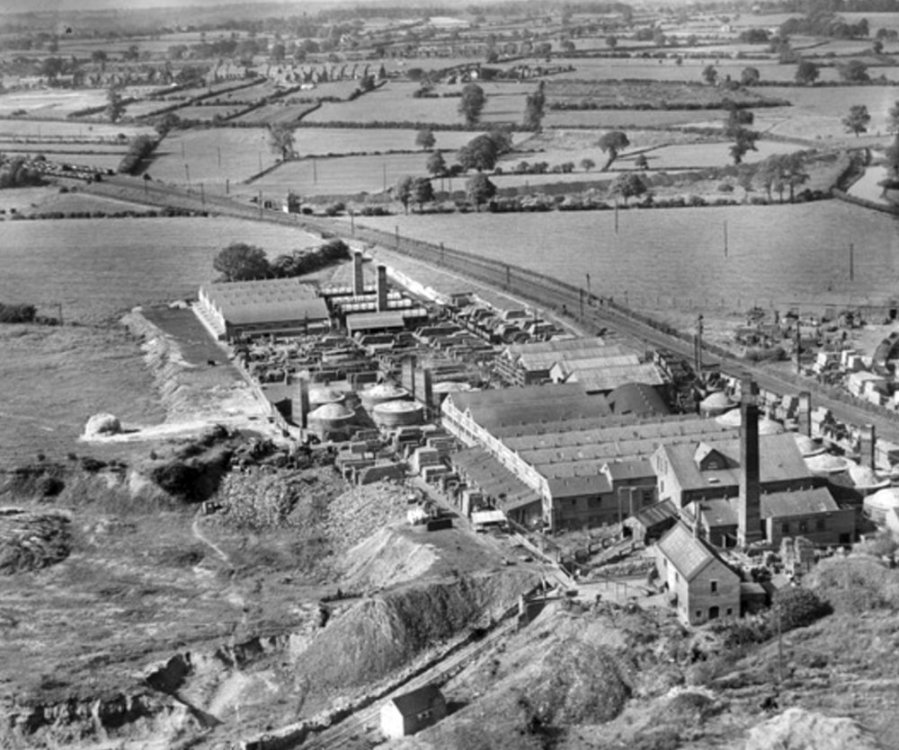
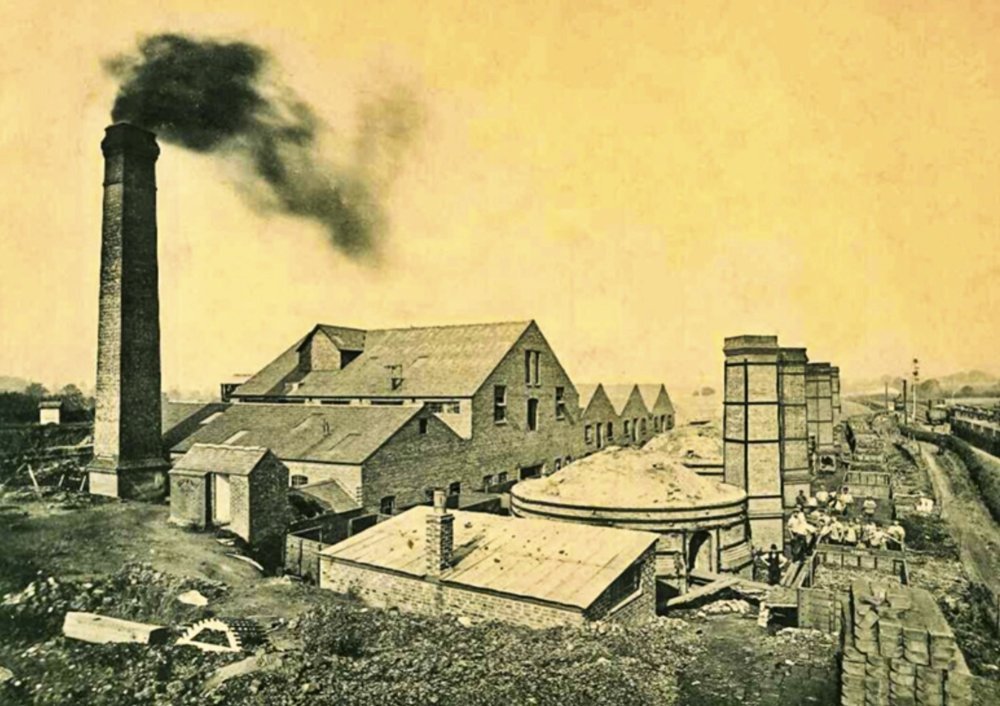
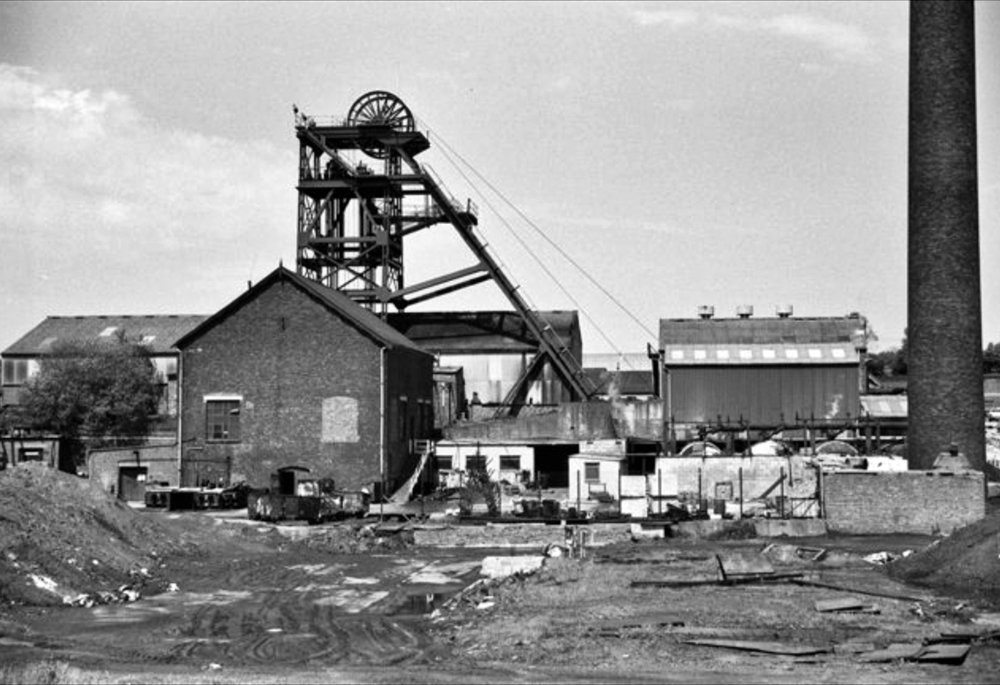
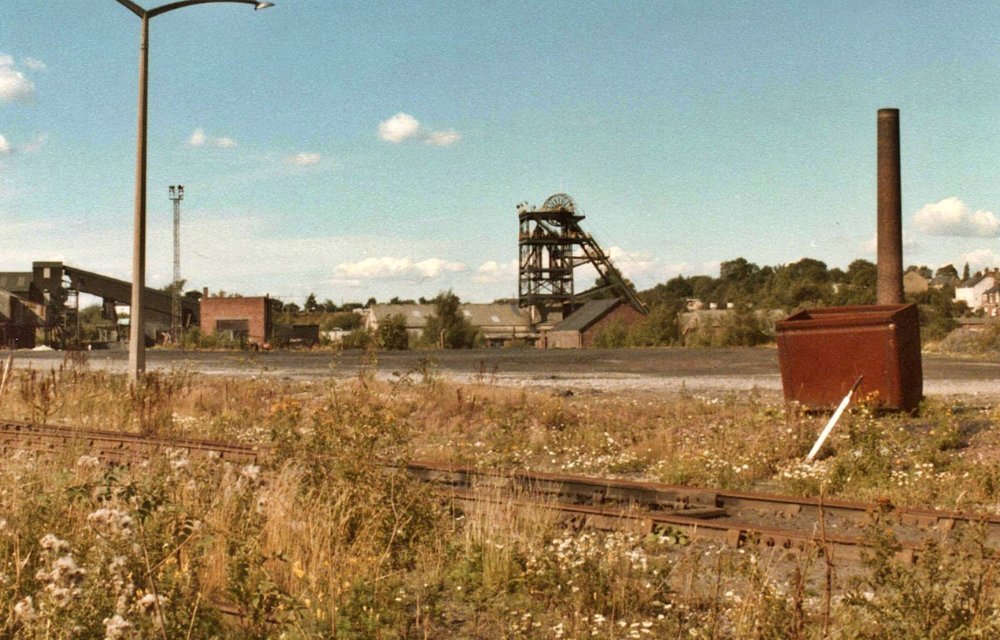
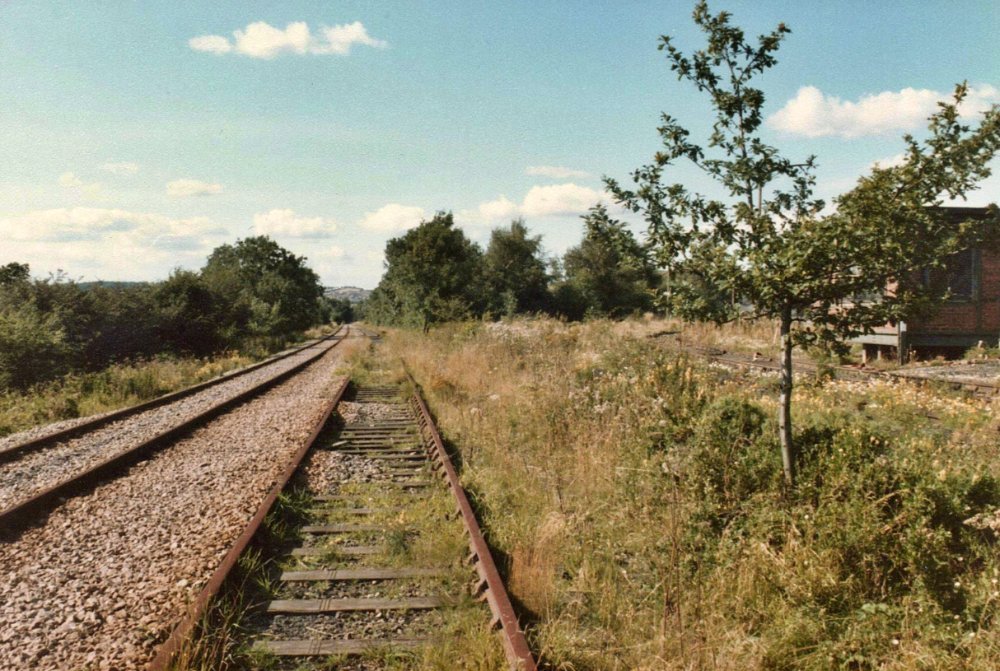
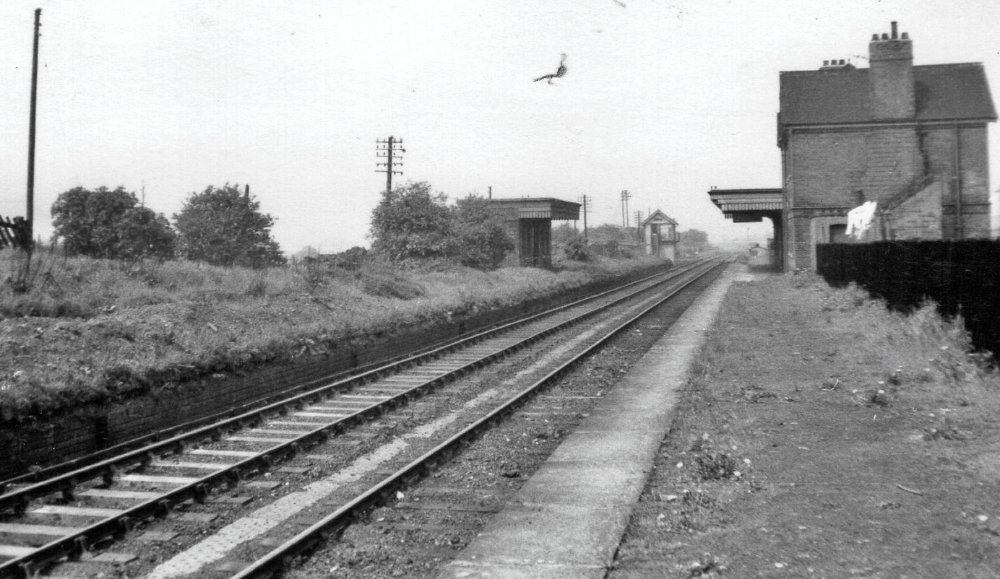
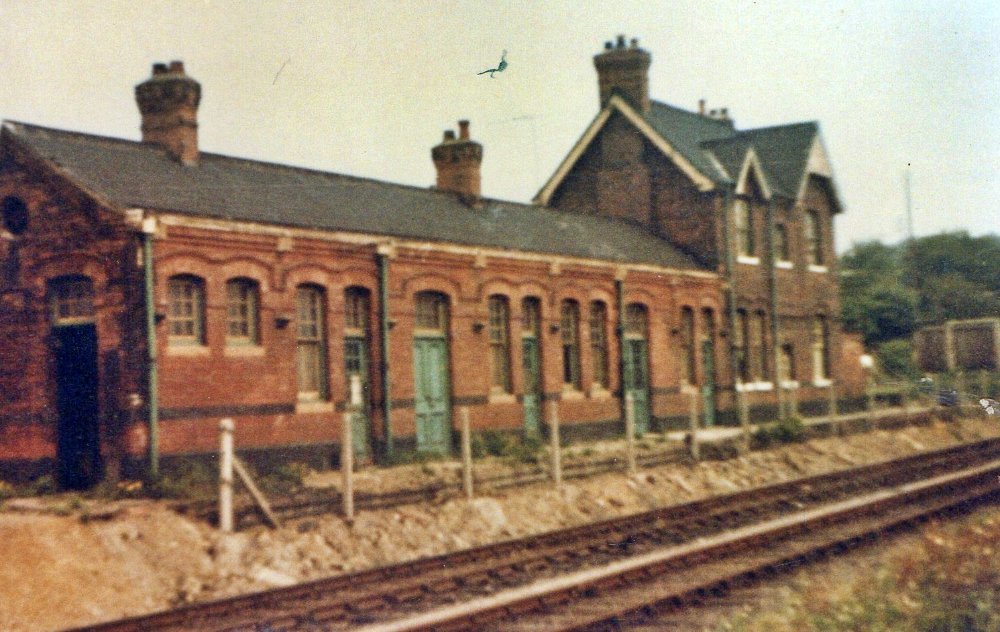
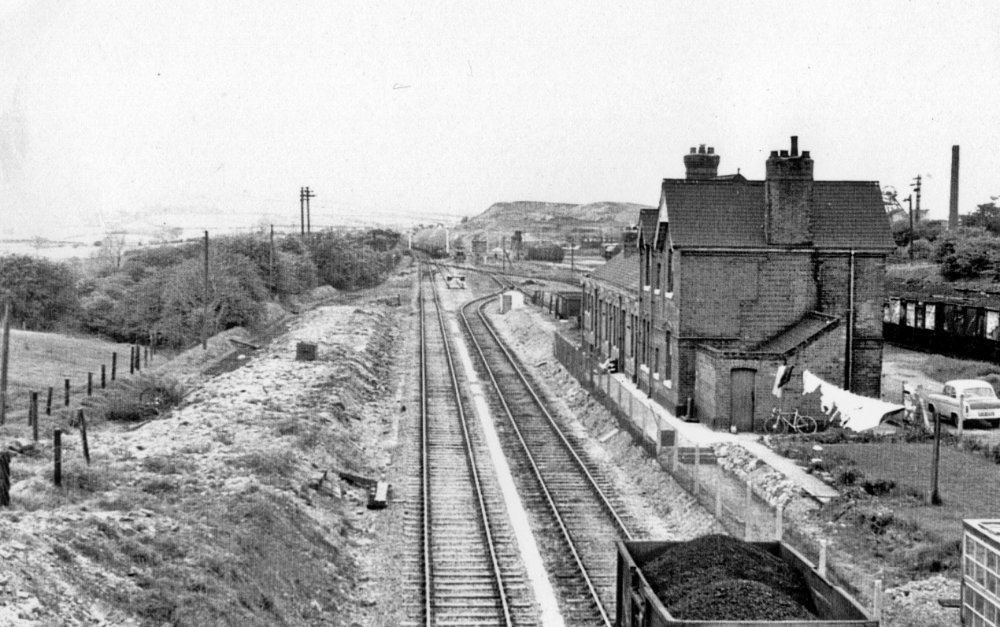
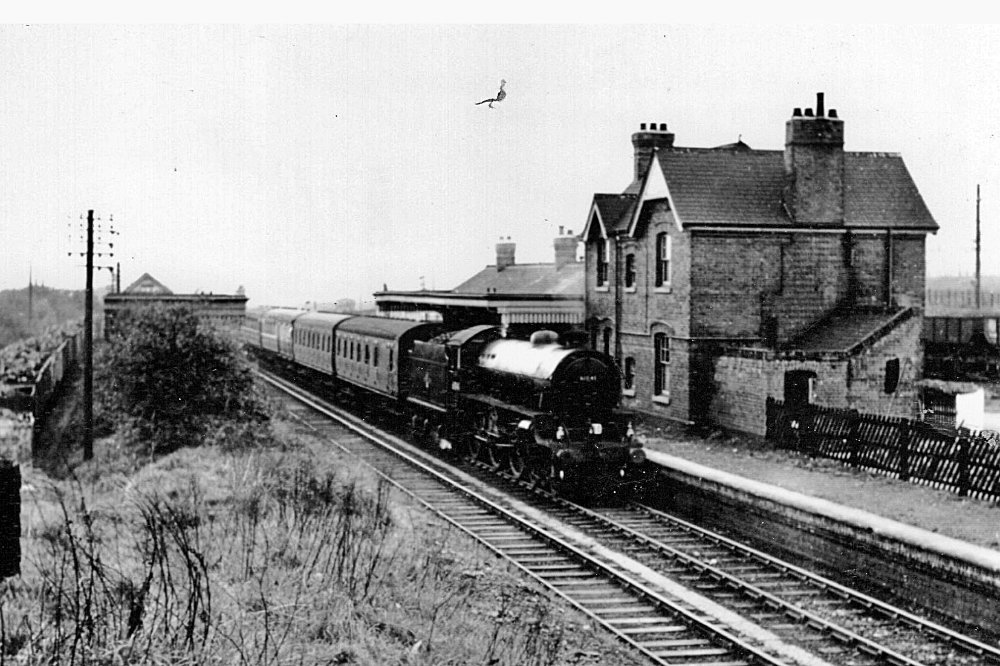
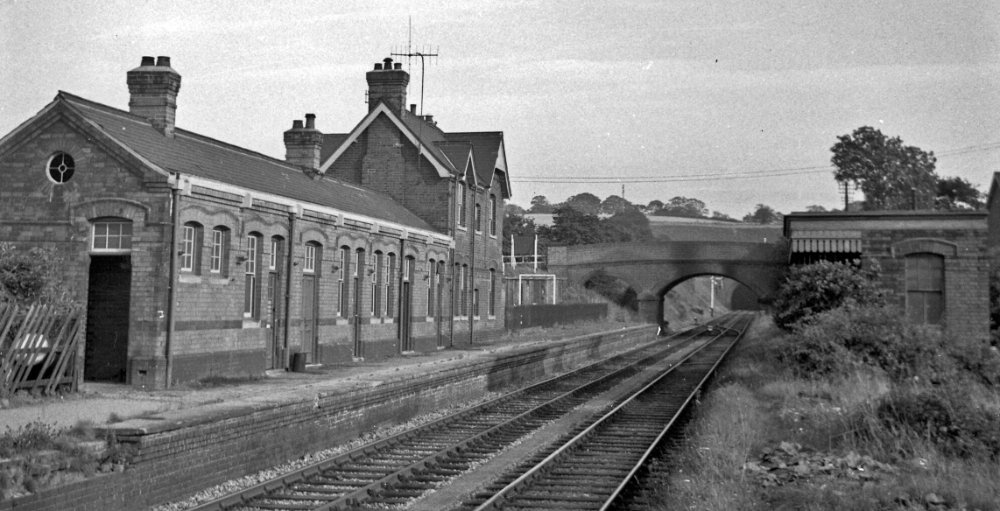
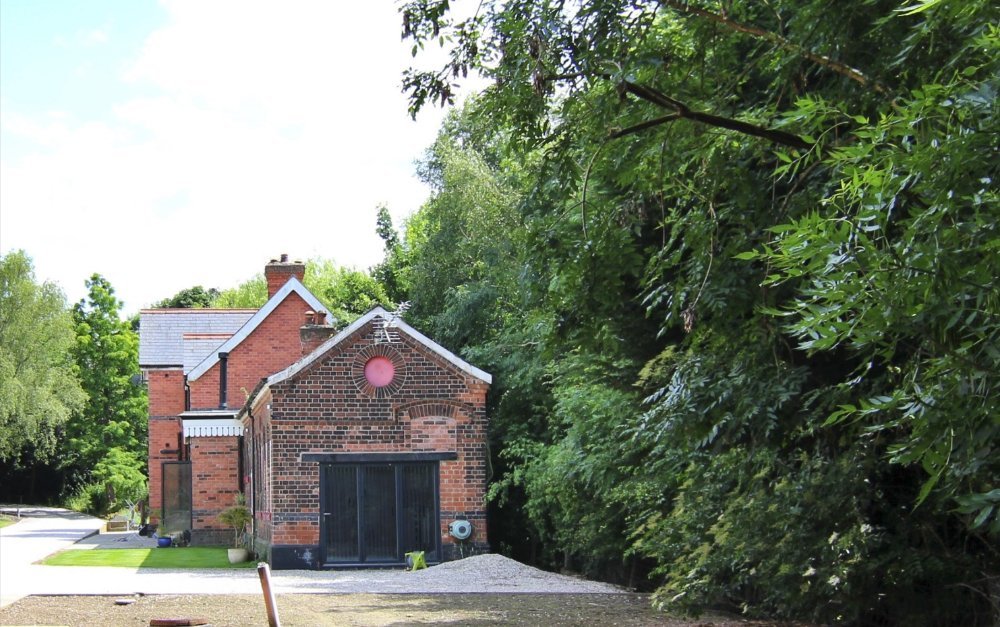
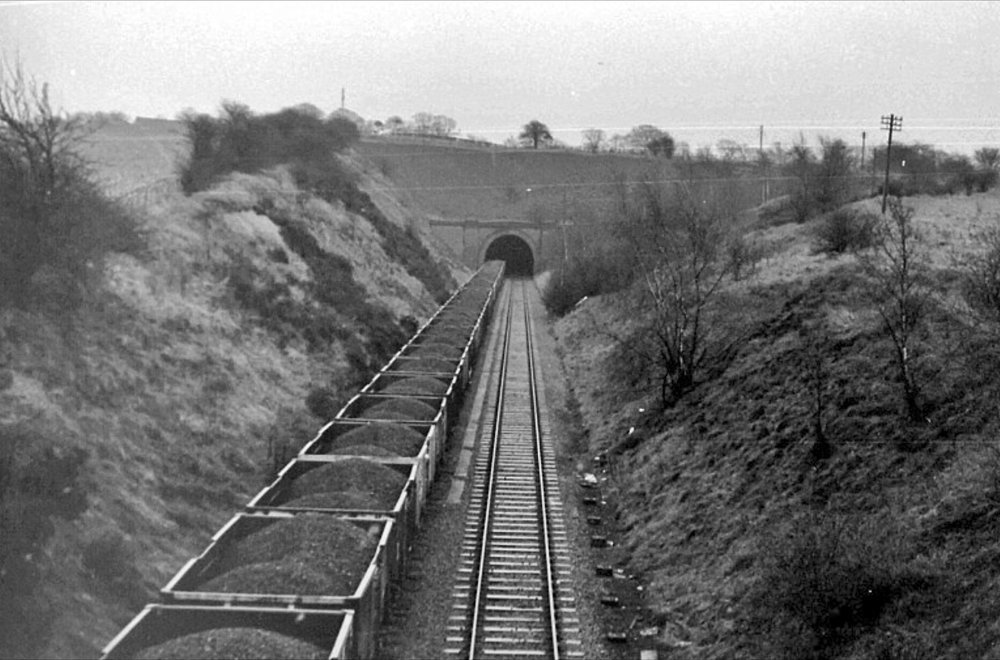
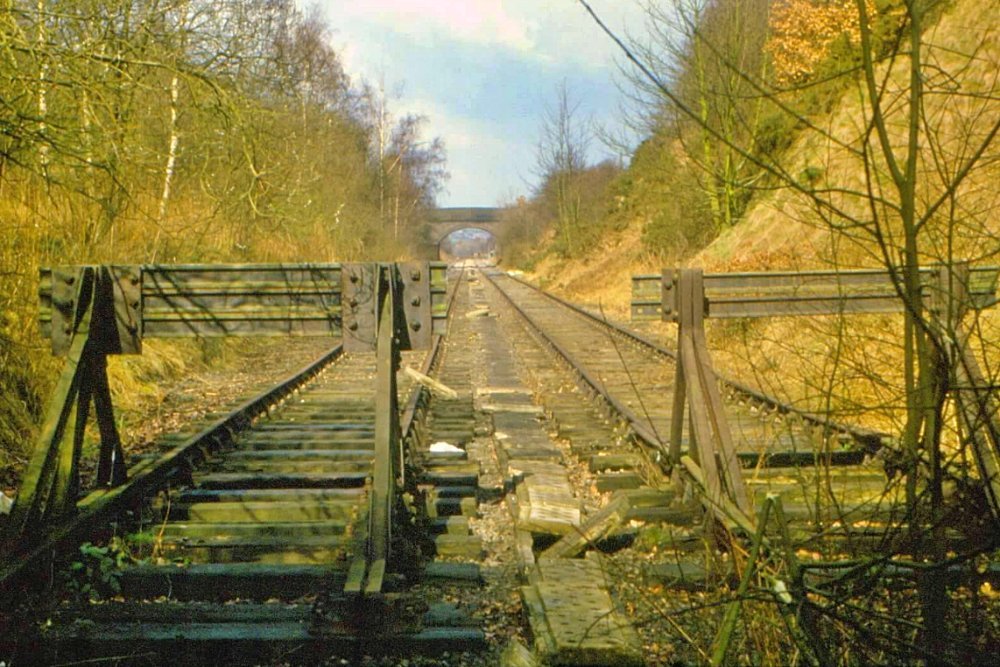
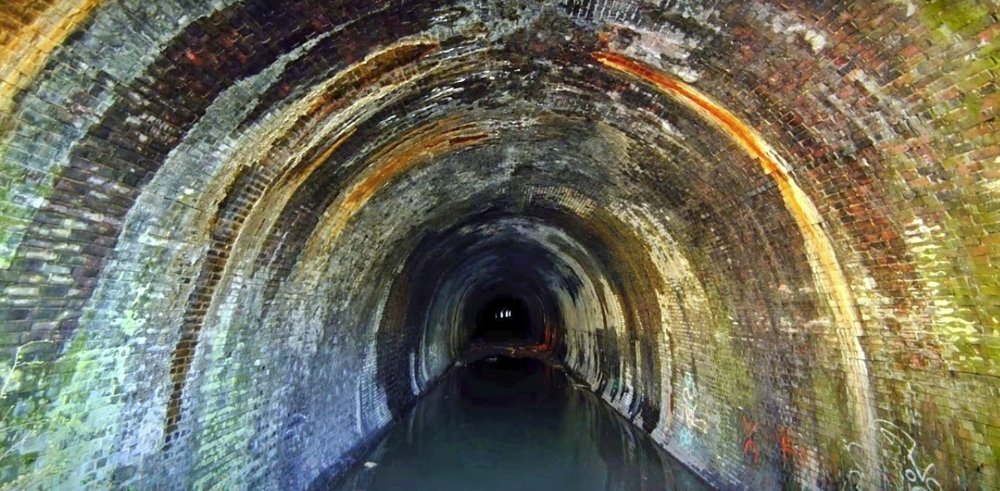
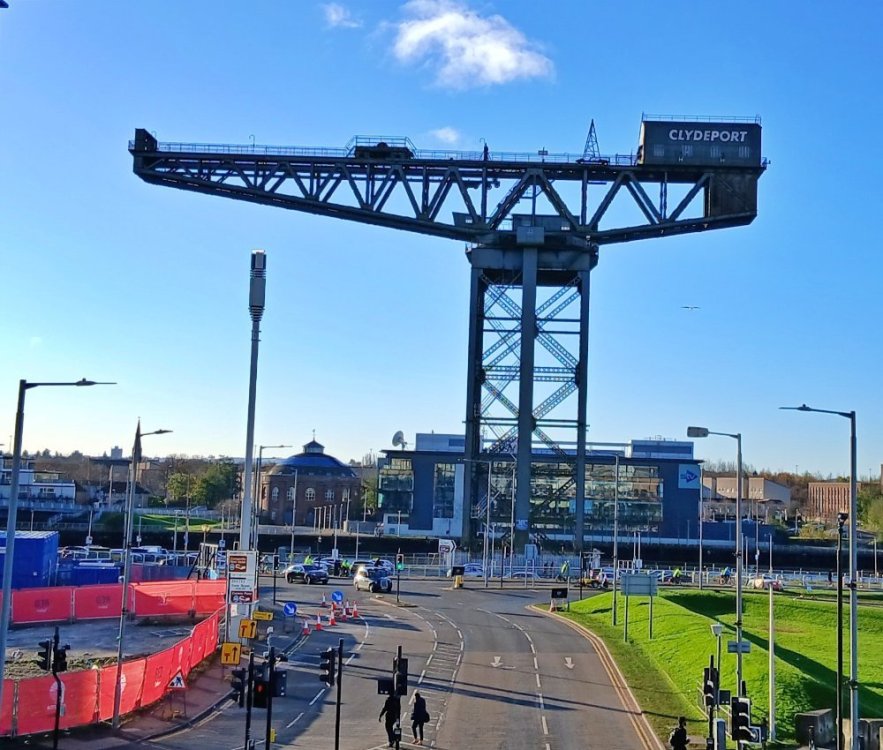
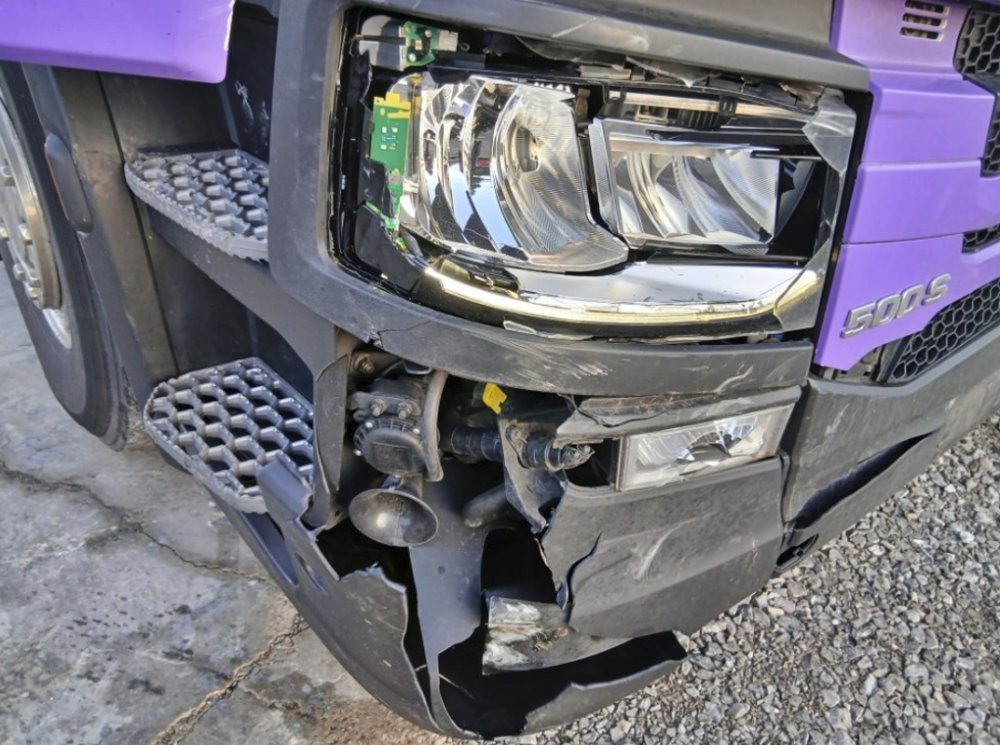
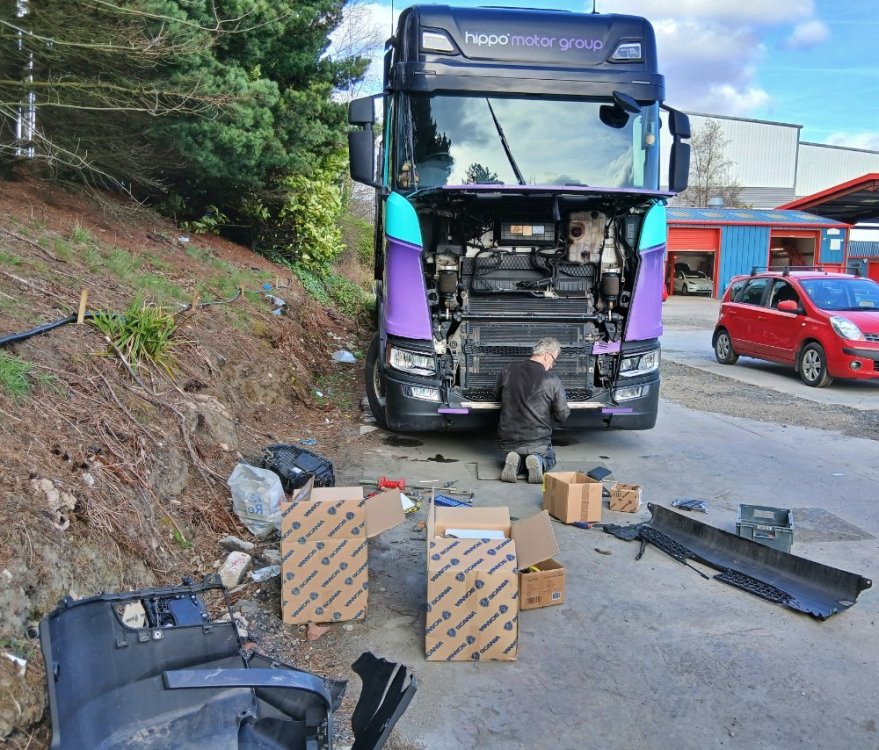
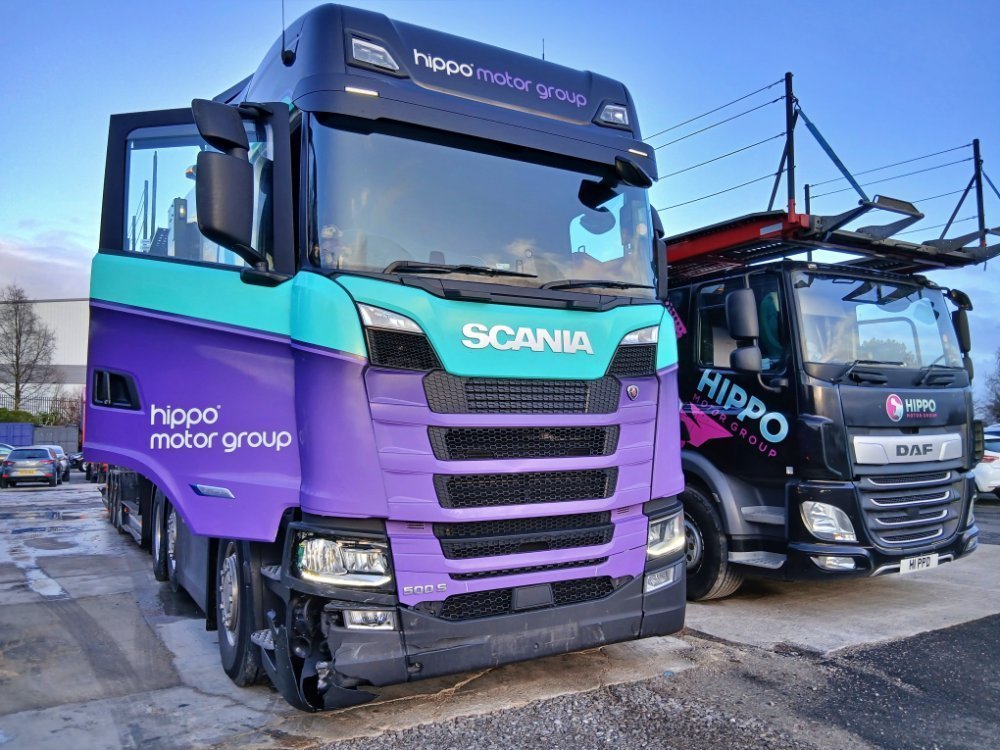
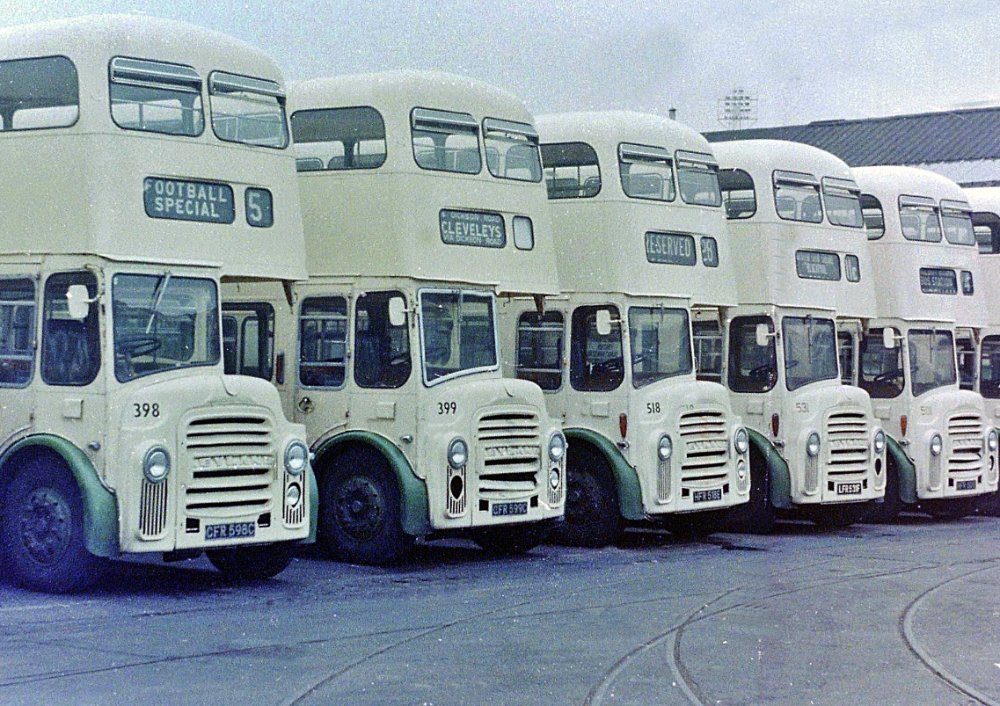
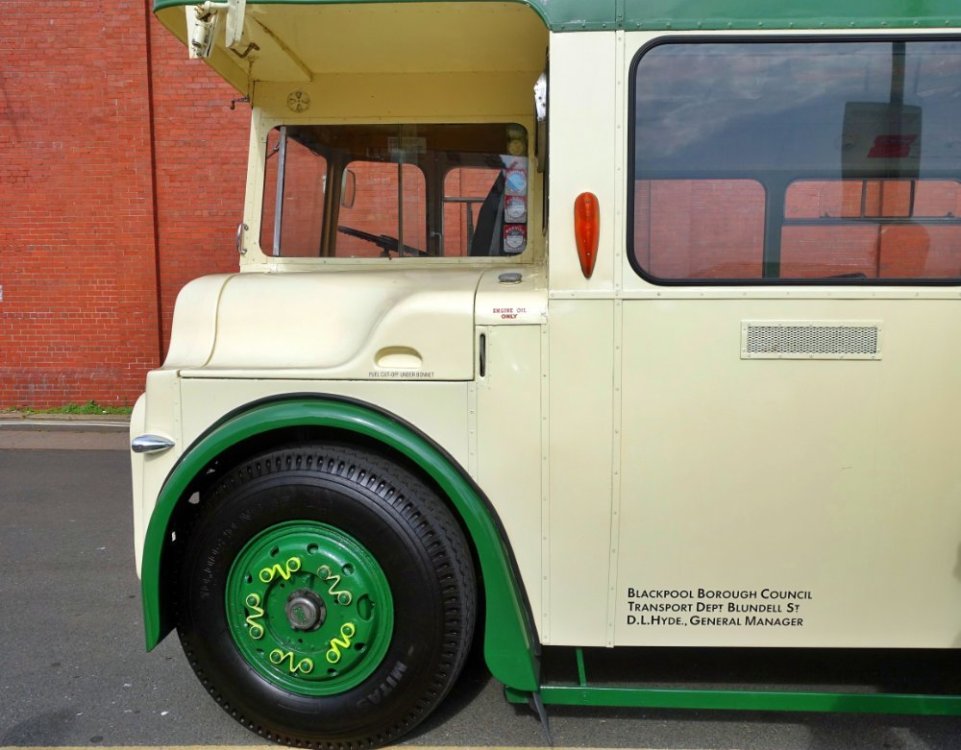
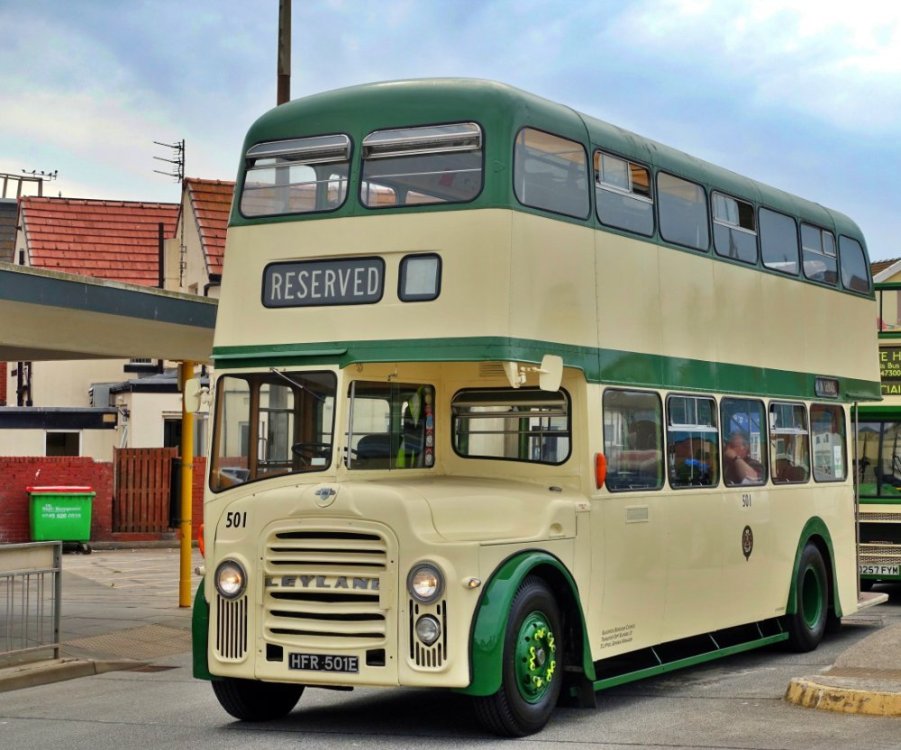
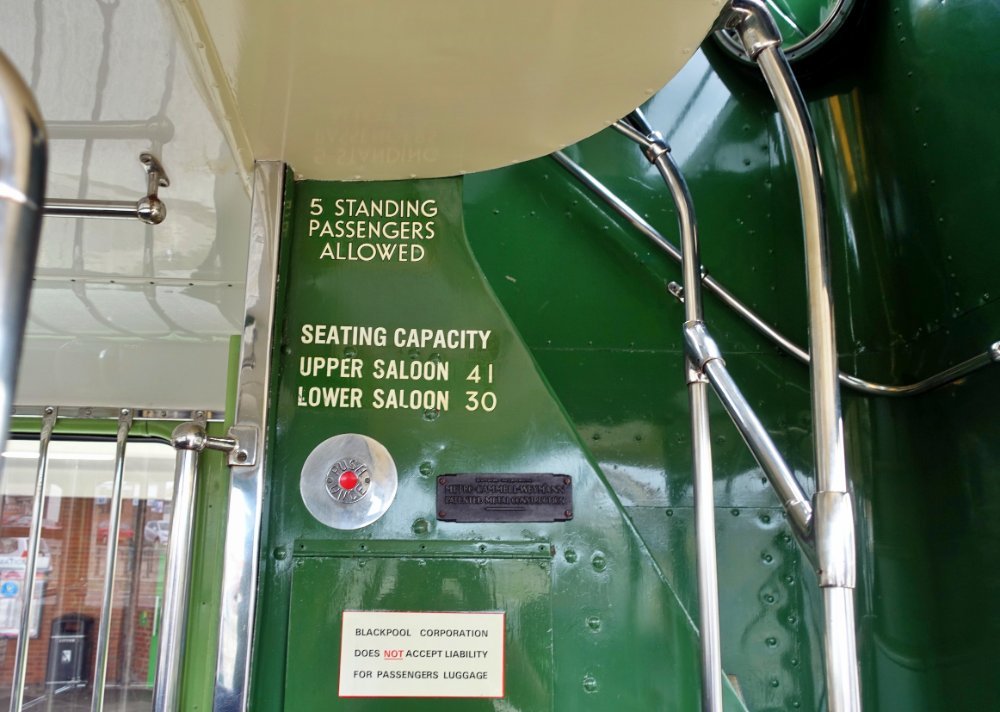
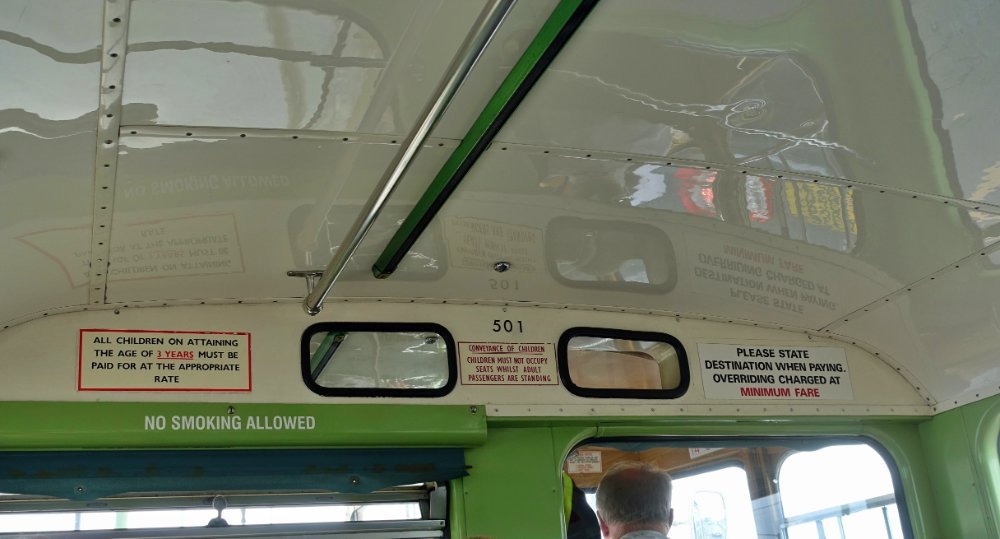
.thumb.jpg.89f1a6ca0d68b18c75cf953279870f1e.jpg)
